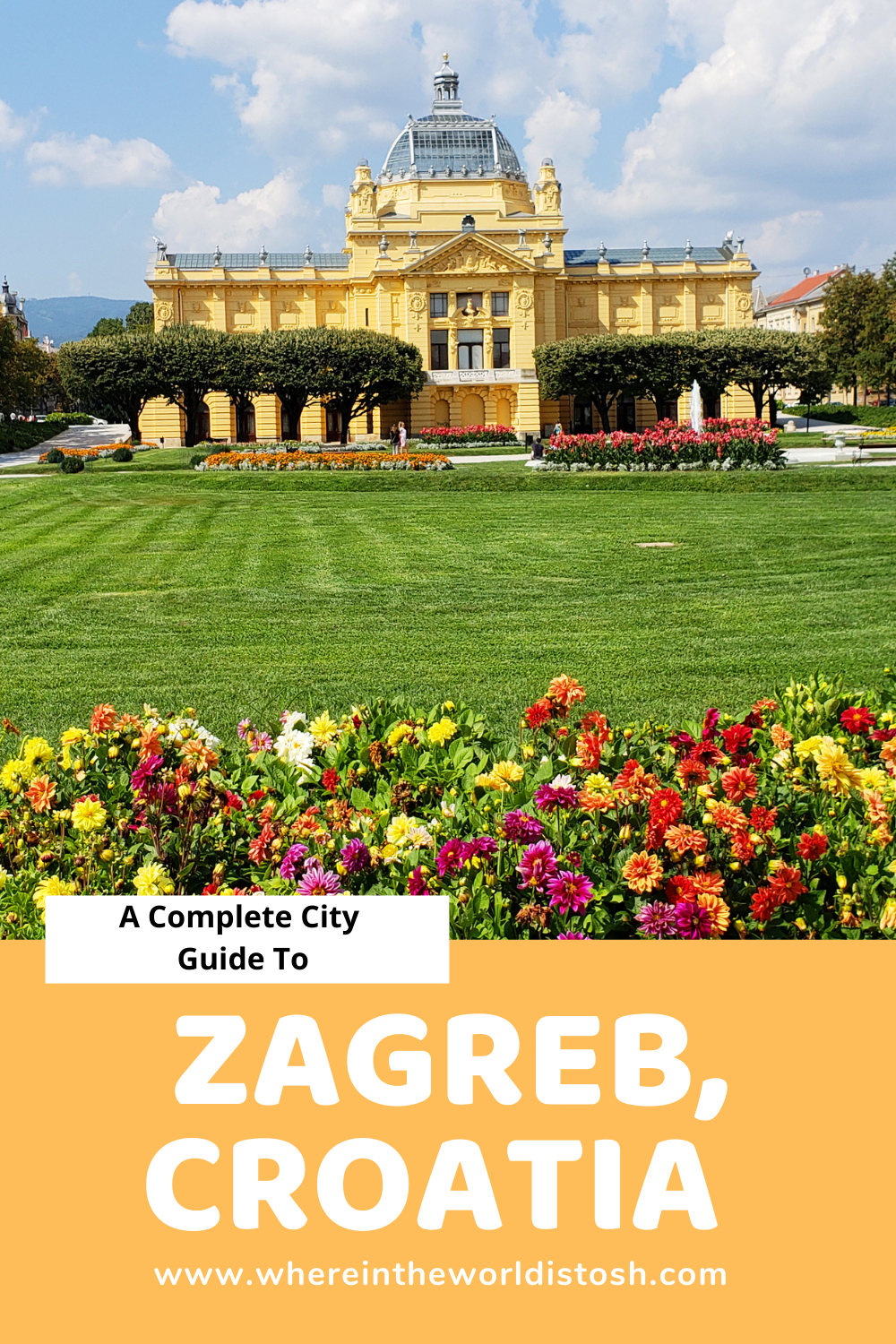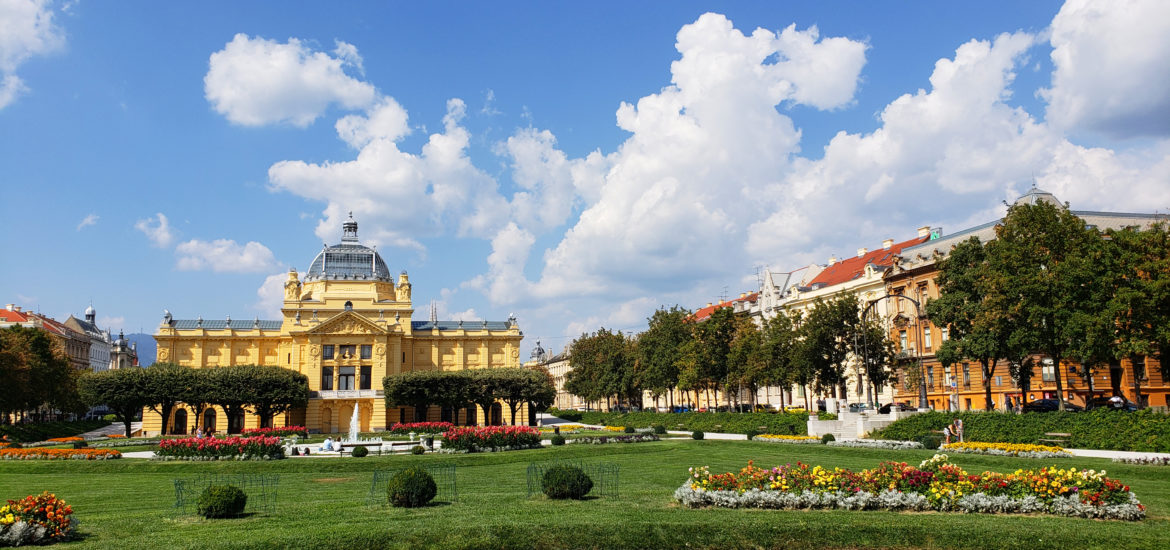This post contains affiliate links to products and or services. I may receive a small commission for purchases made through these links, but with no additional costs to you.
Croatia is best known to holiday makers for its pristine beaches, warm Adriatic weather, a gorgeous coastline and turquoise waters as far as the eye can see. All of this is true, yes, but what about spending a few days discovering its stunning capital city before heading down south?
I’m talking about Zagreb!
Zagreb is home to many theatres, museums, parks and cultural events; and this isn’t just because Zagreb is the capital of Croatia. Zagreb has only been dubbed the capital since 1991, so the city has always played a huge role in the economic, political and cultural scenes of Croatia, making it one of the most underrated capital cities in Europe in my opinion.
The city is divided into two sectors, both with different points of interest. Gornji Grad (Upper Town) is considered the Old Town and home to the more religious and historical buildings and Donji Grad (Lower Town) is the newer, more modern area that has most of the theatres, businesses and museums, making Zagreb a fantastic city to explore.
Read more: 2 Days In Šibenik – Croatia’s Magnificent Medieval Gem
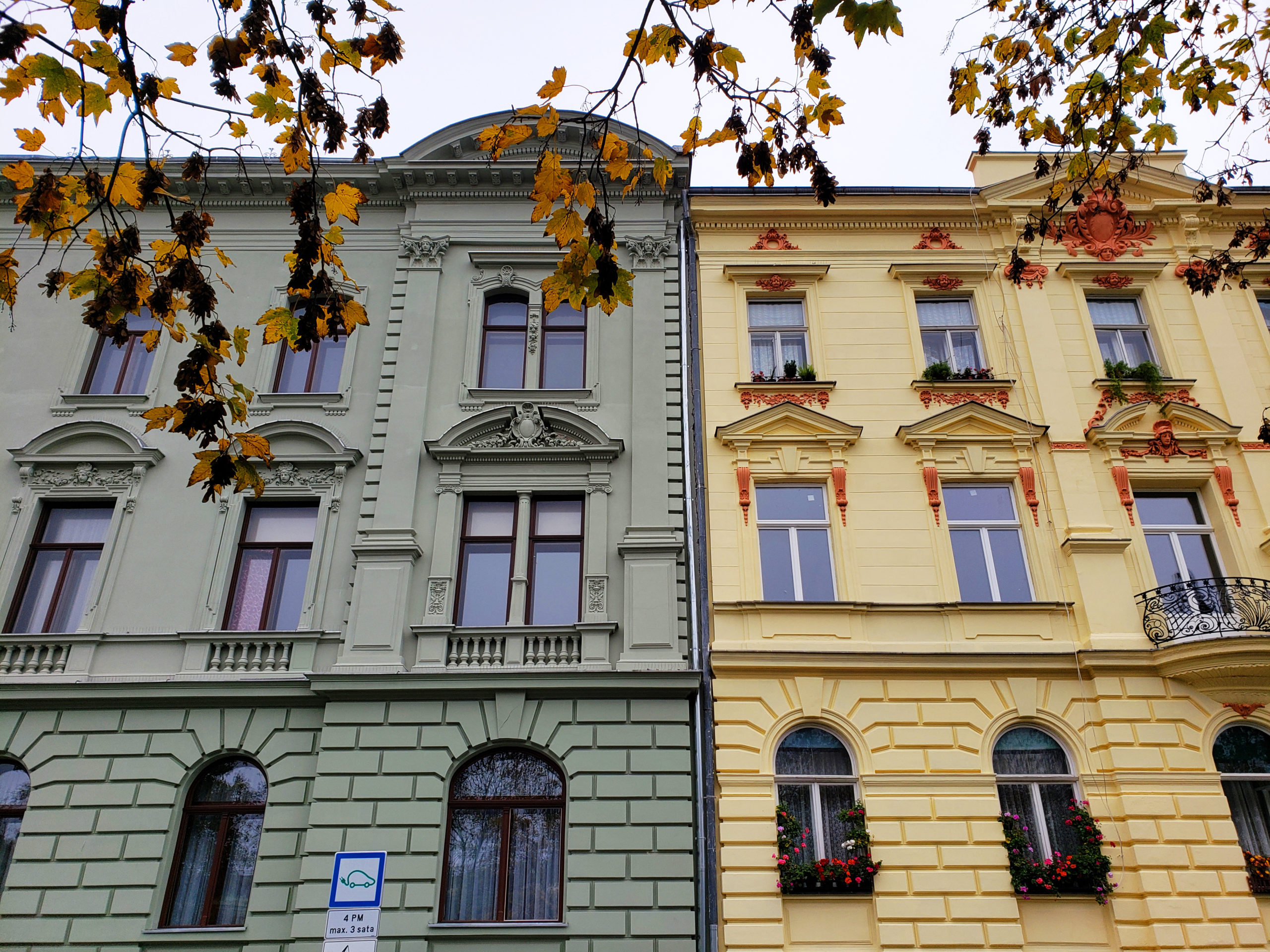
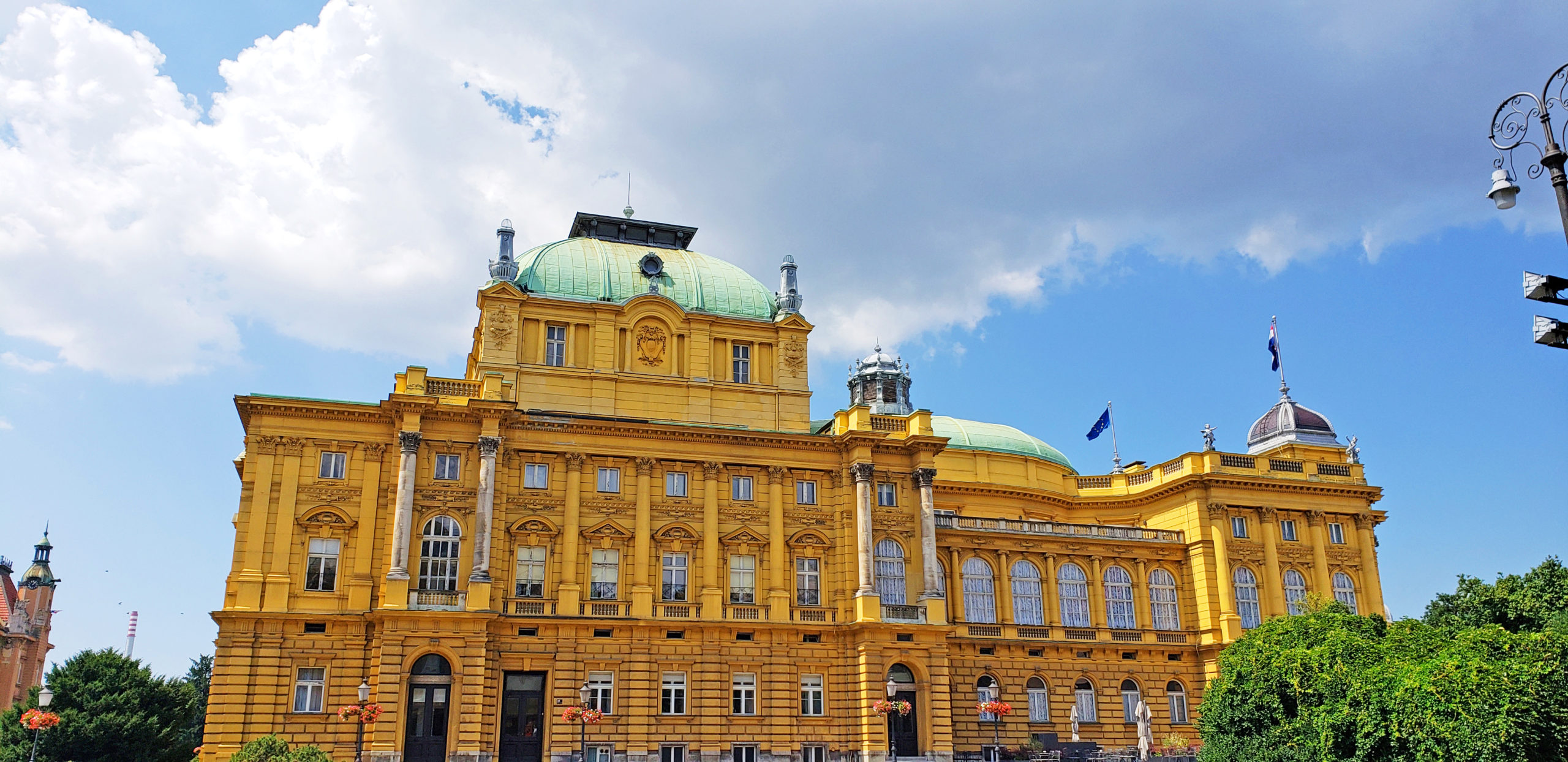
Zagreb has seen its fair share of political turmoil and tumultuous times during the Balkan War in the 90’s and some areas and buildings still show the scars of the past, but the people are progressing quickly and turning Zagreb into a hip and must see city on any European itinerary.
If you’re ever planning on going to Croatia, it’d be a mistake not visiting Zagreb for a couple of days. A city this beautiful and full of interesting sites deserves WAY more attention. On that note, here is my complete city guide to Zagreb.
Read more: A Complete City Guide To Zadar, Croatia
Read more: How to Create the Perfect Travel Itinerary
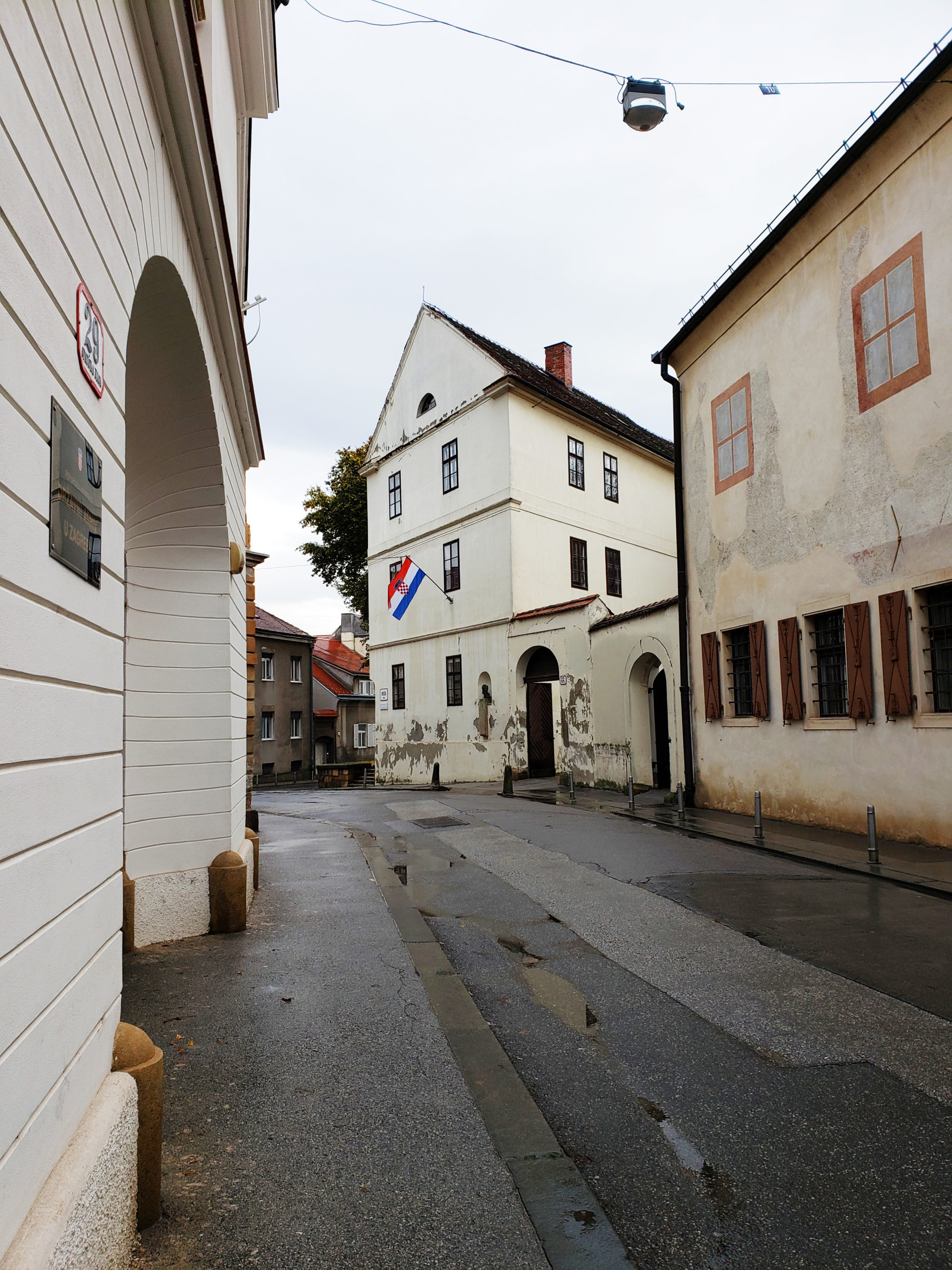
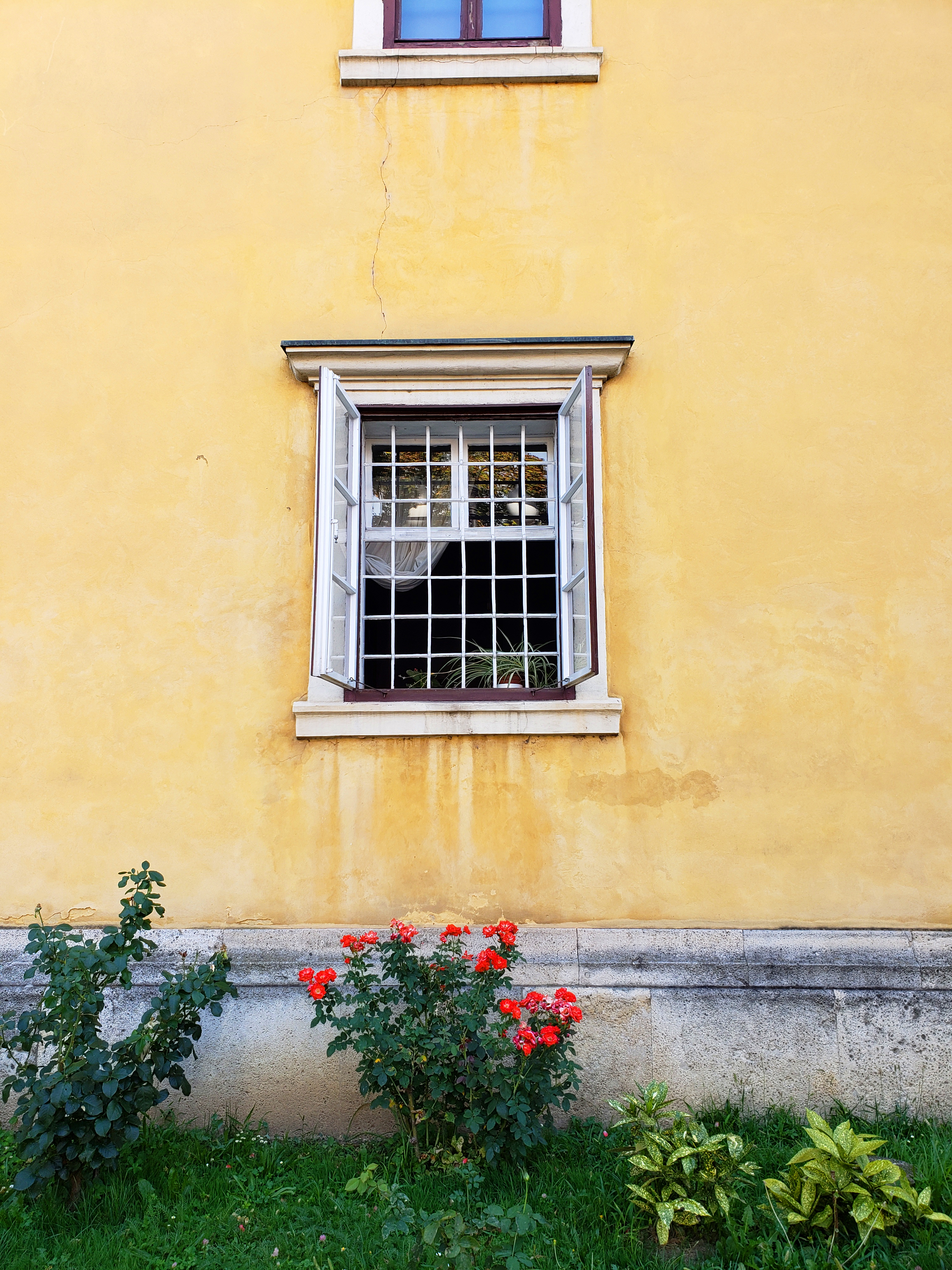
Zagreb Cathedral (Zagrebačka Katedrala)
Undoubtedly the most famous and tallest site in Zagreb, the Zagreb Cathedral, or formally known as the Cathedral of the Assumption of the Blessed Virgin Mary (phew, that’s a mouth full) can be seen from most areas of the city. The original church dates back to 1094 and suffered damage during an attack by the Mongols in 1242, but was later rebuilt then suffered damage during an earthquake in 1880. The church has undergone many repairs over the years, but was fixed after the quake to the Neo-Gothic style of today. The elaborately designed twin spires and the ornate doorway of the church are some of the prettiest details I’ve ever seen. Updated note: Due to the heavy earthquake in 2020, the Cathedral is currently undergoing extensive repairs and may not be accessible now until further notice.
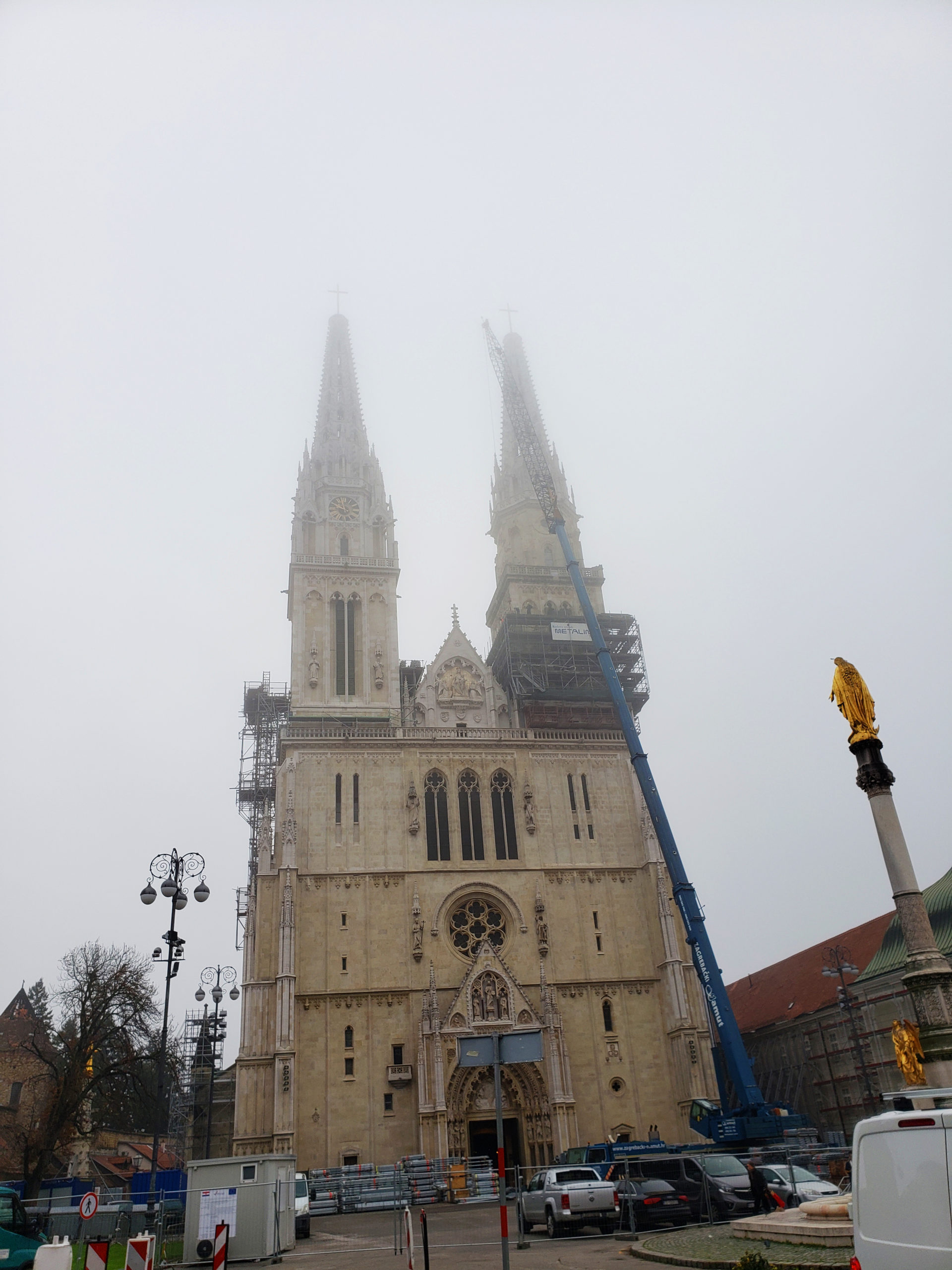
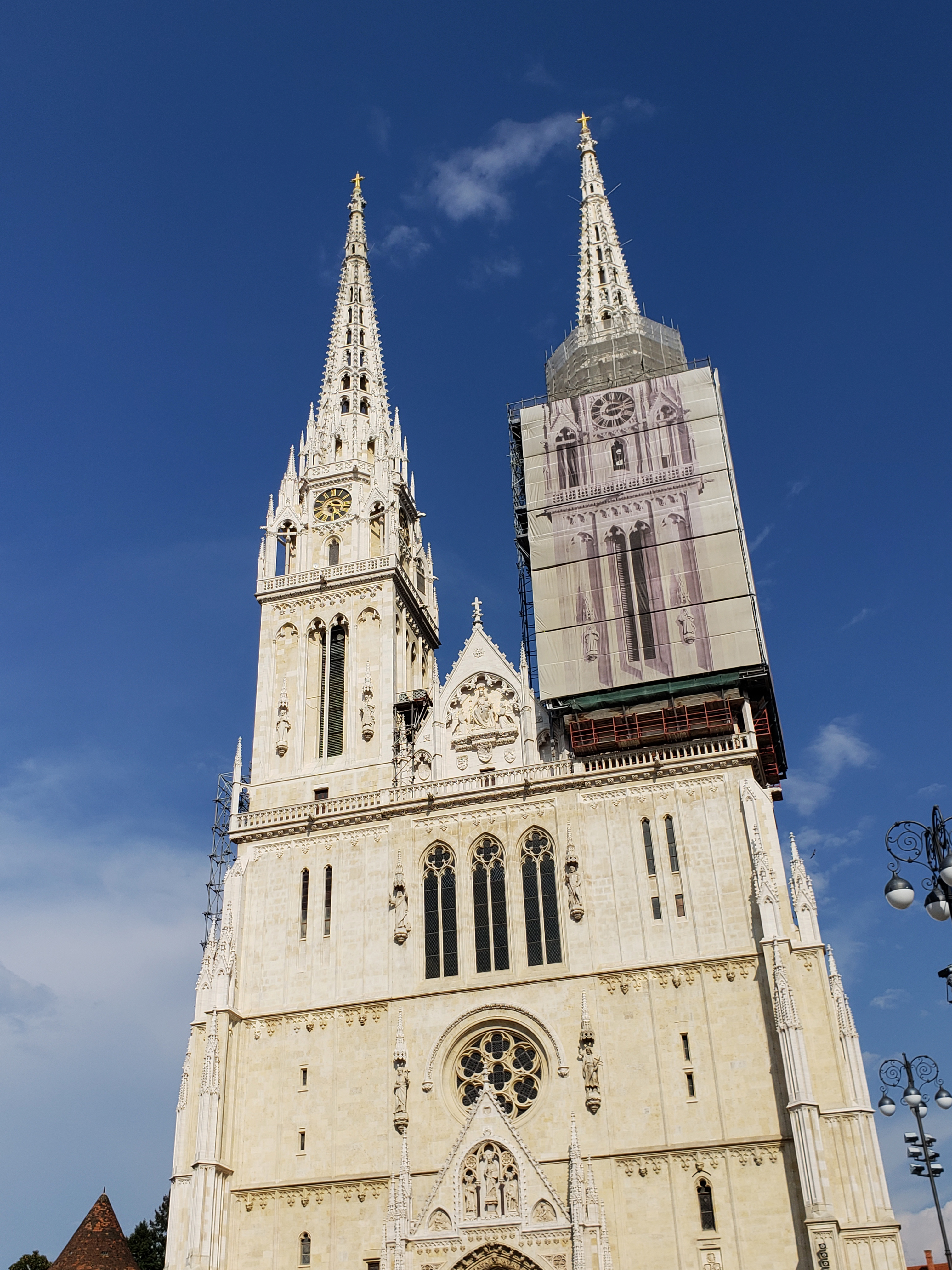
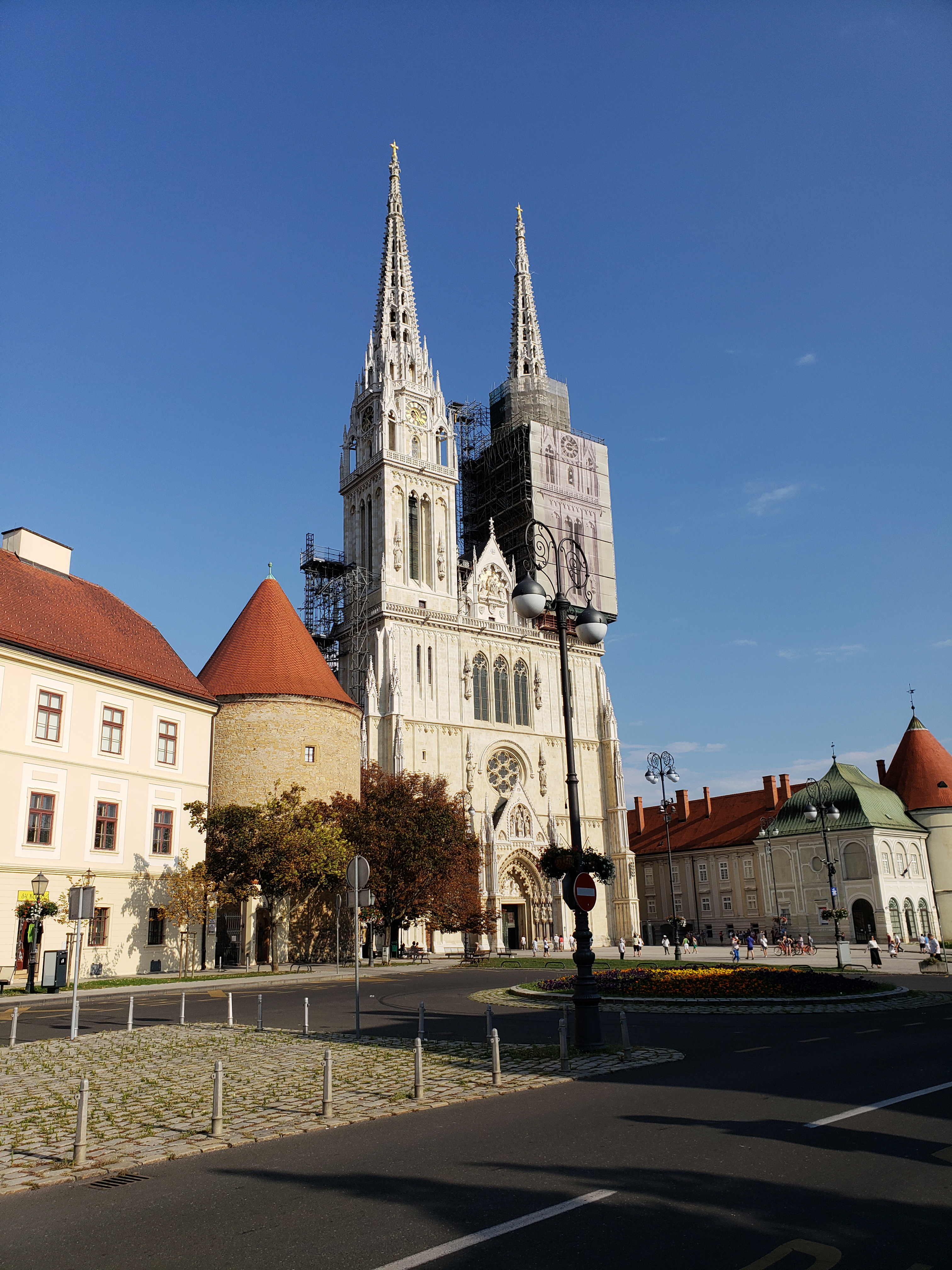
Gornji Grad (Upper Town)
The area of Zagreb known as Gornji Grad (Upper Town), is the most historically dense area of the city. The old cobblestone streets and medieval buildings make it feel as though you are walking back in time. Many of the buildings in Gornji Grad were also restored, rebuilt and repaired due to the 1880 earthquake that hit Zagreb. This was by far my favourite area to wander around in during my visit and since the majority of Gornji Grad is pedestrianized, the streets are quiet and perfect for a leisurely stroll.
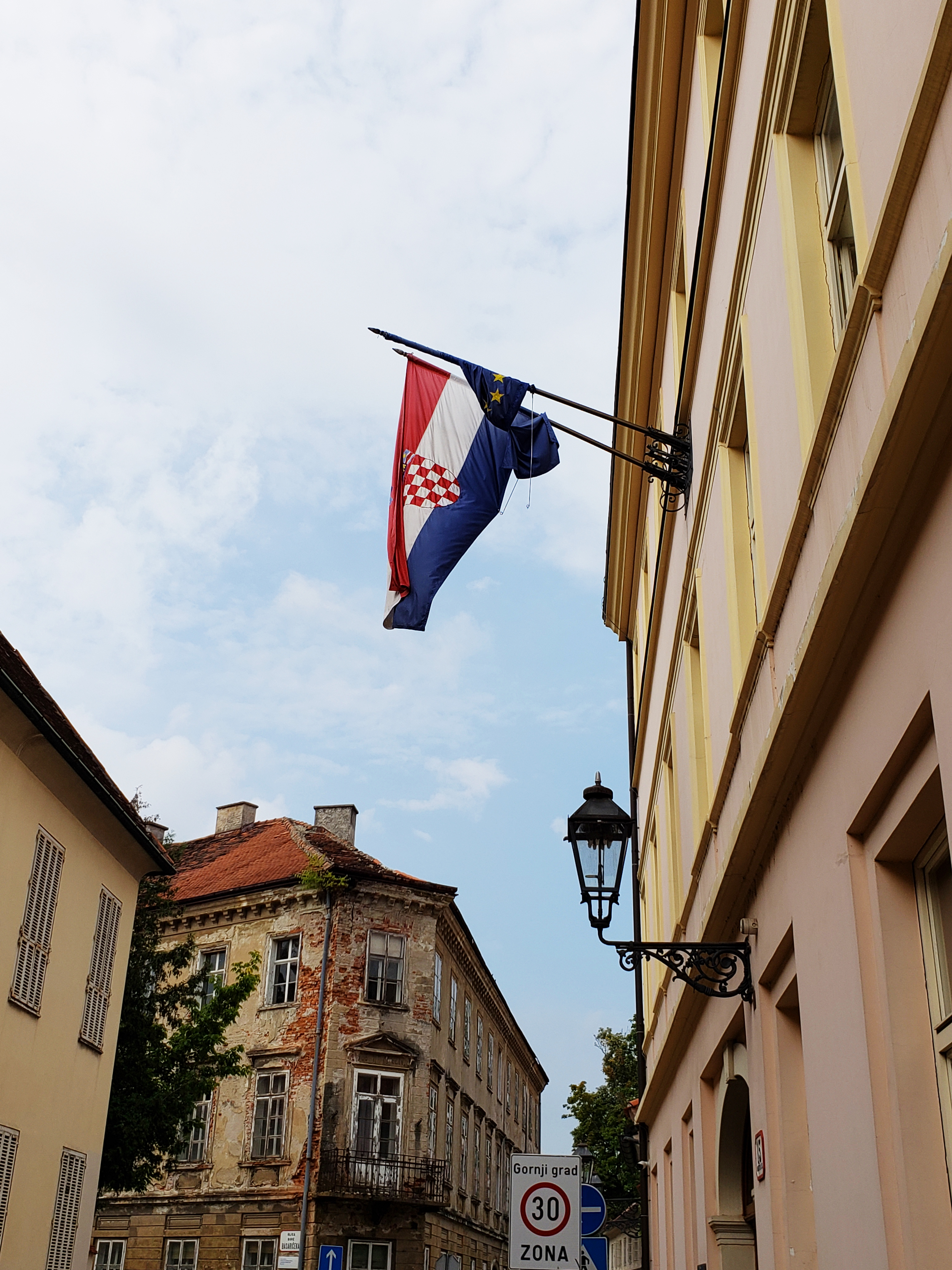
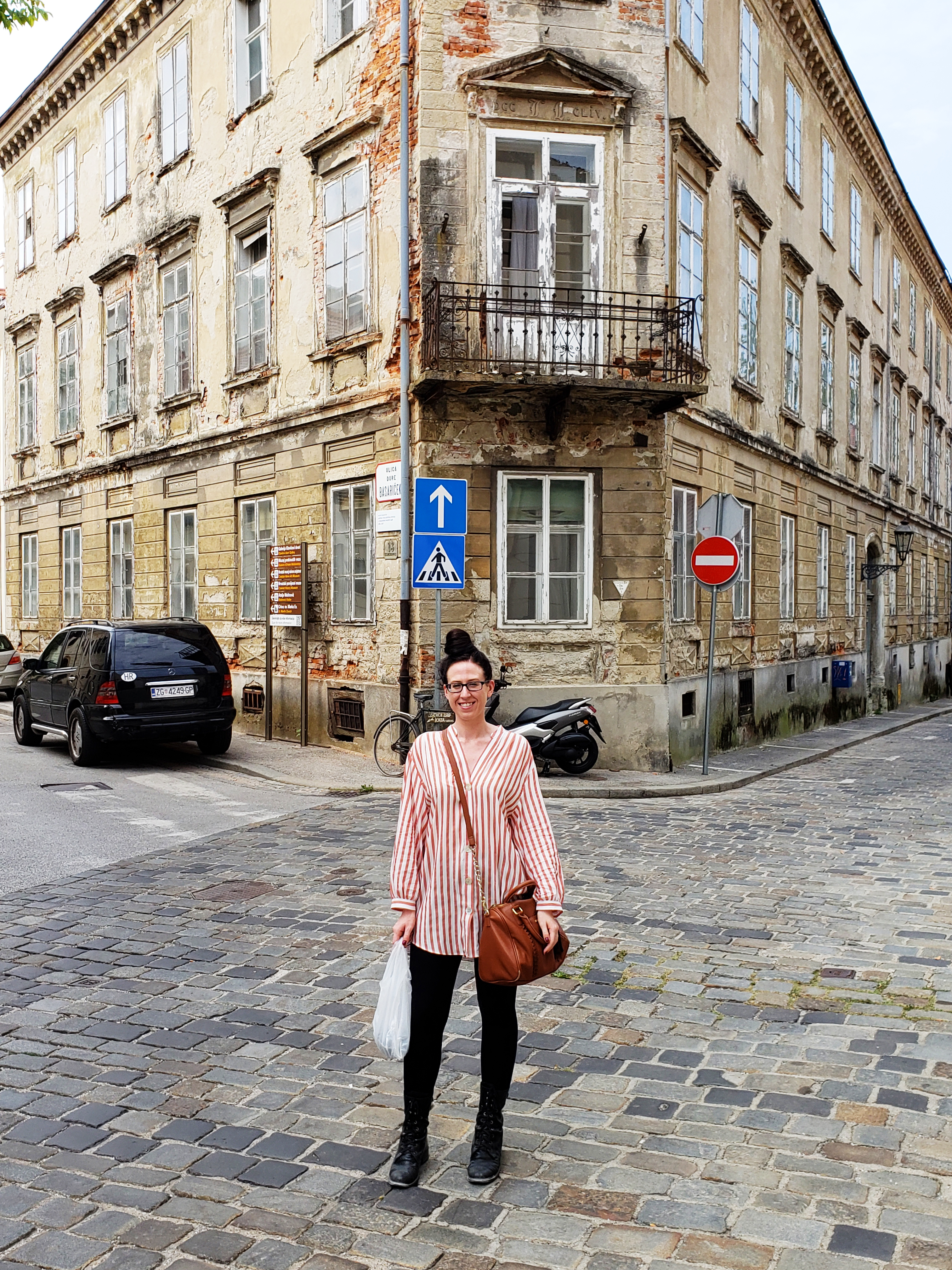
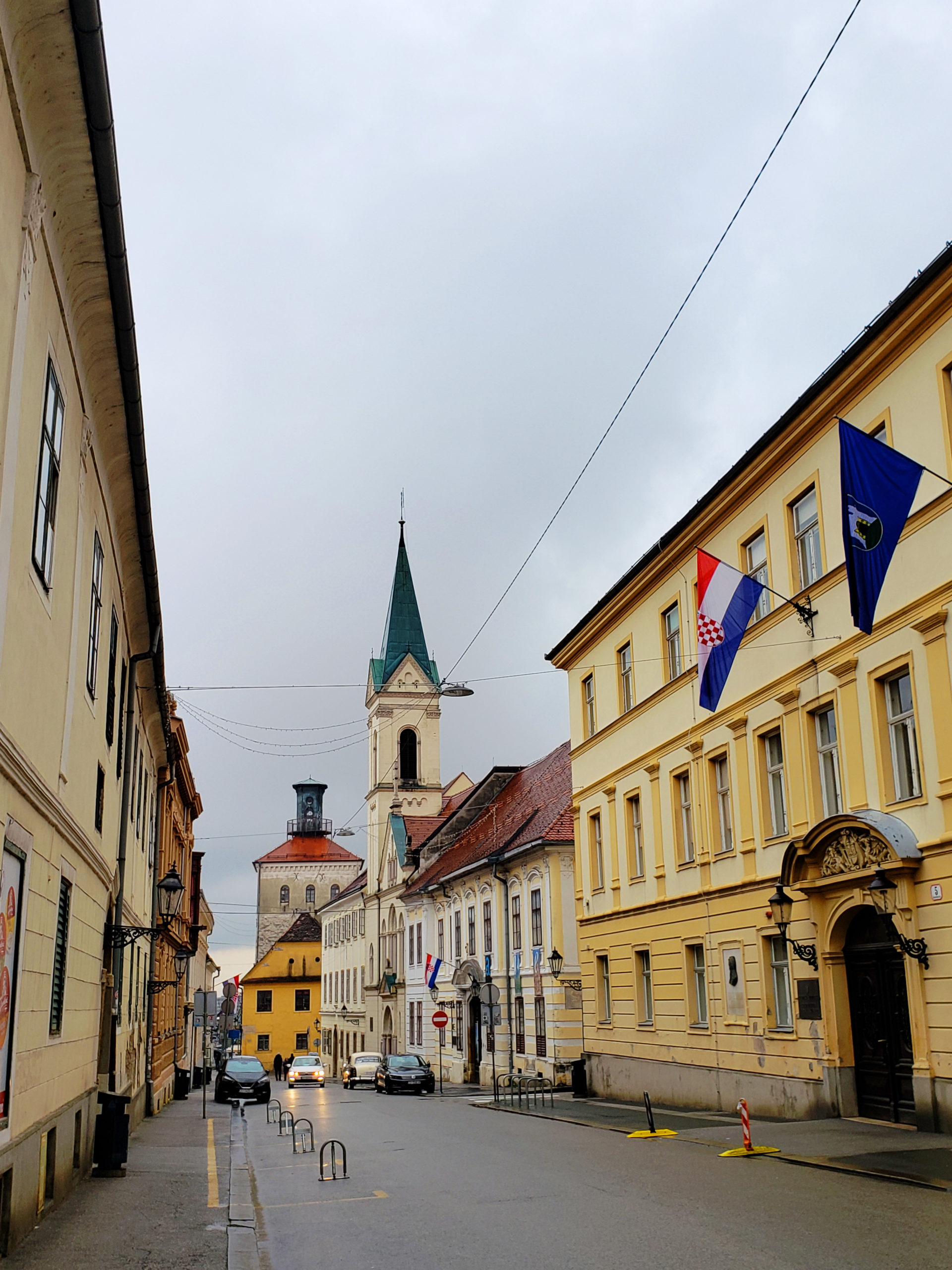
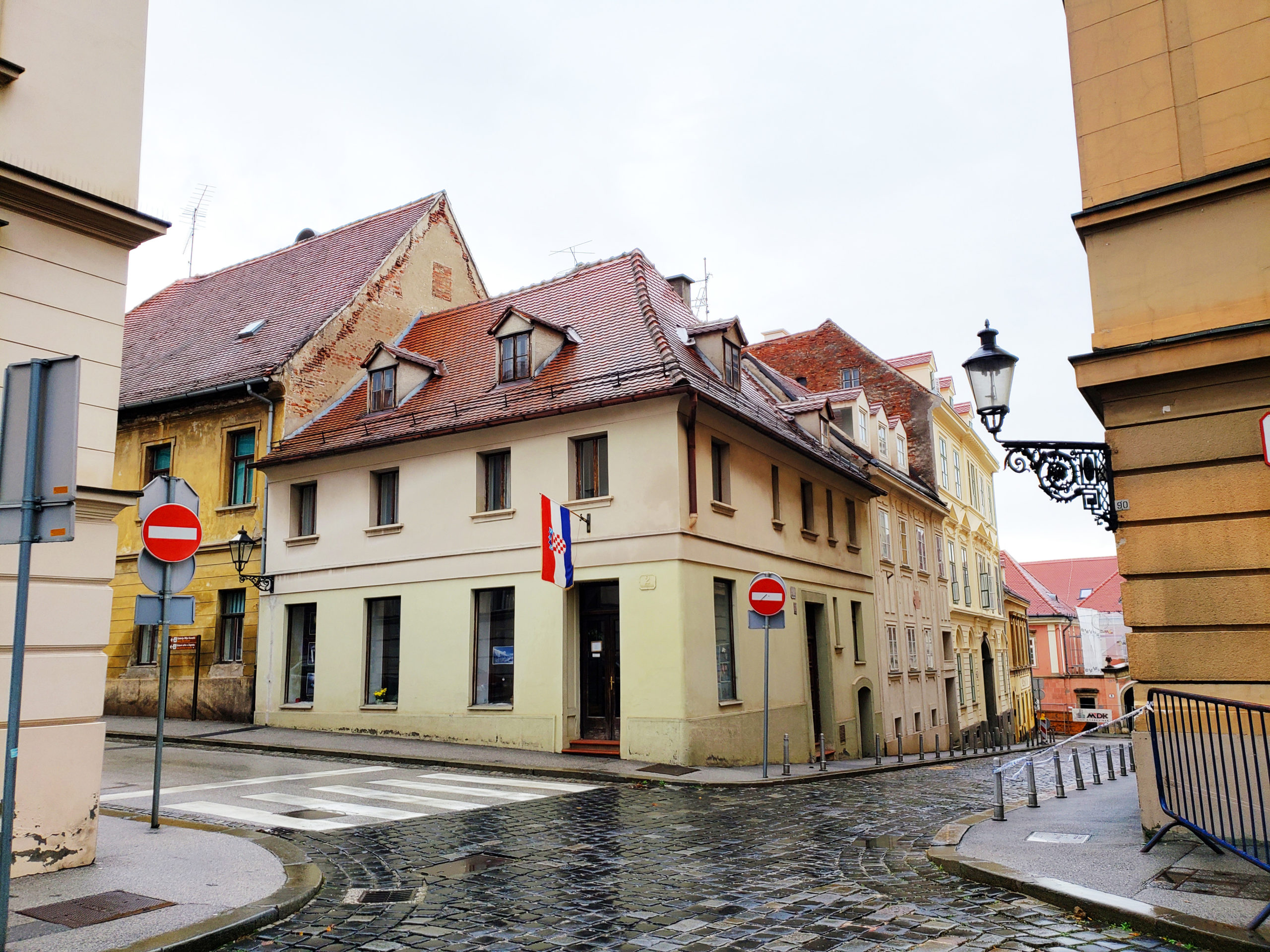
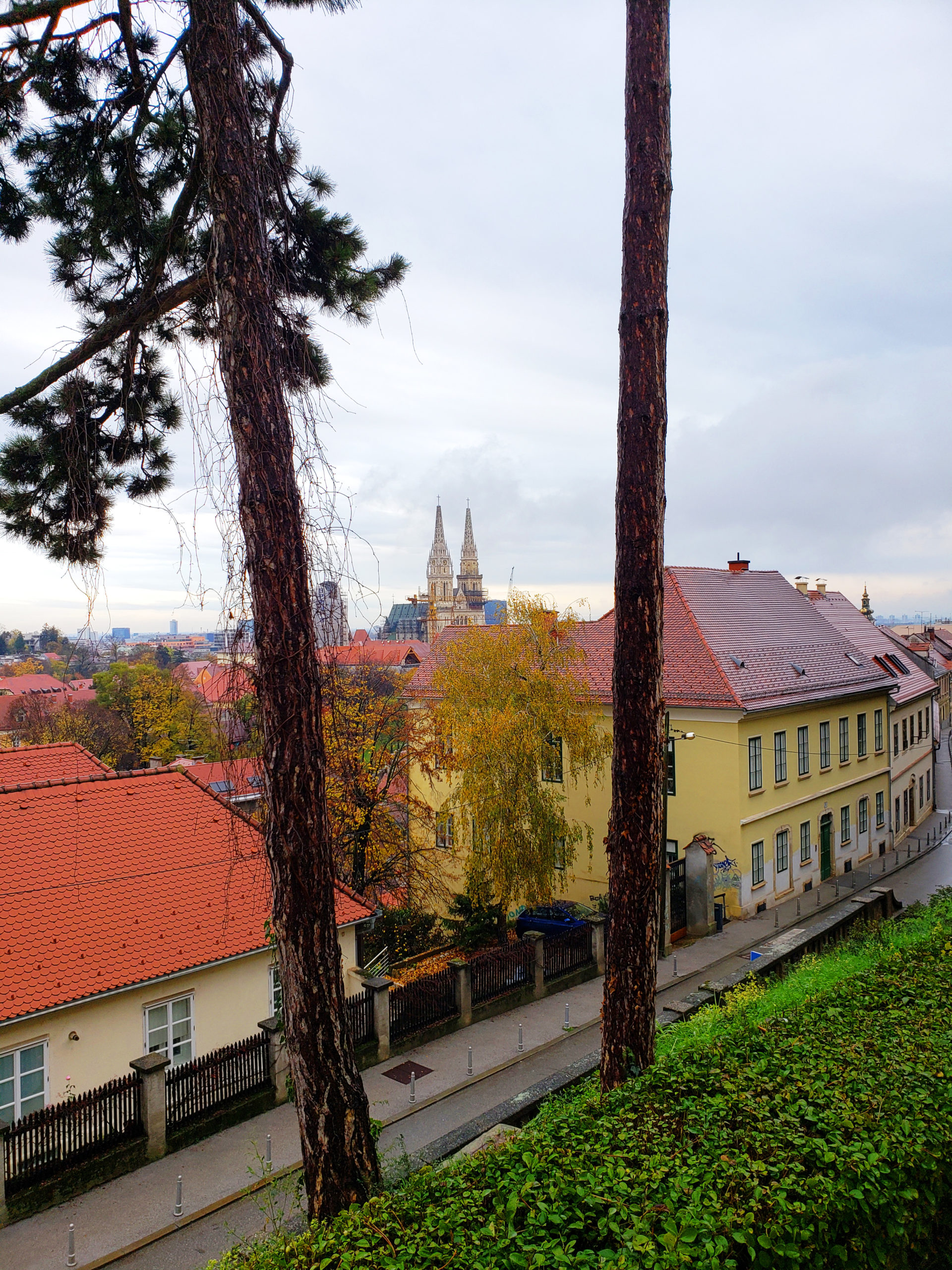
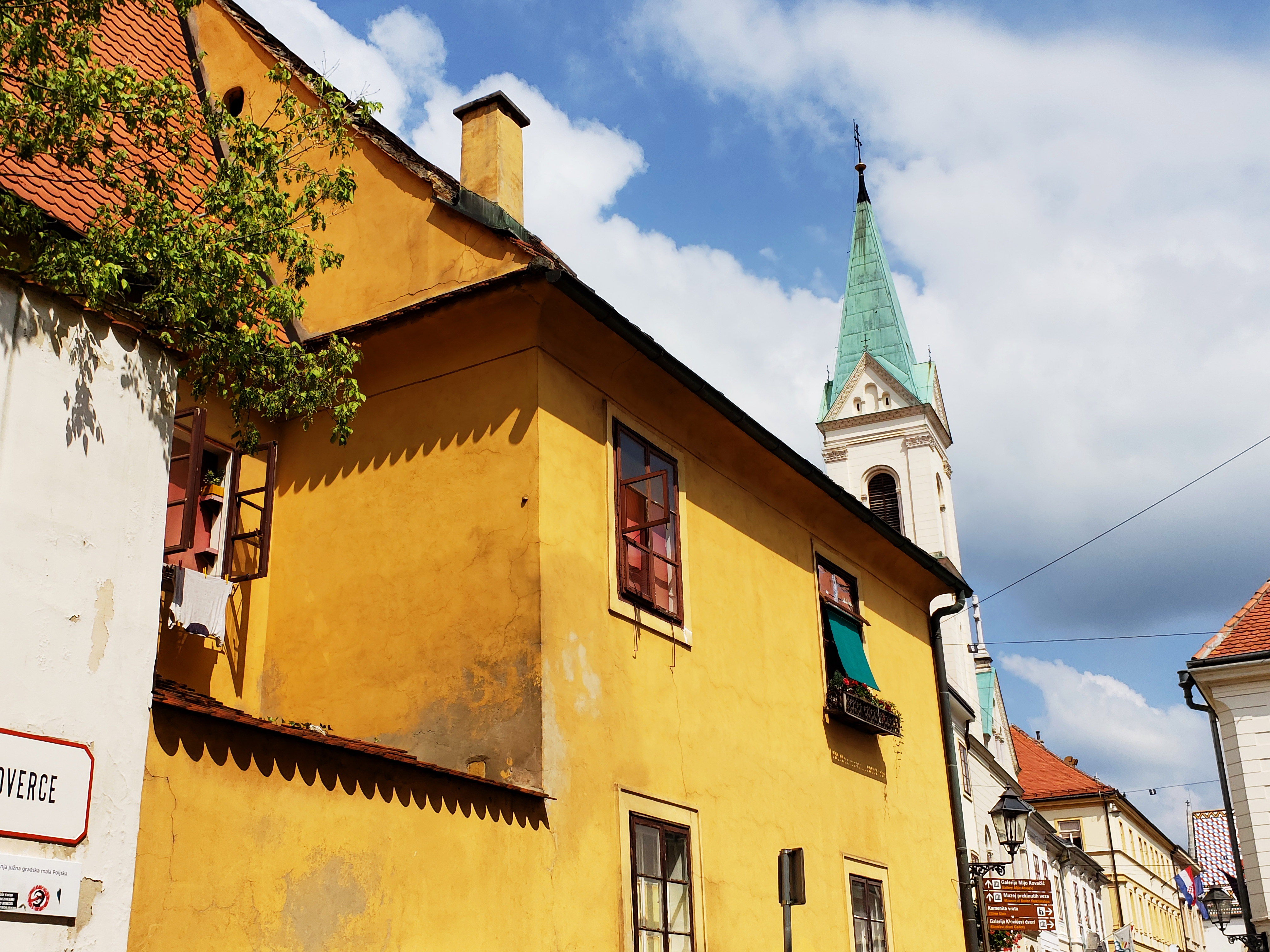
Donji Grad (Lower Town)
This area of Zagreb is considered the newer and more modern area and home to gorgeous buildings such as the Croatian National Theatre, The Academy of Music, King Tomislav Square and the main railway station, Glavni Kolodvor. Being the central part of the city and without a doubt Zagreb’s liveliest district, Donji Grad boasts immaculately manicured parks, gardens and common green spaces for locals and tourists to enjoy. Zagreb takes their green spaces seriously too. The Lenuci Horseshoe, or the Green Horseshoe, is a U-shaped system of city squares with vibrant green parks in Donji Grad, which frames the city centre. This urban oasis concept, was conceived and designed in 1882 by Croatian urban planner, Milan Lenuci.
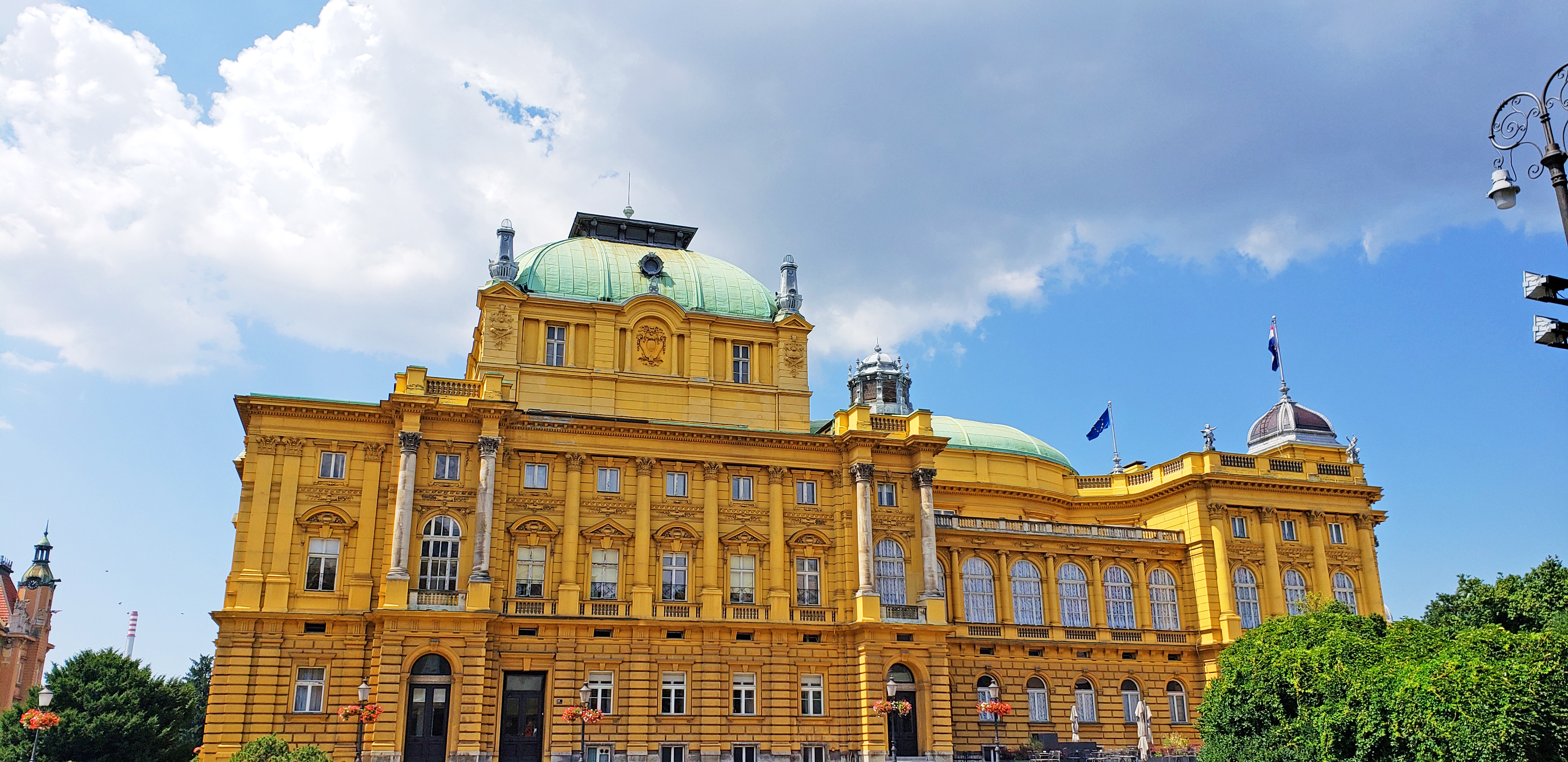
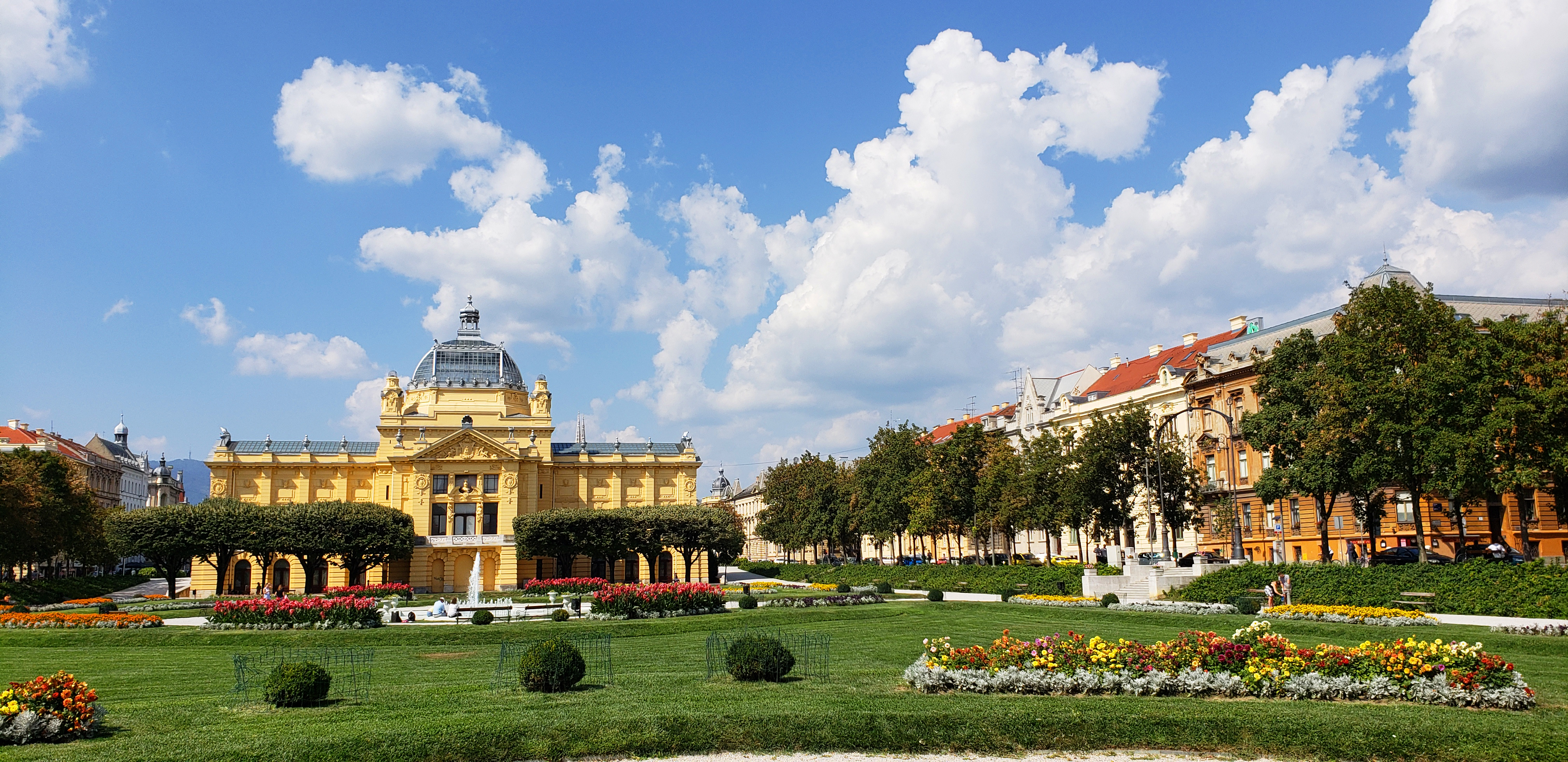

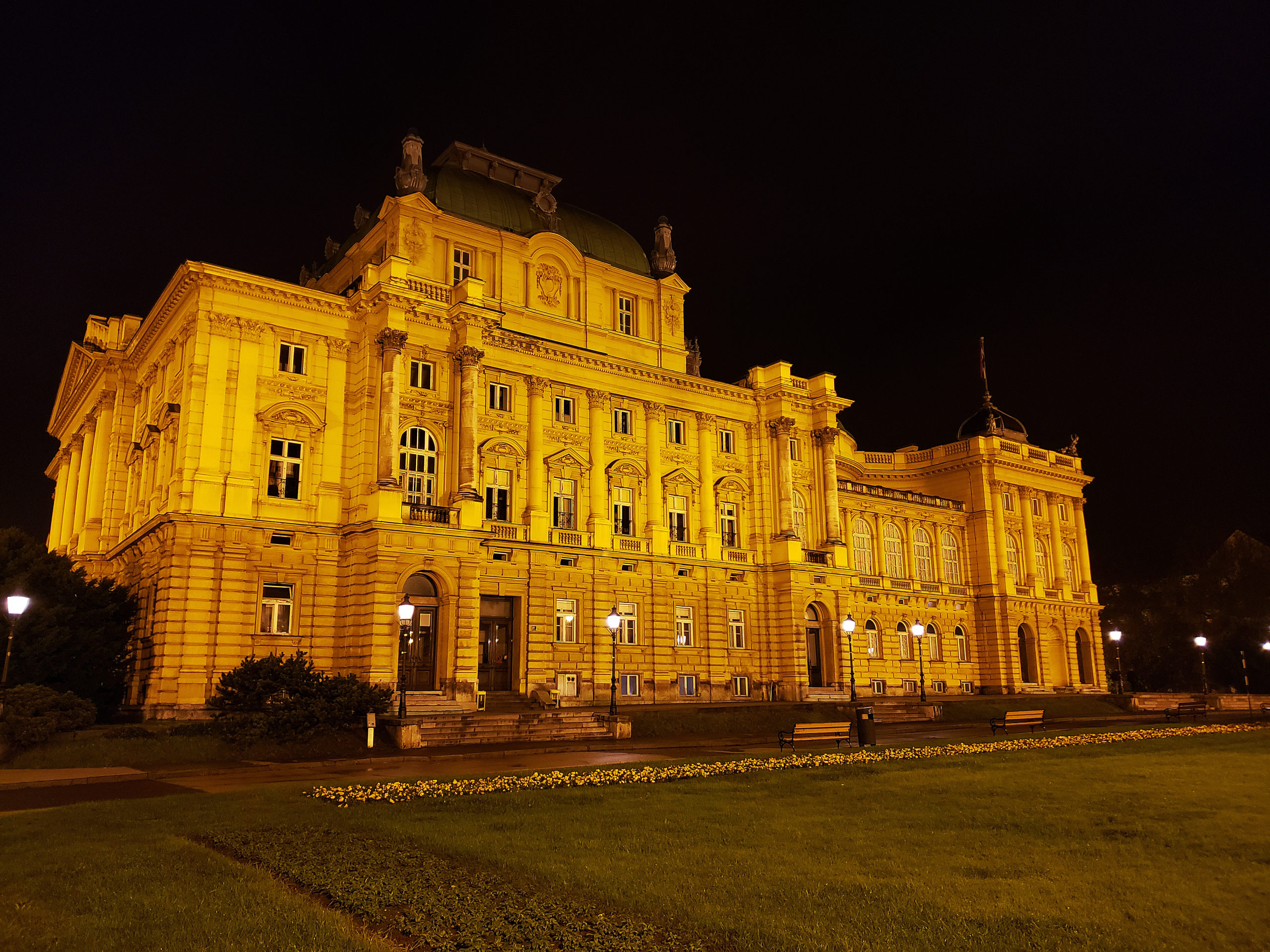
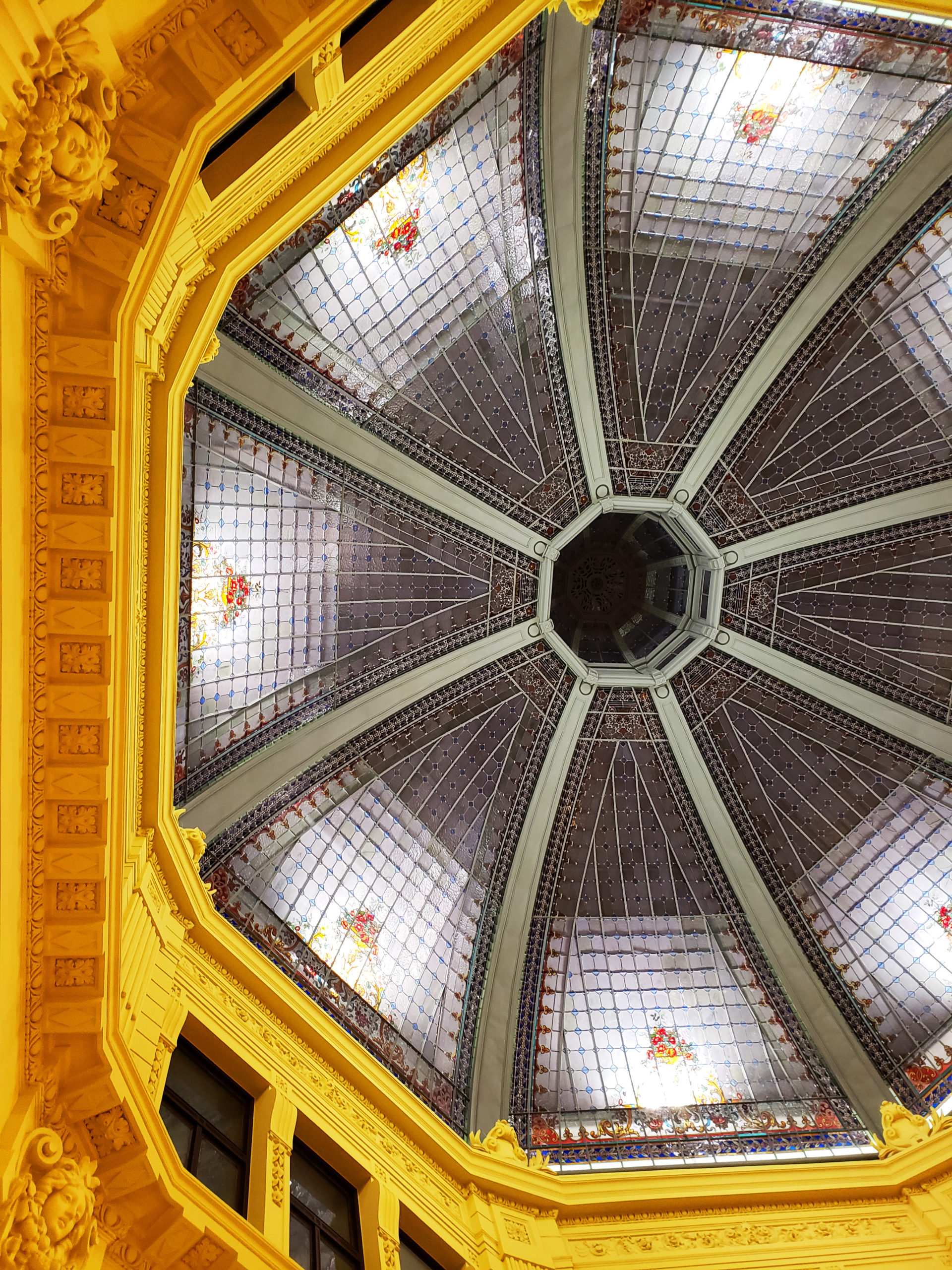
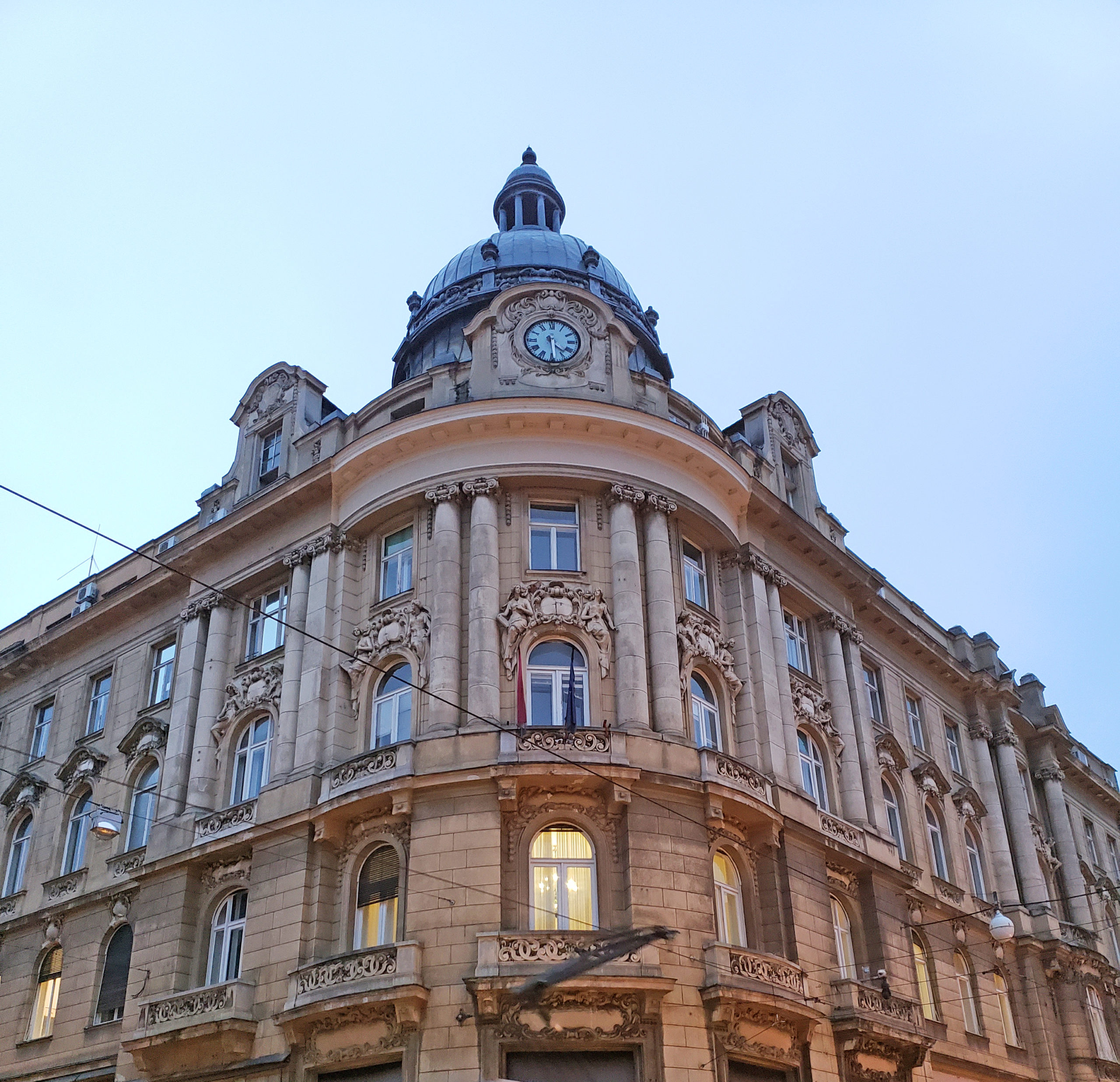
St. Mark’s Church (Crkva sv. Marka)
Any true Croat family knows about St. Mark’s Church, or has a picture of it in their home. Ours is displayed on a clock in the kitchen. This 13th-century Gothic and Romanesque styled church, which is located in Gornji Grad, is one of the main symbols of Zagreb and one of the oldest buildings in the city. Its colourful tiled roof, constructed in 1880, has the medieval coat of arms of Croatia, Dalmatia and Slavonia on the left side, and the emblem of Zagreb on the right. Make sure to take a peek inside the church as well to admire the details.
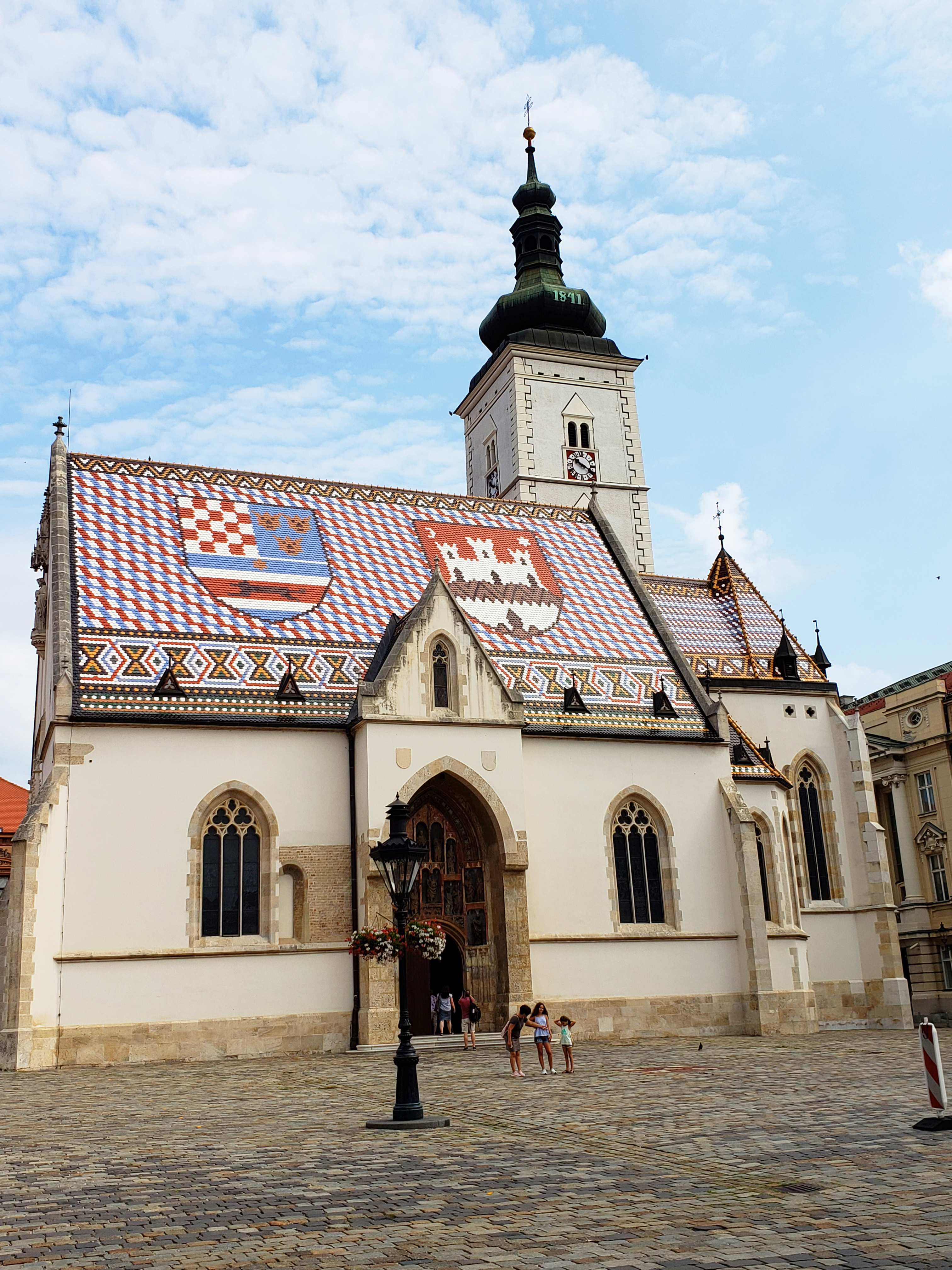
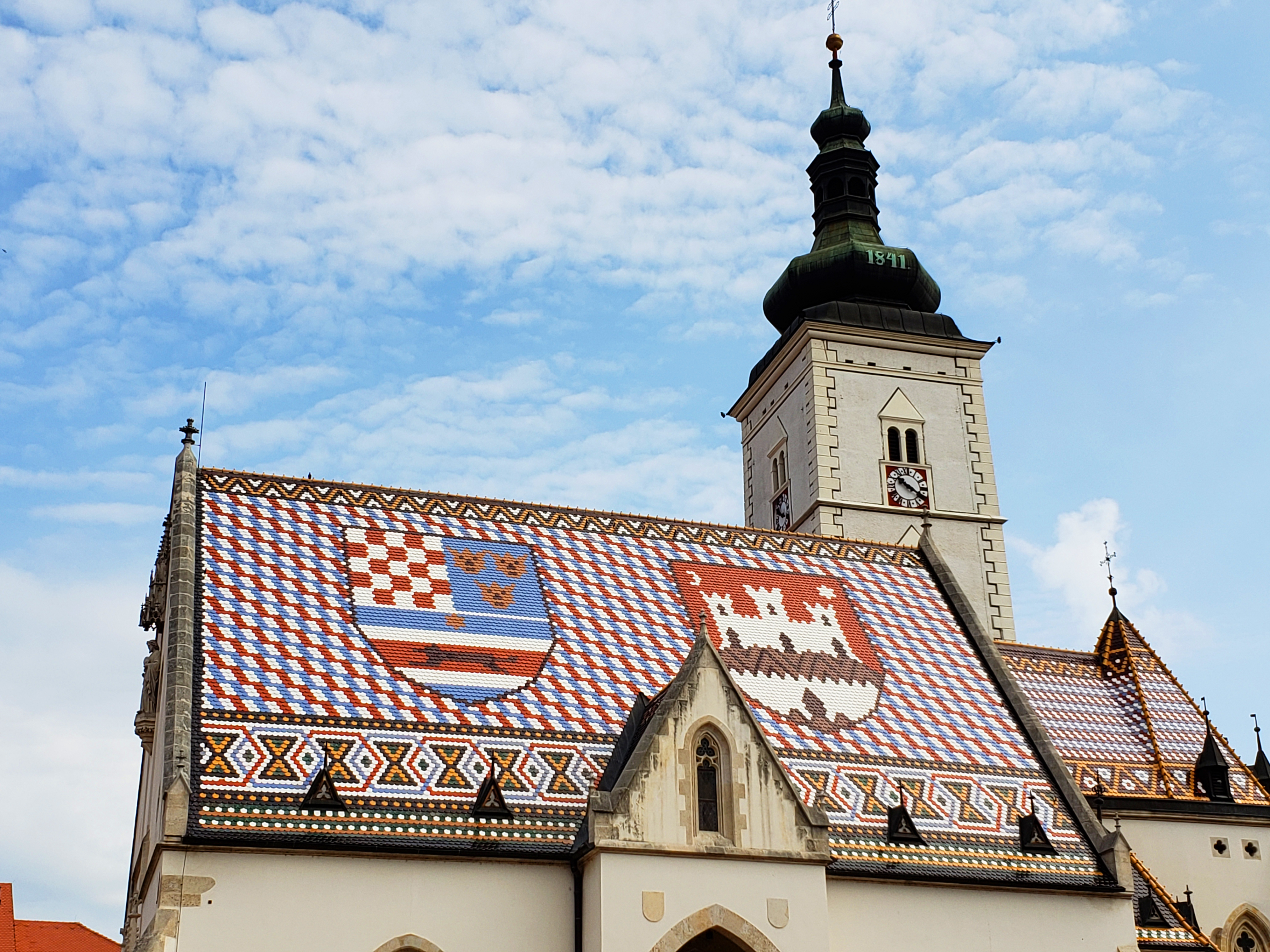
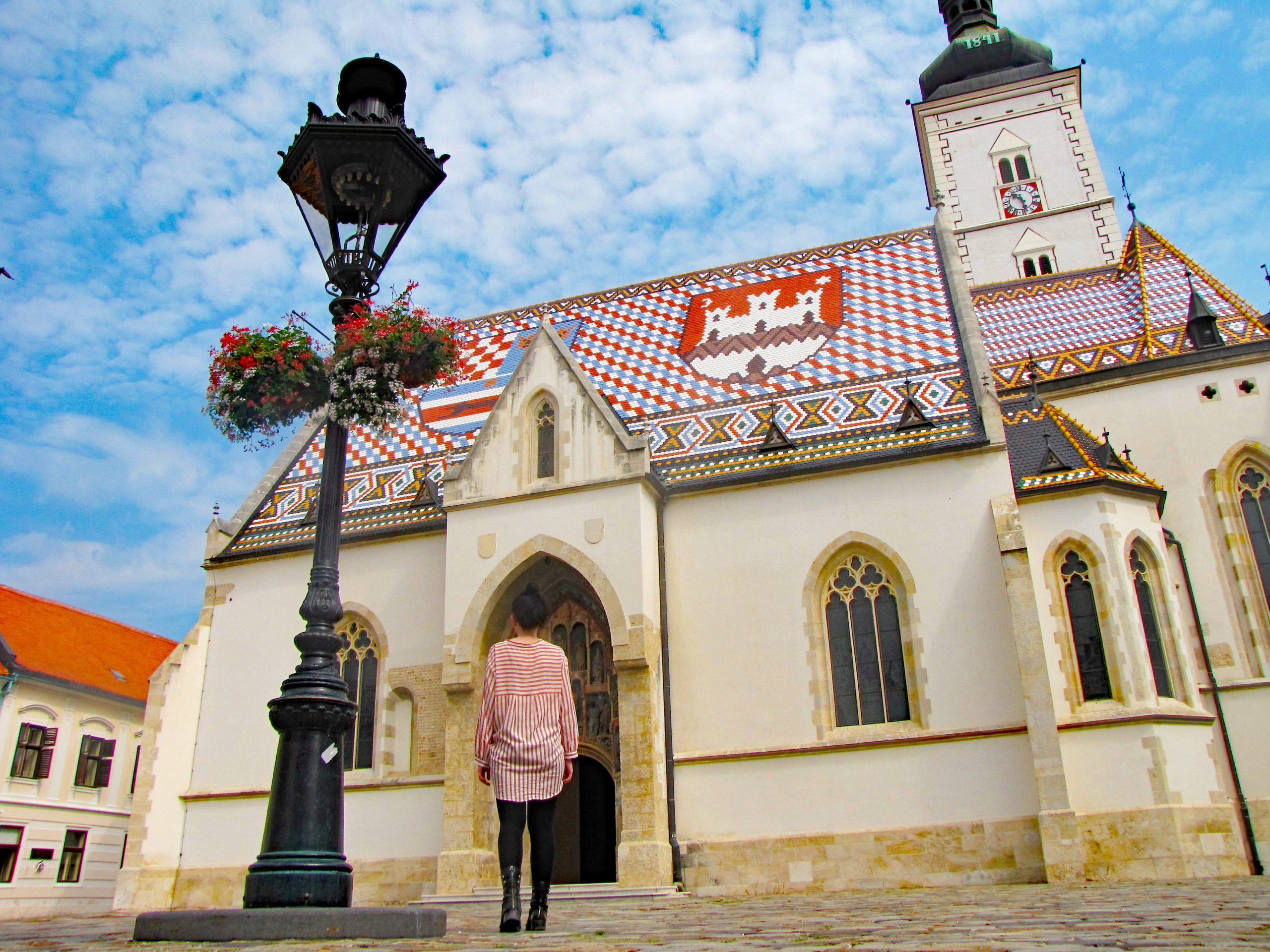
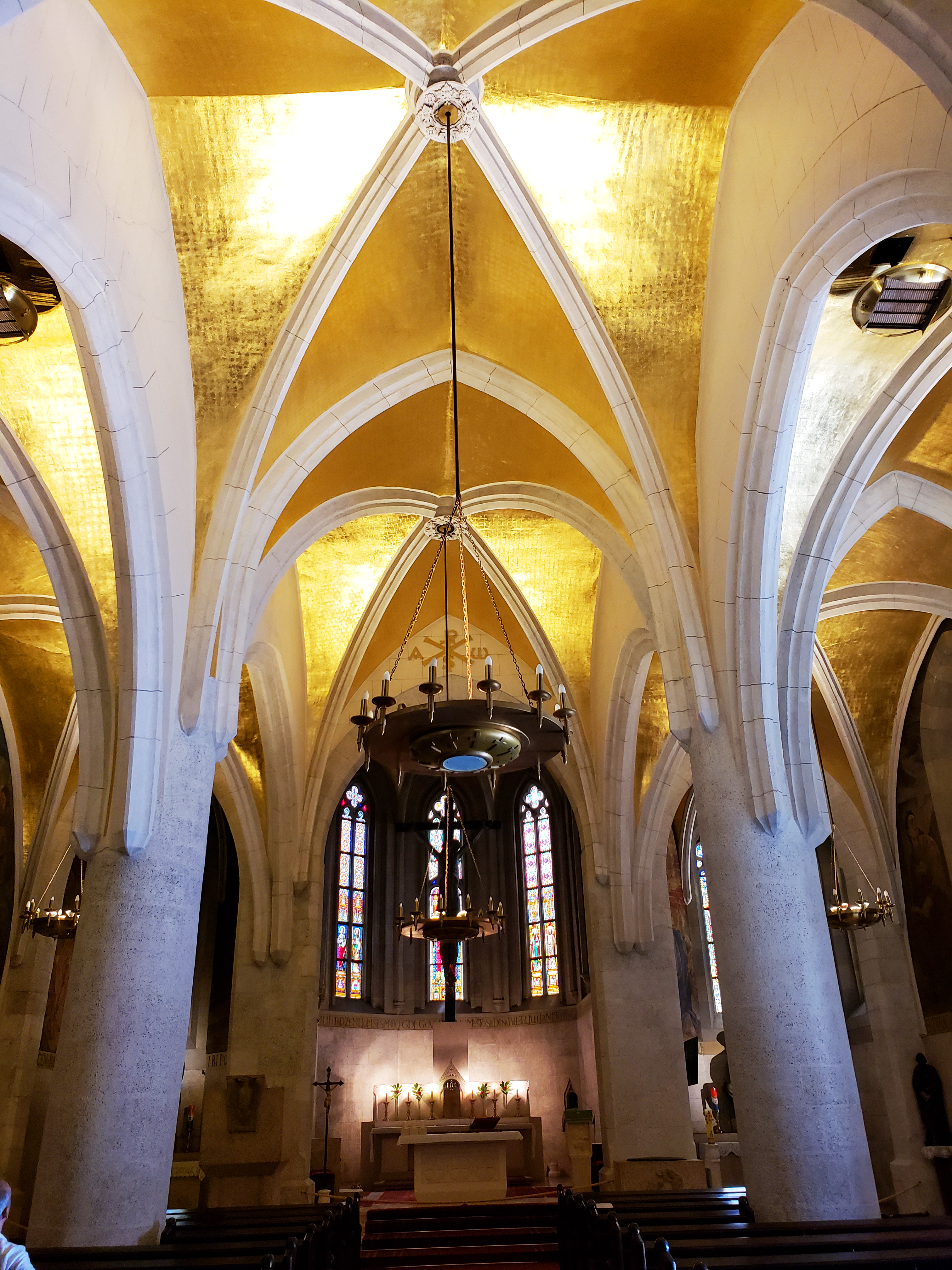
Lotrščak Tower
Eat your Wheaties and climb this fortified tower located in Gornji Grad, which has fantastic panoramic views of the city. The tower dates back to the 13th-century and was built to guard the southern gate of the town wall. The cannon in the tower is one of Zagreb’s claims to fame. In the 19th-century, a fourth floor and windows were added to the tower and a cannon was placed on the top. Since January 1st 1877, the cannon is fired from the tower every single day to mark midday. The cannon’s purpose was to give the sign for exact noon for the bell-ringers of the city’s churches. Keep your eye on your watch, so you don’t get scared, but even if you do, it’s still a very loud shock to the ears. Updated note: As of the earthquake in 2020, the cannon has not been fired off until cleared to do so again.
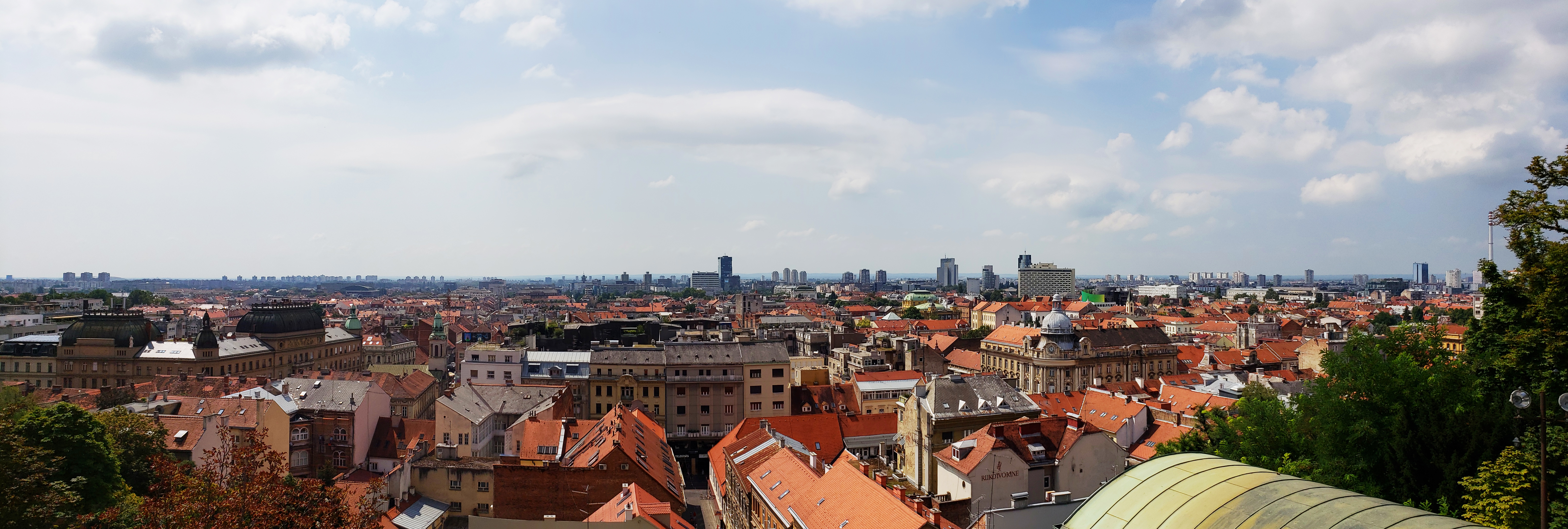
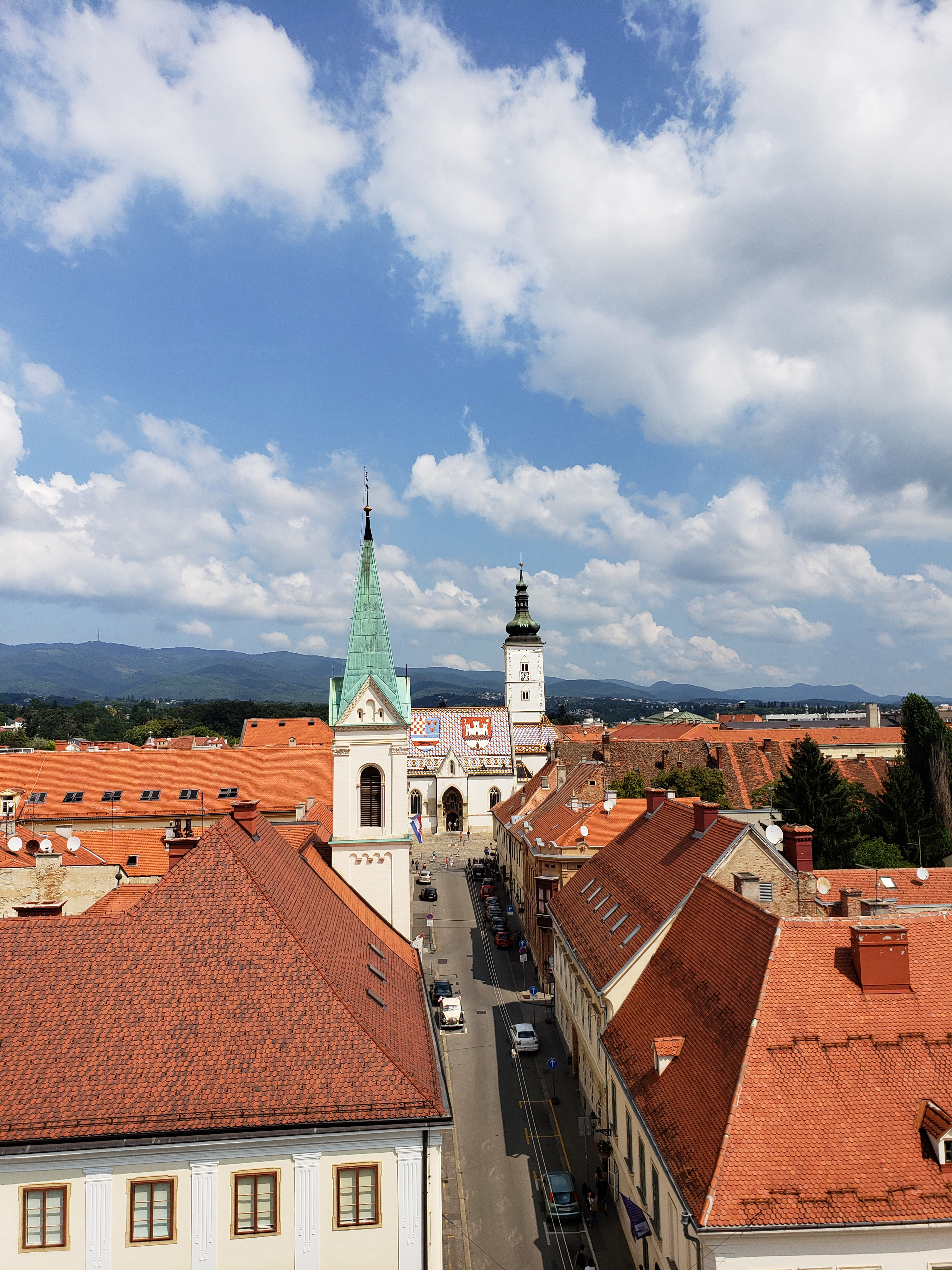
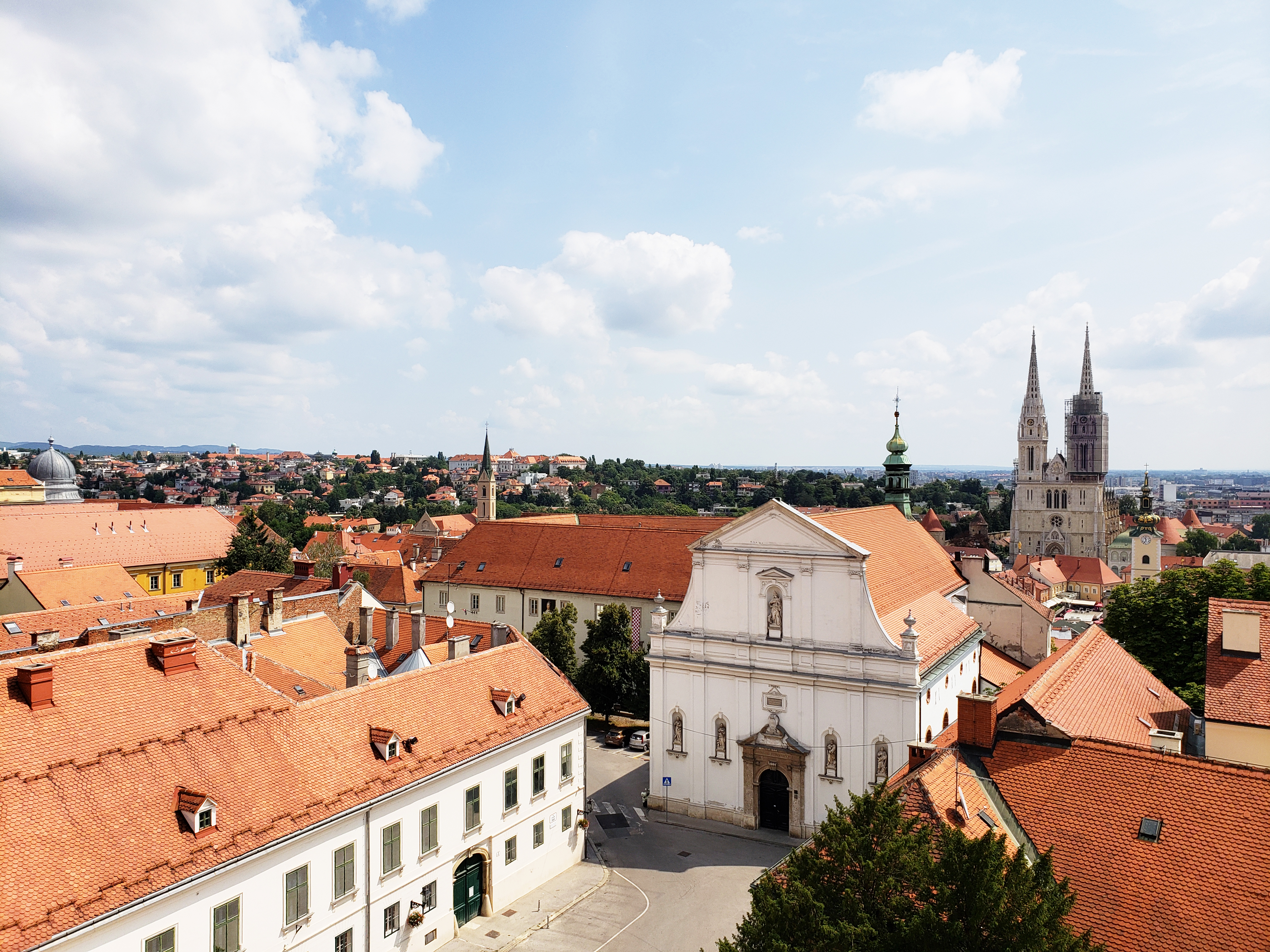
Dolac Market
Going to the Dolac Market (located a block up from Ban Jelačić Square) is a must do while in Zagreb. The market dates back to 1930 and is the centralized market for the locals as well as people living outside of Zagreb. In the past, women used to walk miles and miles from surrounding rural areas every single day with baskets on their heads filled with produce to sell at the market. They even have a bronze statue dedicated to the women (called Kumica) who would trek to the market every morning. Everything from fresh fruits and vegetables, to honey, meats and cheese can be found here. Make your way from the flower stalls at the bottom of the Dolac Market, up the stairs and you’ll be surrounded by fresh fruits, vegetables and other little trinkets stalls. This area is by far the busiest and the best place to really mingle and mix with the locals gathering fresh ingredients for the day’s meals. The market is open daily and the busiest time is early in the morning. I’d always go early in the mornings to buy some veggies, fruits and cheese to bring back to my apartment for a snack later on. Nothing beats fresh produce and supporting the locals.
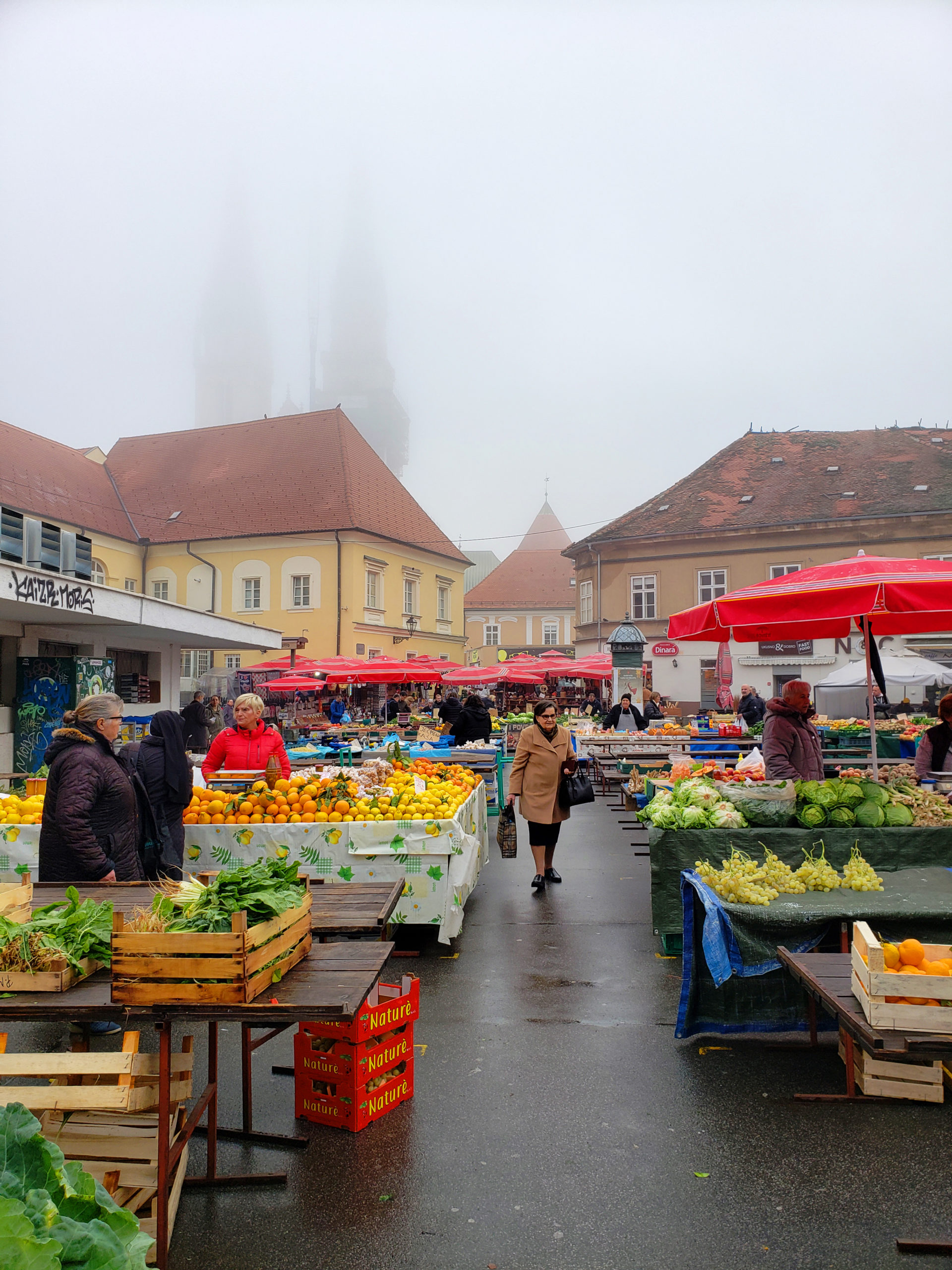
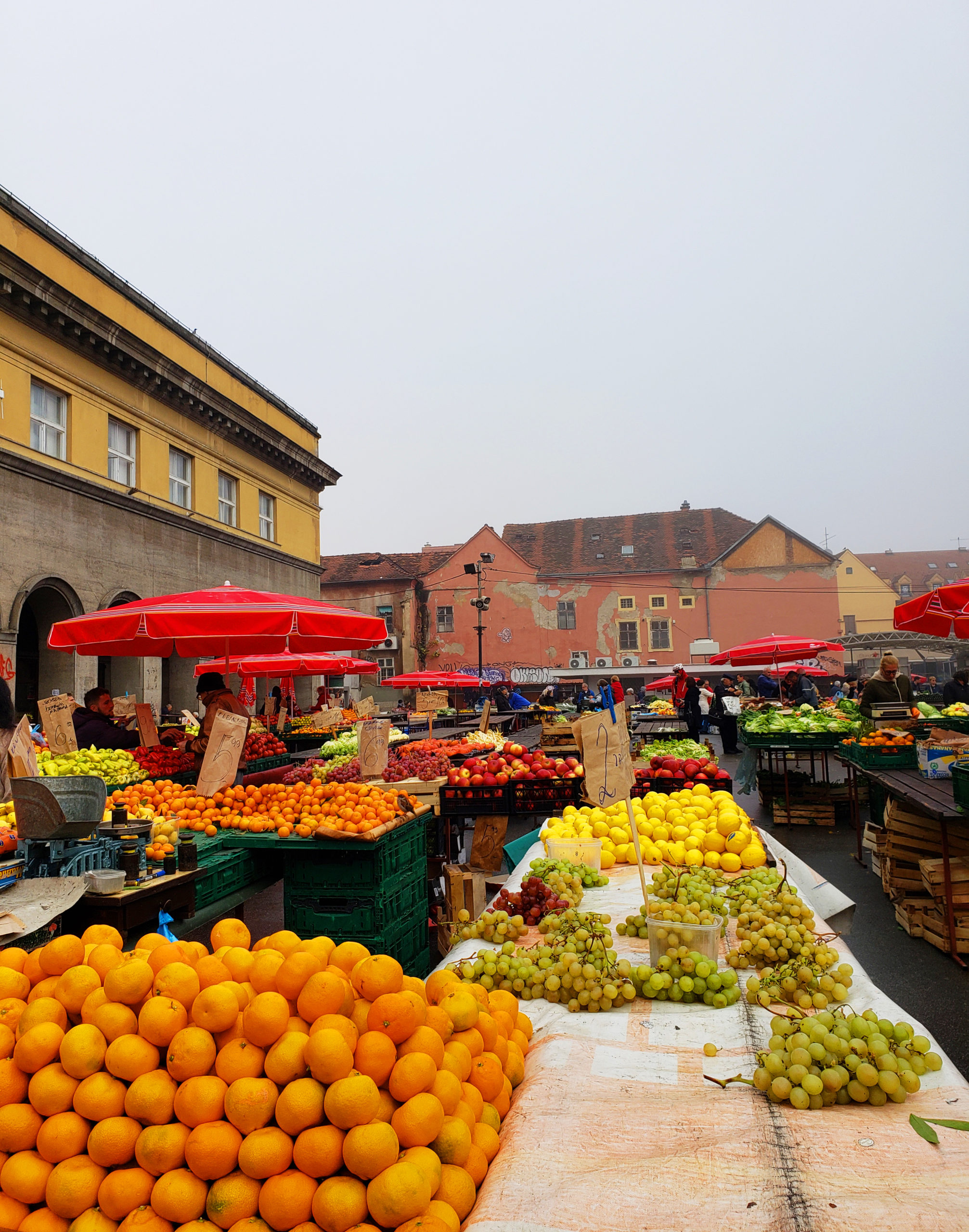
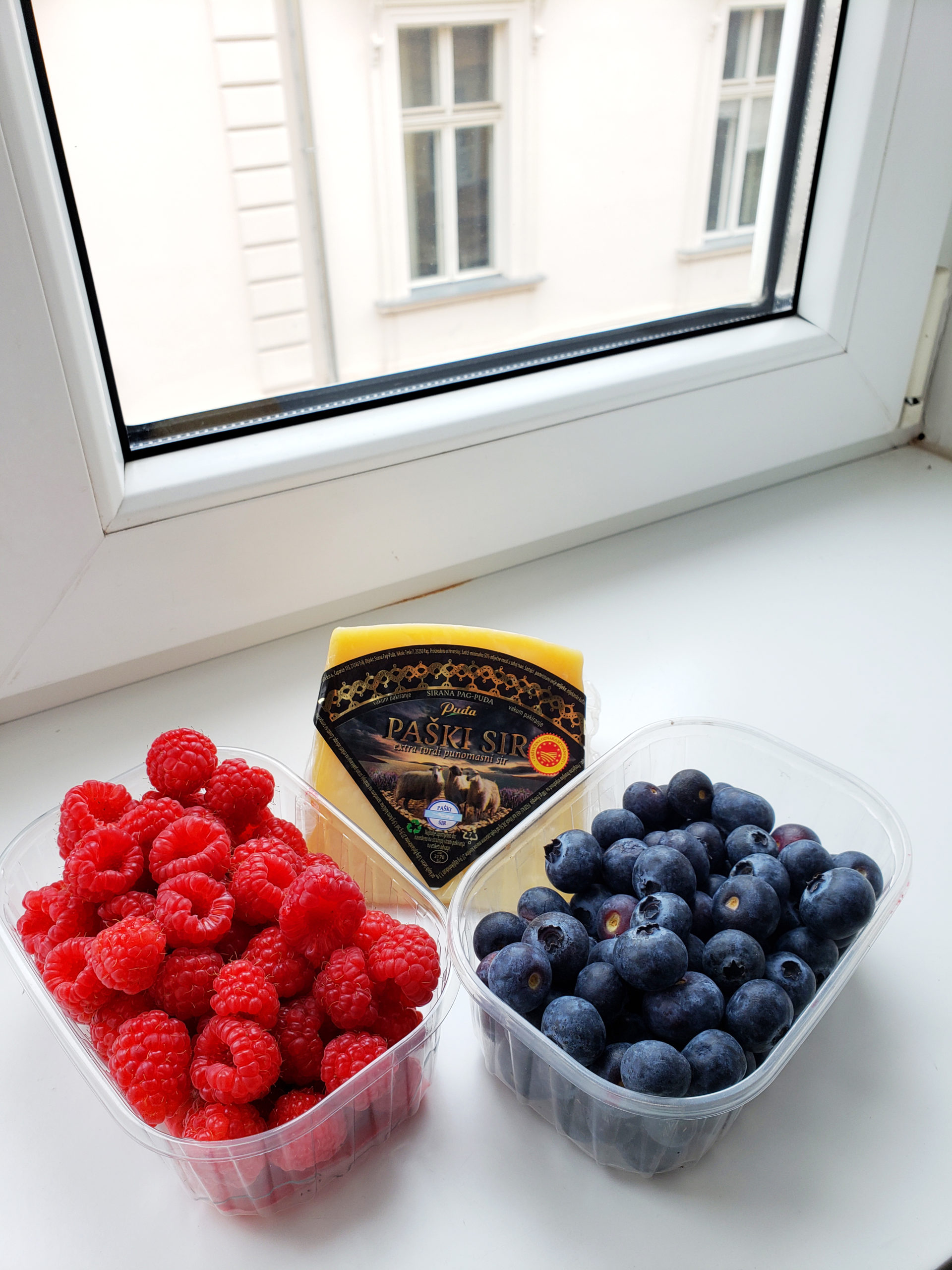
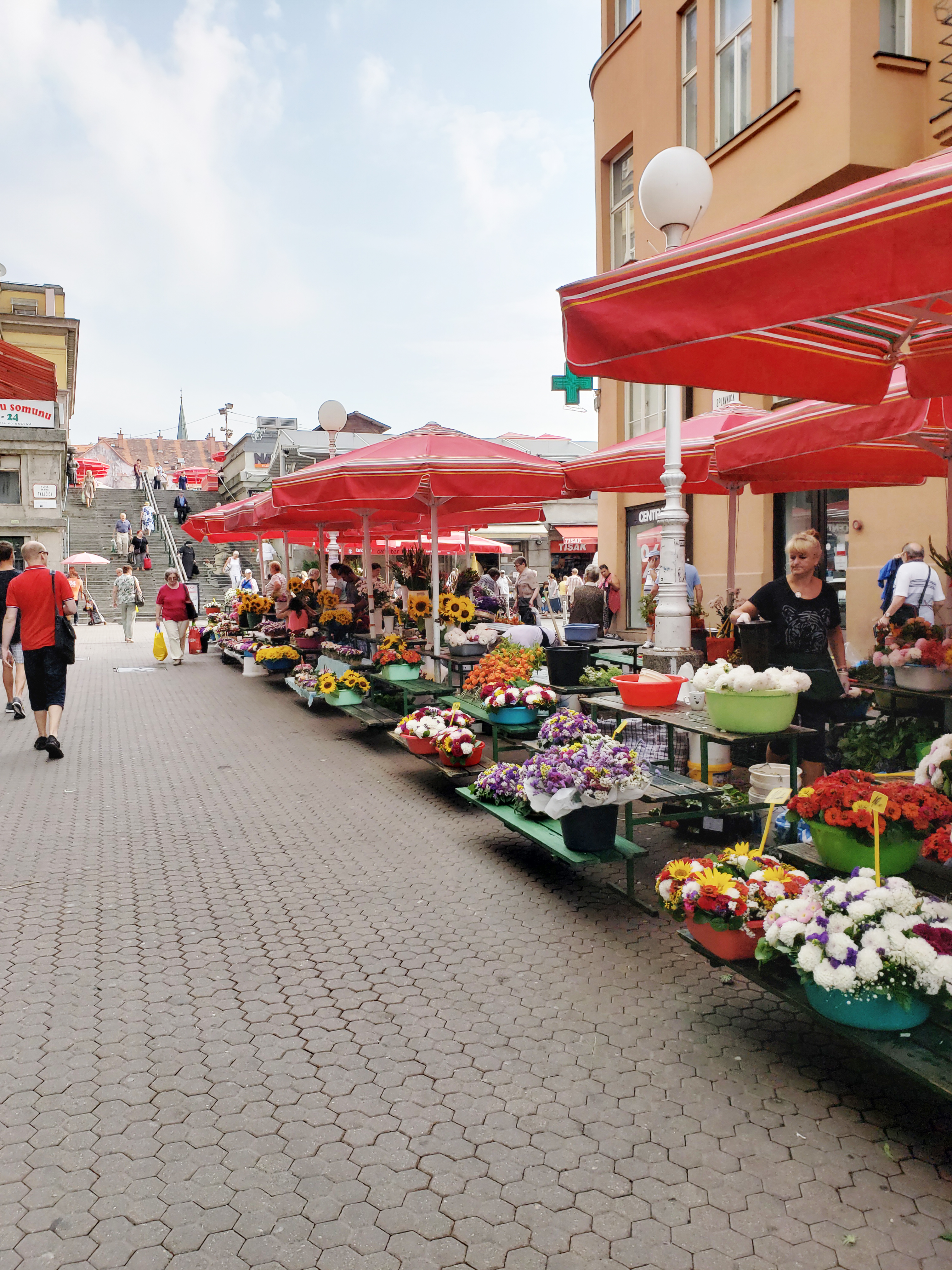
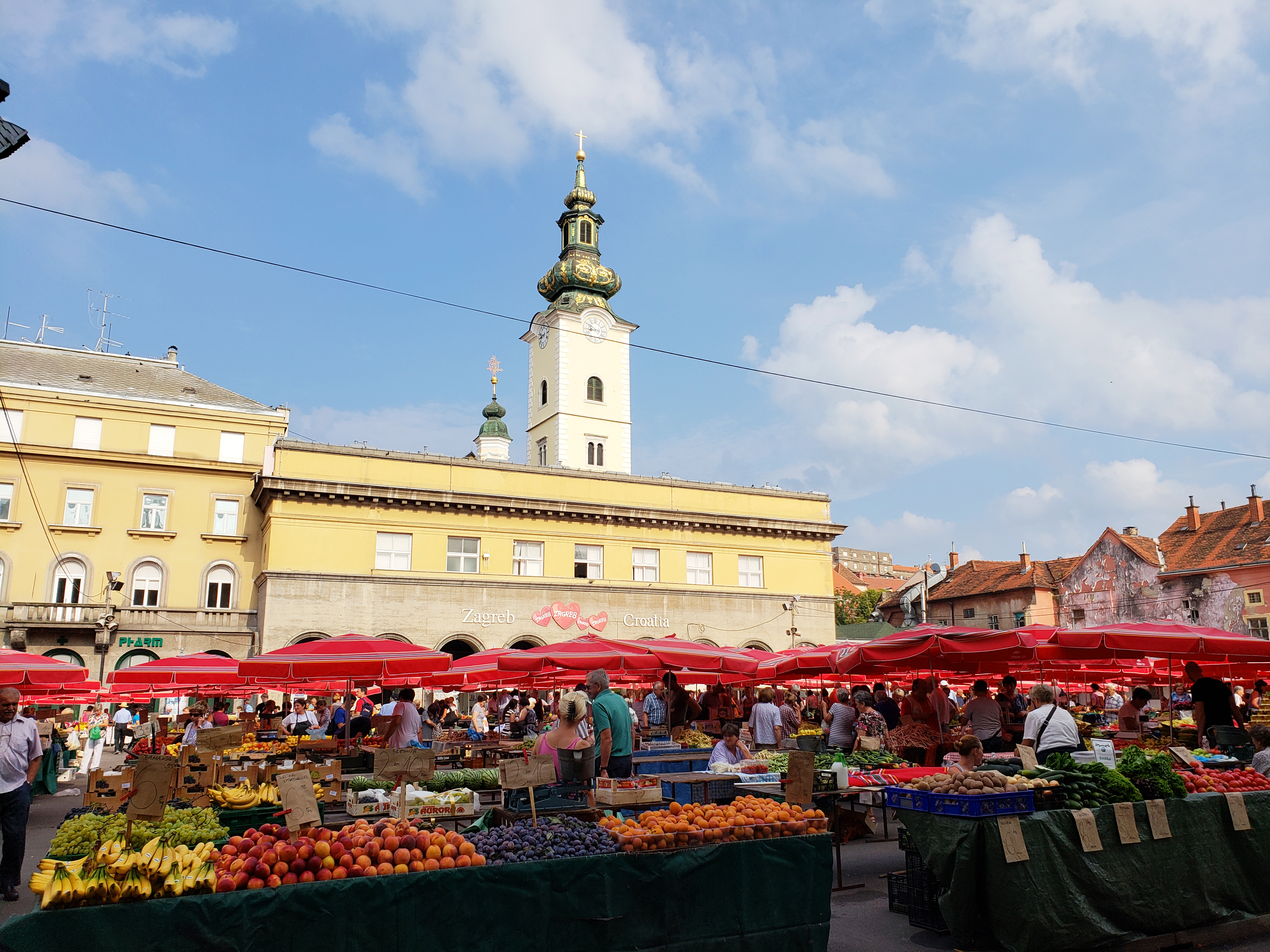
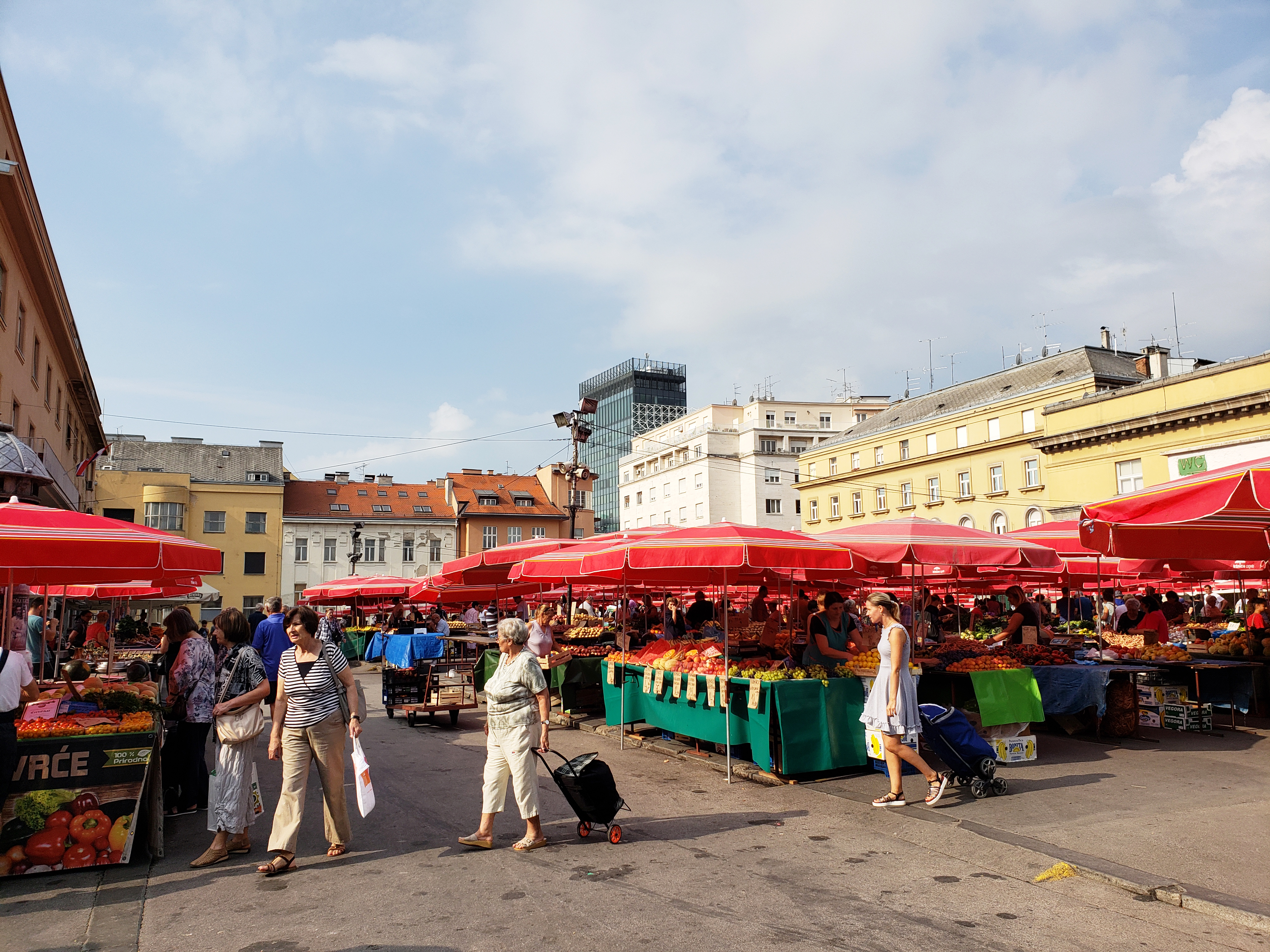
Ban Jelačic Square
The core of Zagreb and the meeting place for many locals is Ban Jelačić Square. This square has existed since the 17th-century and is named after Josip Jelačić, who was the Ban of Croatia, which is a very noble title to possess and was an important figure within Croatian history. The square became car free in 1975 and became the pedestrian area, with the exception of trams running alongside the square, that is existing today. After a meal and a drink, the people of Zagreb come out to chat with their friends in the square to decipher their next move for the night.
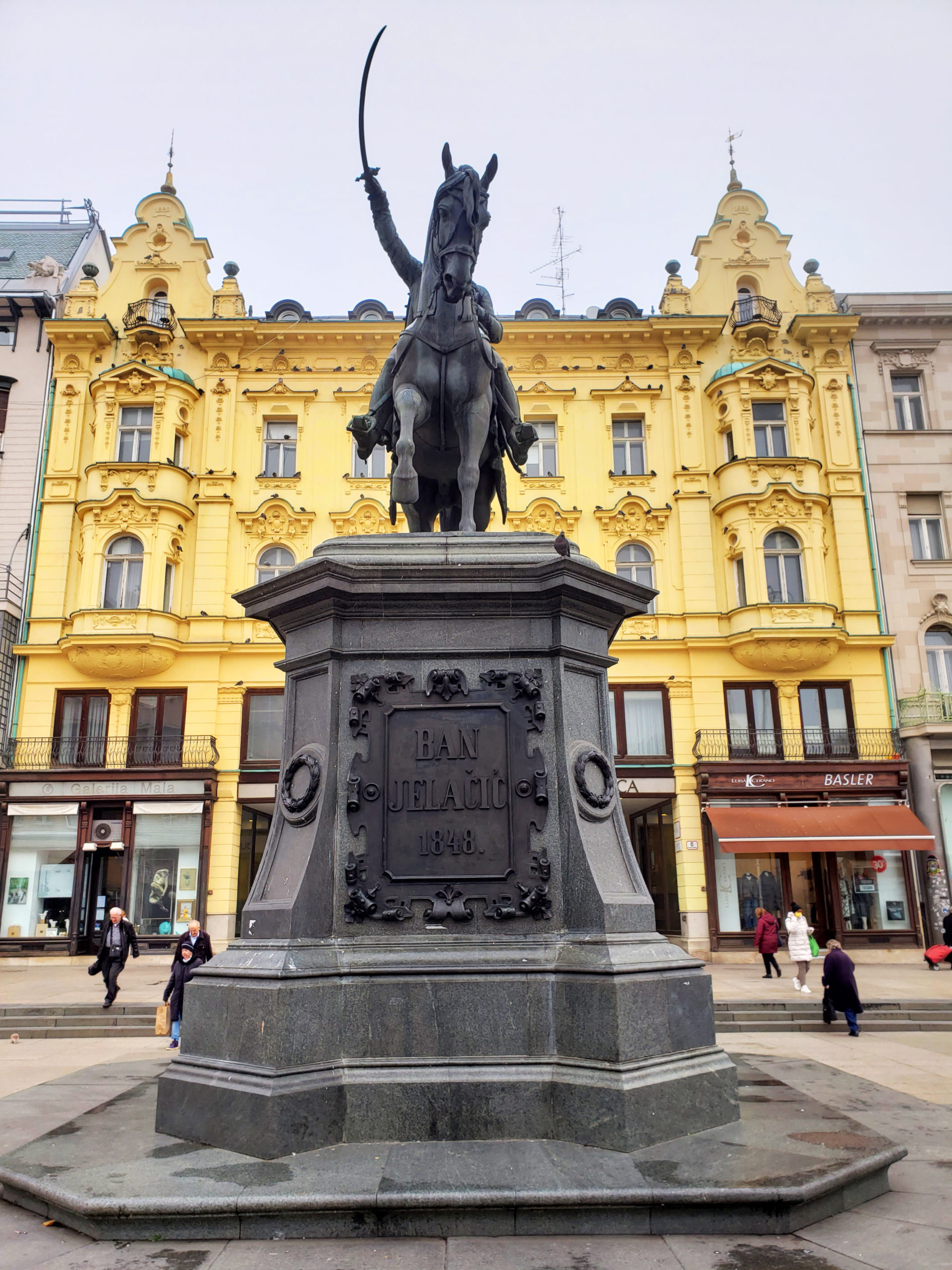
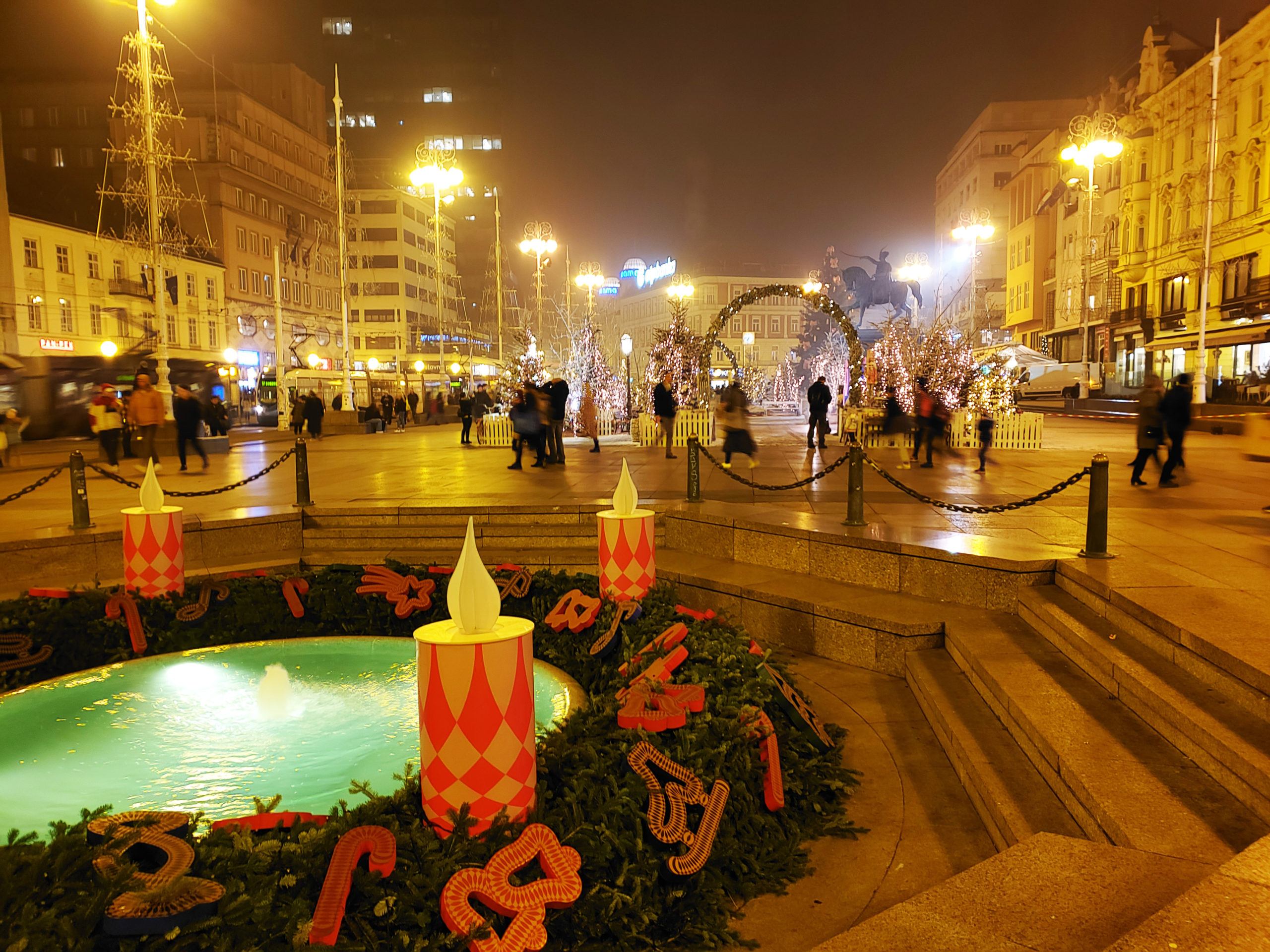
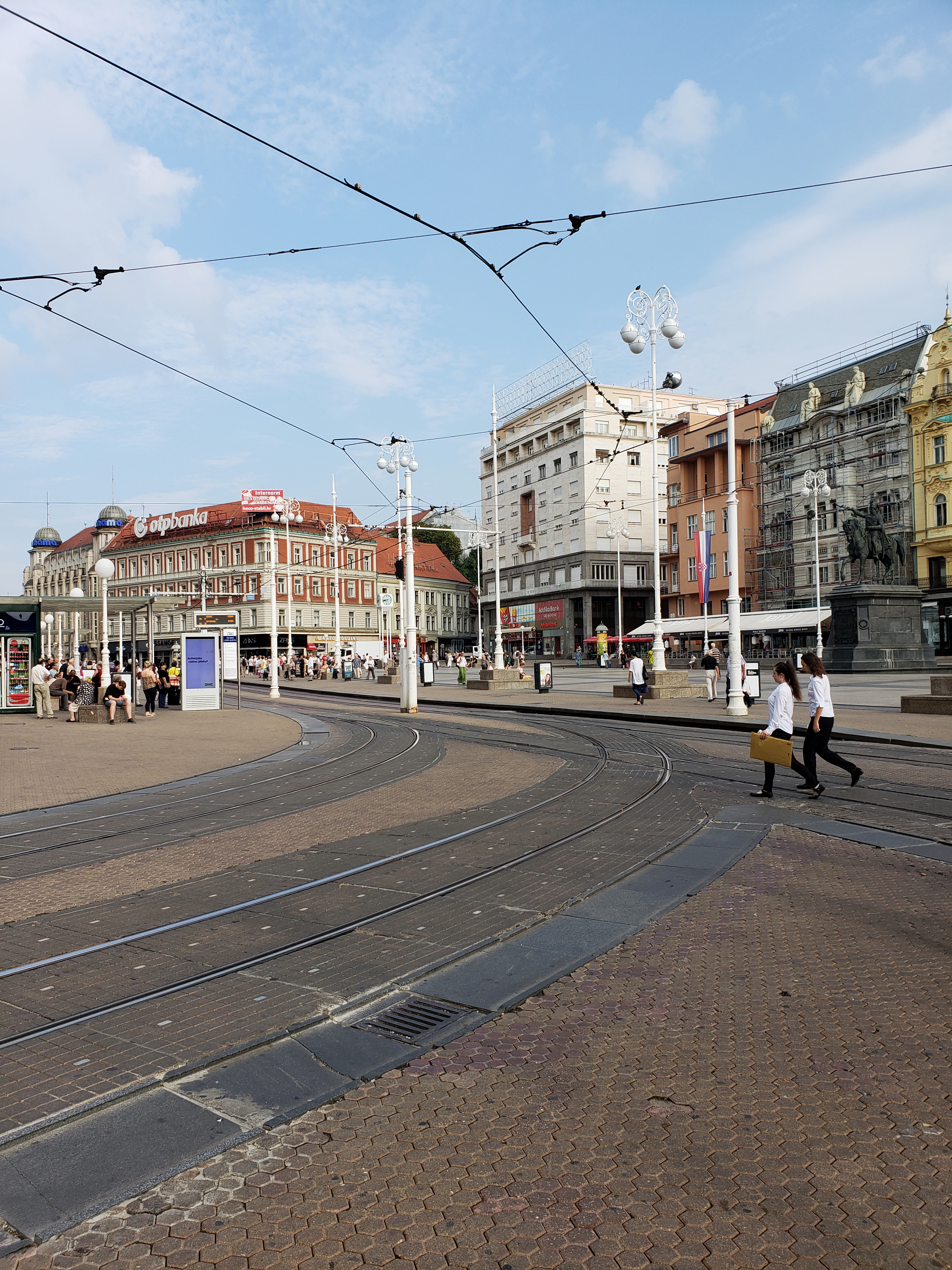
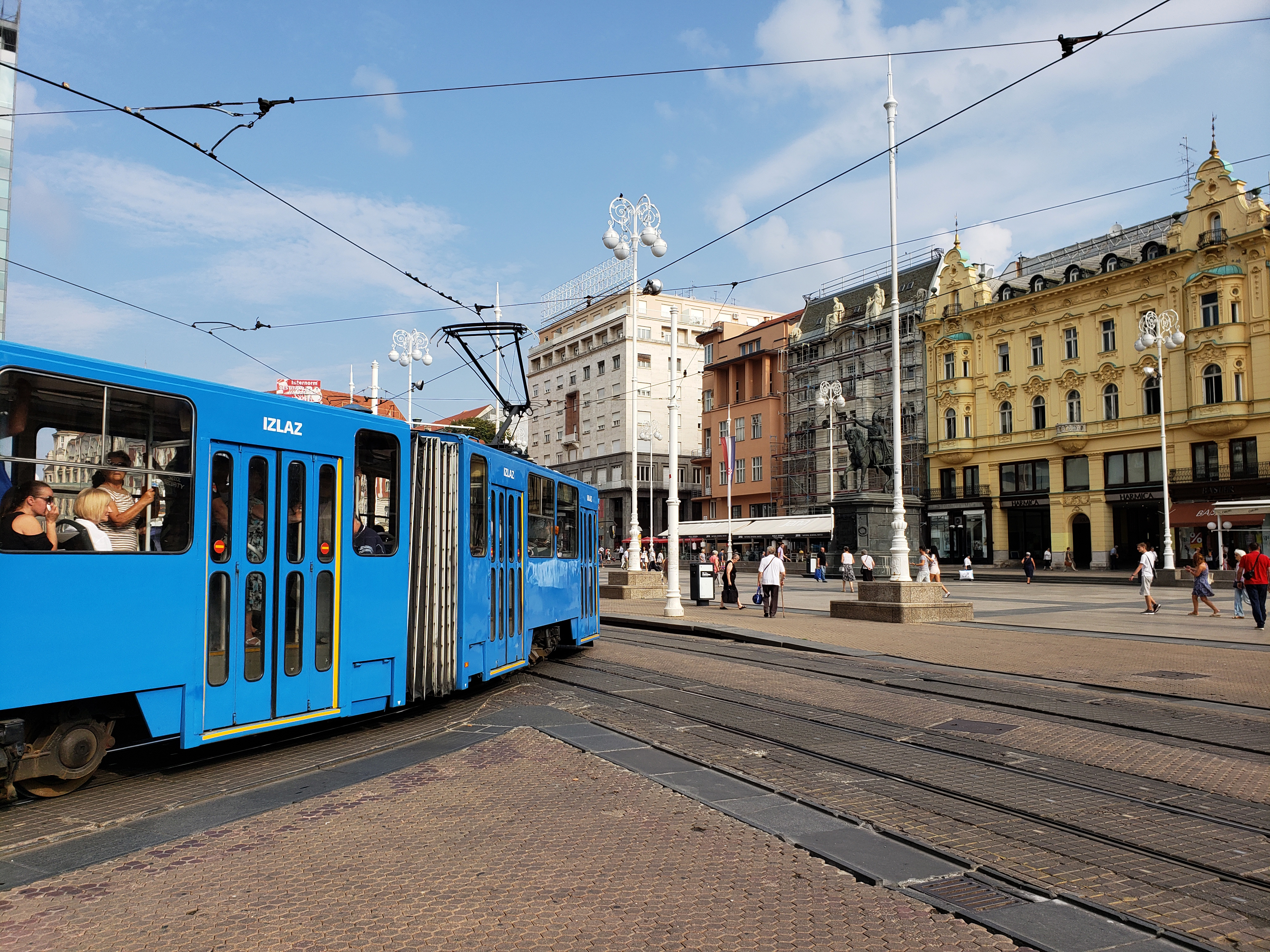
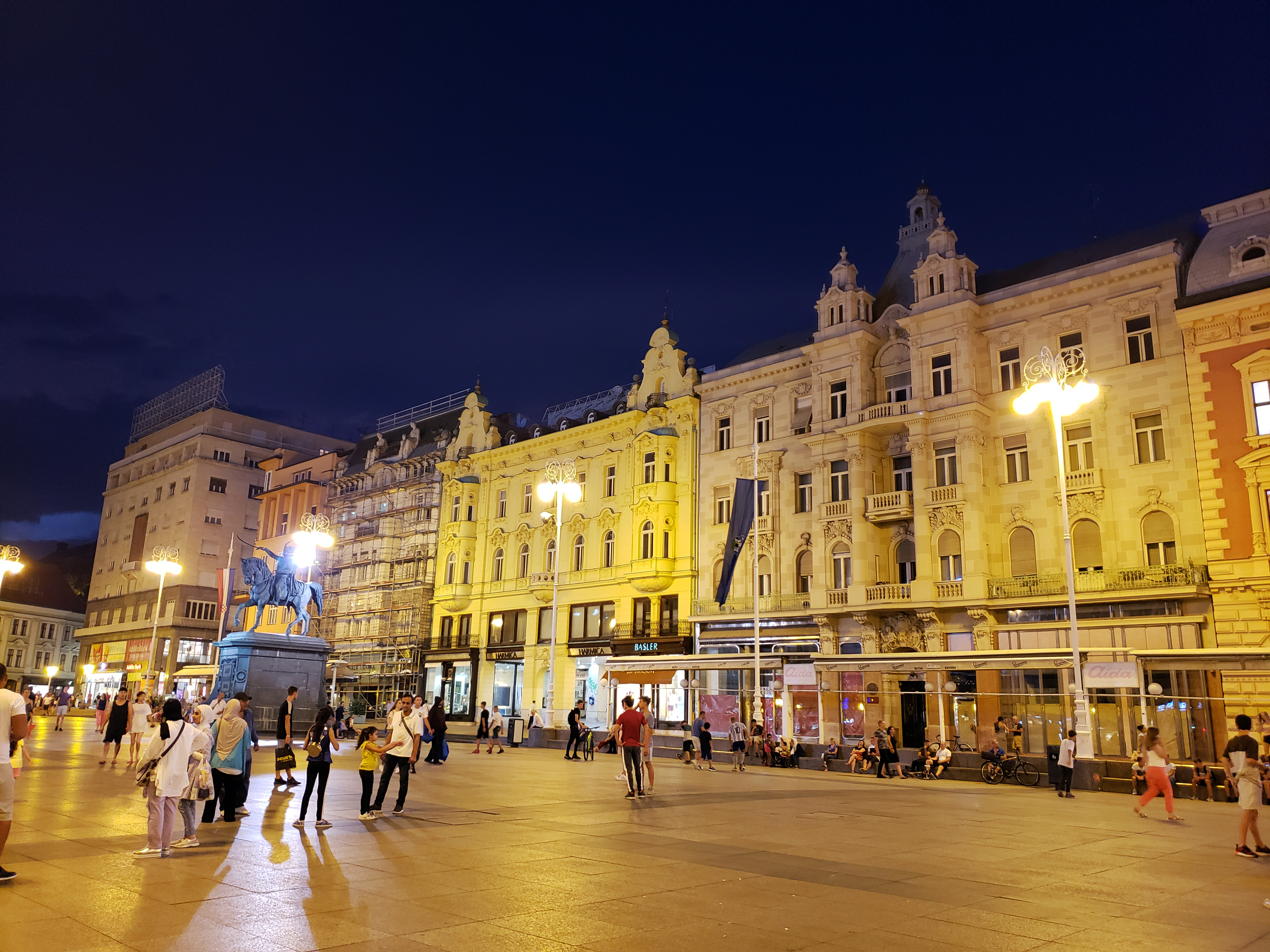
Eat At A Traditional Croatian Restaurant
Coming from a Croatian background, of course I’ll tell you that you MUST eat at a traditional Croatian restaurant. The food is hearty, delicious and I can guarantee you that you will not leave hungry. It’s not possible, trust me! Croatian food is very meat heavy, but don’t fret veggies. Croatian restaurants are starting to cater to their non-carnivore clientele more these days, so you’ll find something delicious and traditional on any menu. My favourite restaurant was Konoba Didov San located up in Gornji Grad and adorned with pretty flowers and a bright yellow exterior. This is my go to place every single time I am in Zagreb. Definitely worth the visit!
Read more: How to Find Great Places to Eat While Travelling
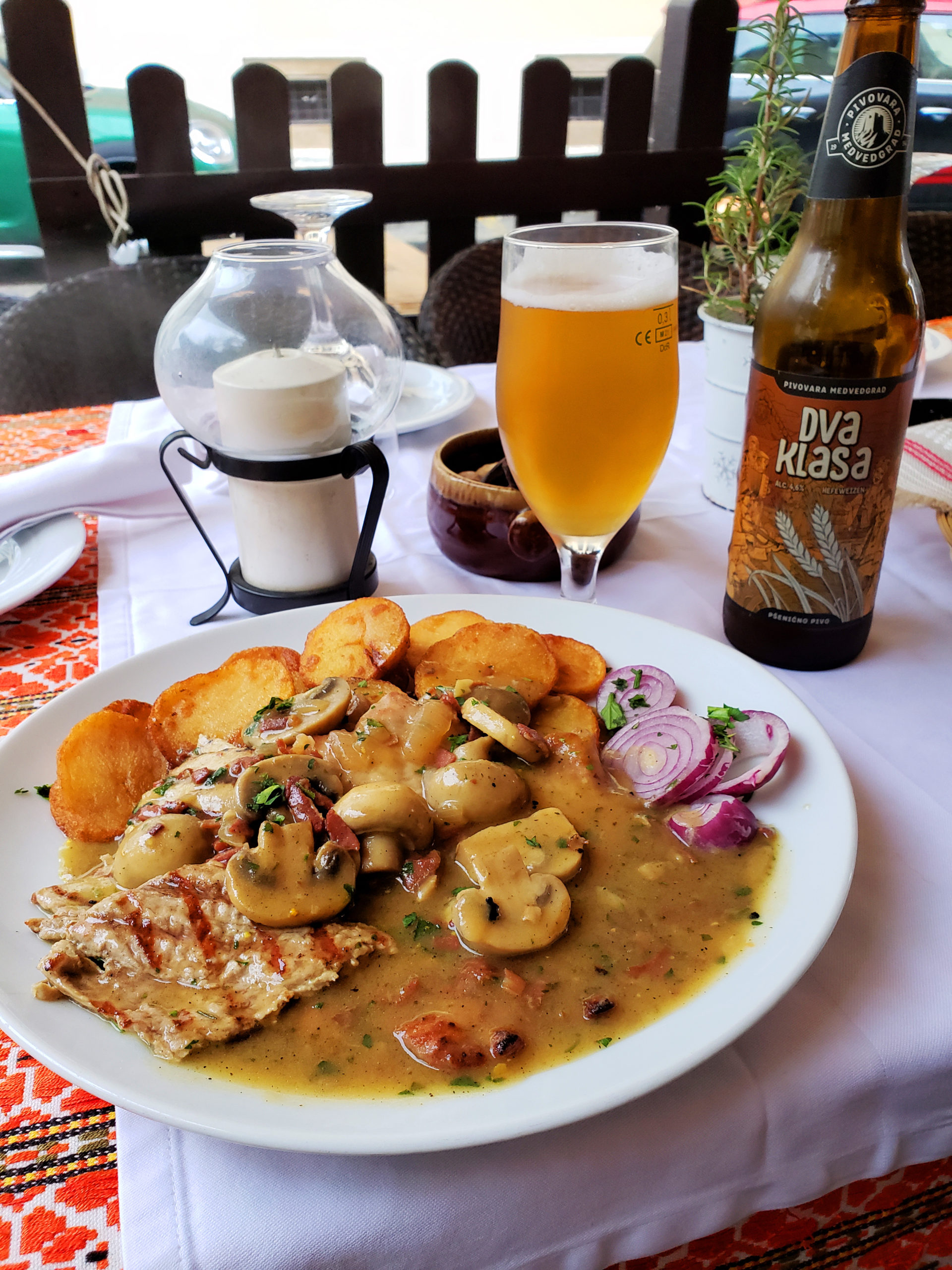

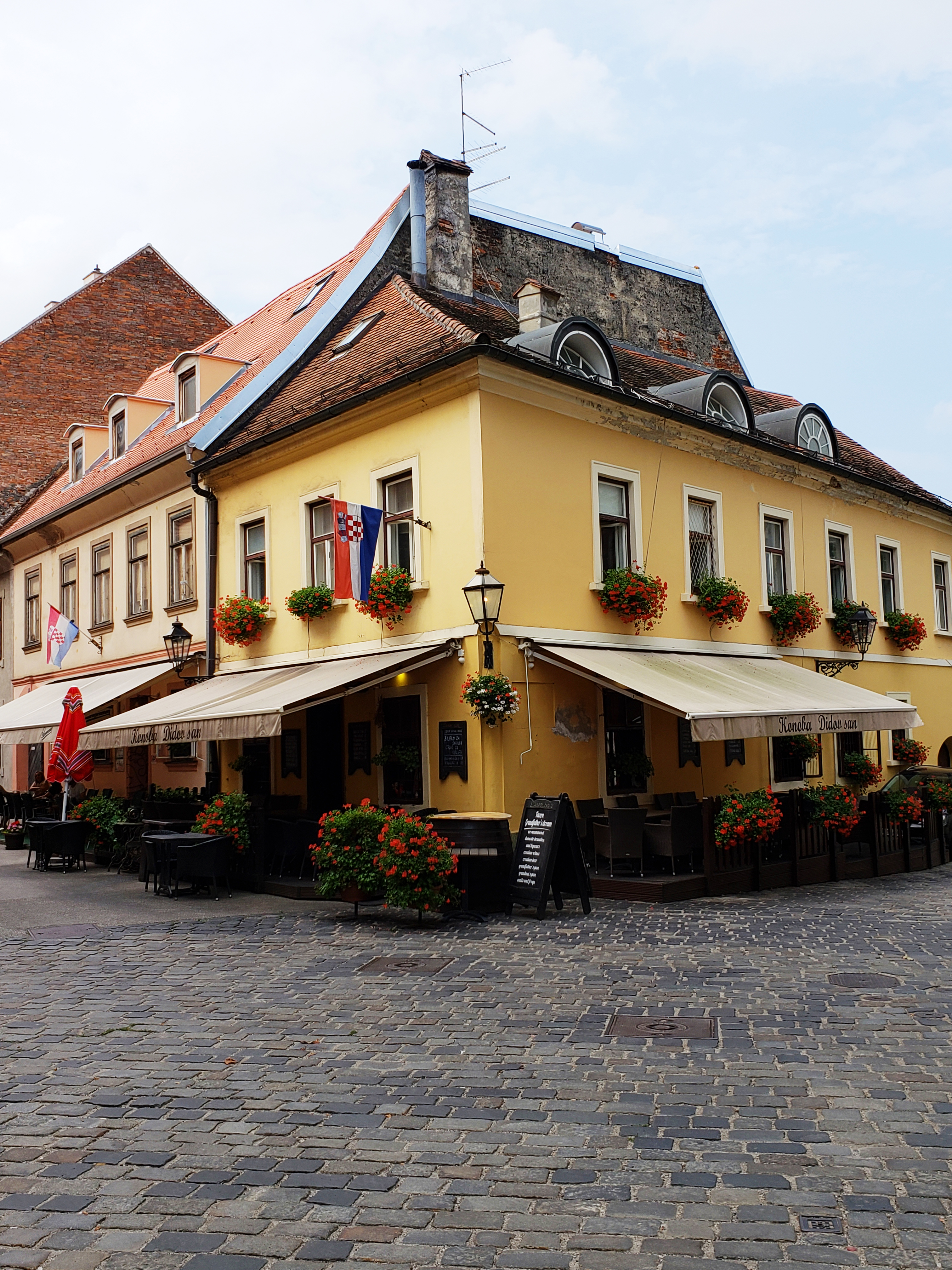
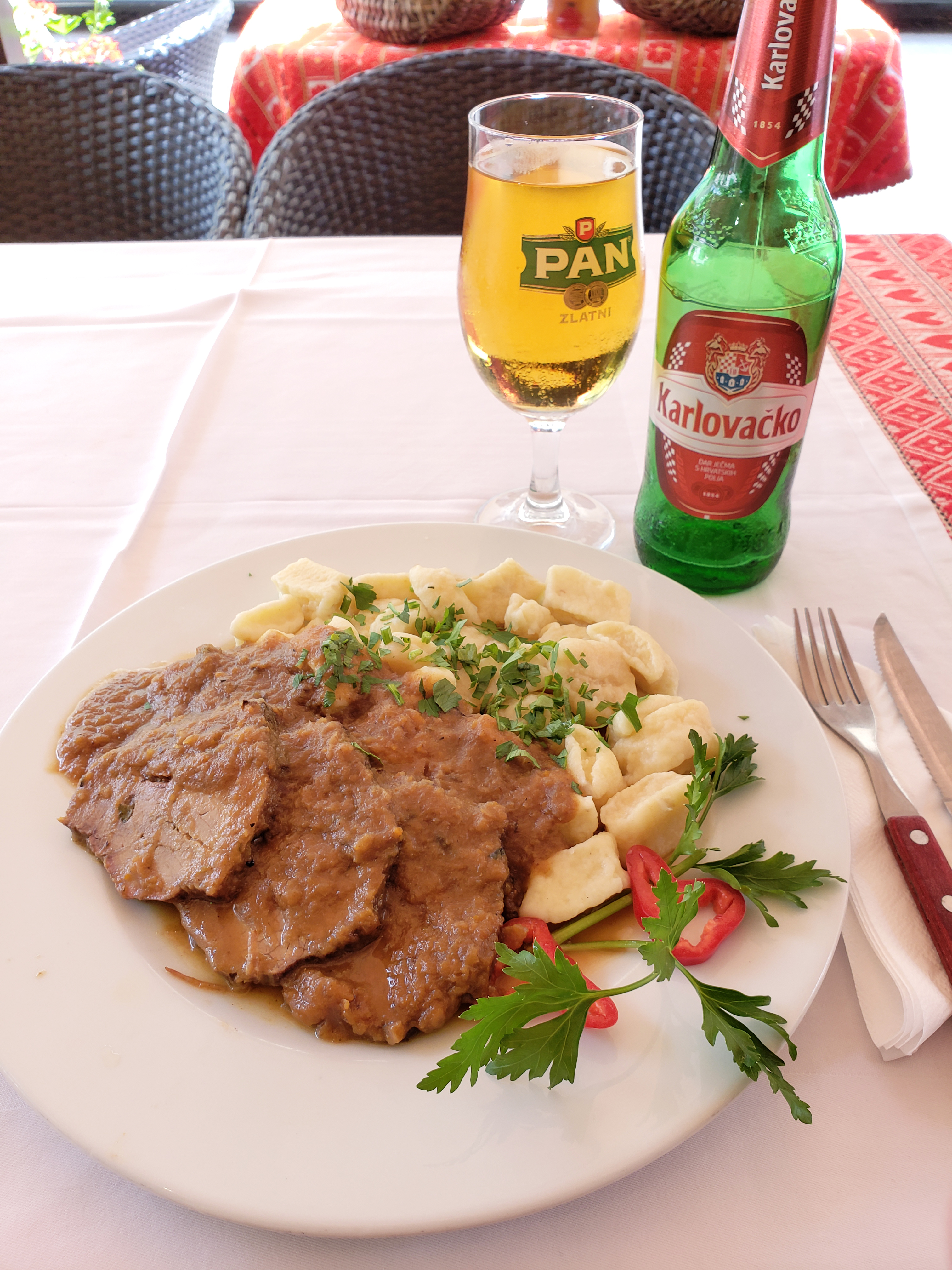
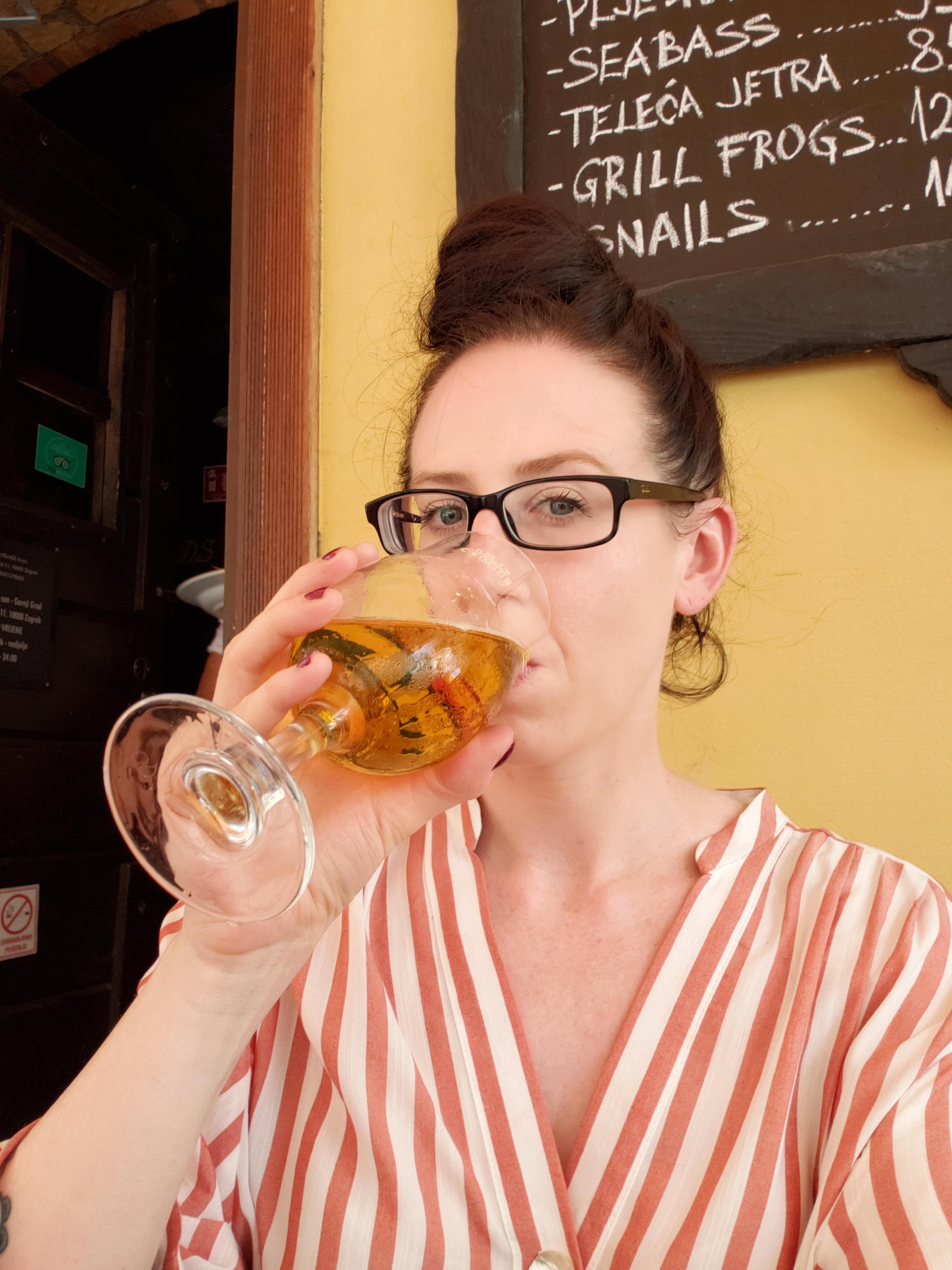
Visit A Craft Beer Bar
Craft beer is more popular than ever these days in bars and pubs around the world and Zagreb is no exception. Zagreb has a large beer drinking culture and it was my duty to find a local beer bar that specialized in the craft beer scene. I accidentally came across the Craft Room while out for a walk one night and decided with a name like Craft Room, what better place to stop for a taste of what Zagreb has to offer. The Craft Room ambiance was chilled and relaxed with a decor that was a mix of bar meets hunting lounge with 12 beers on tap, over a hundred bottled options and a knowledgeable staff behind the bar. A lively outdoor patio spills out into the streets during the weekends and is filled with young locals chatting the night away. Another great place to check out is Valhalla Metal Beer Bar. If you like beer, metal music and the show Vikings, this place is for you. The bartender is super knowledgeable, so if you like a specific type of beer, he’ll be able to steer you in the right direction.
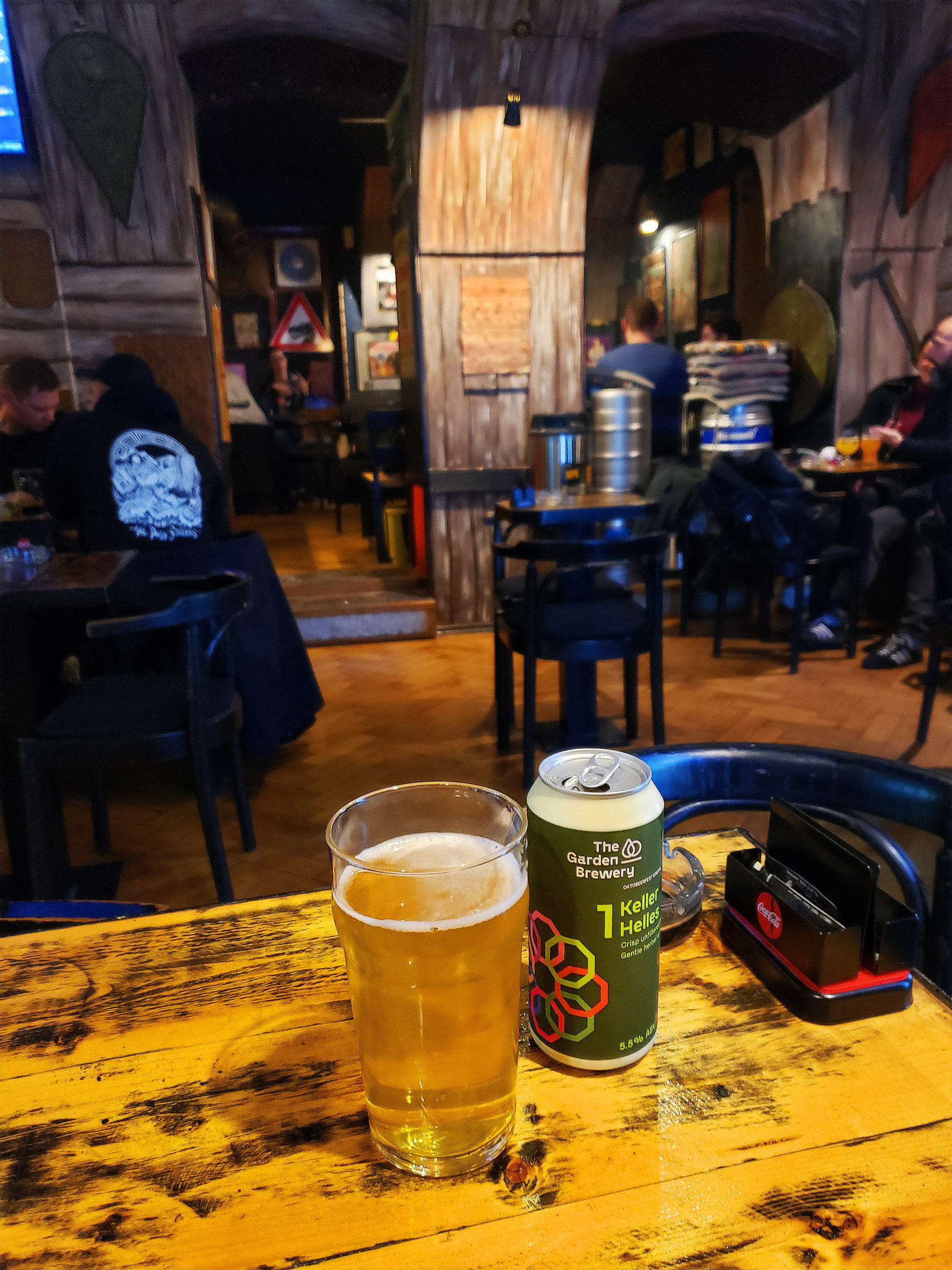
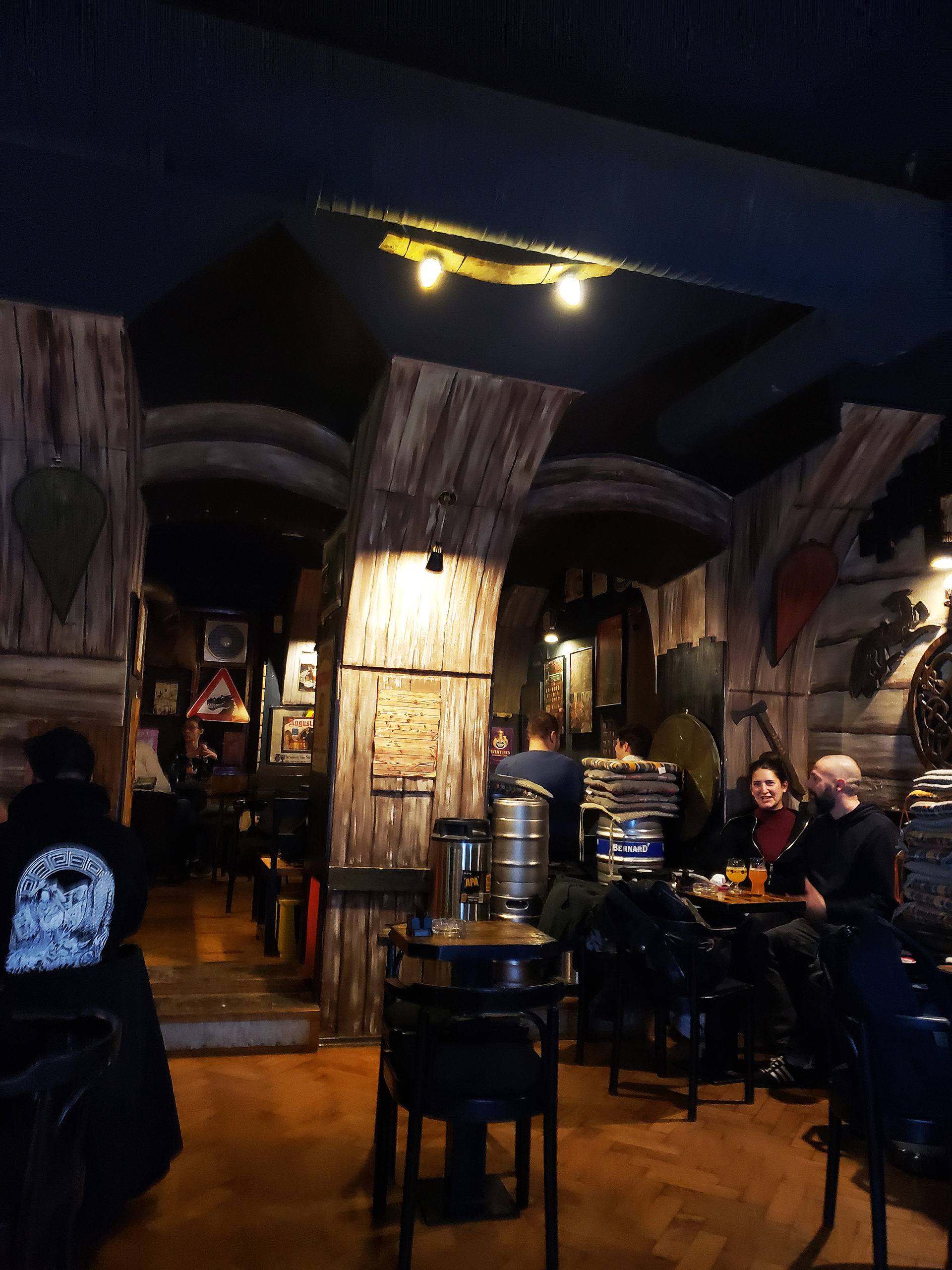
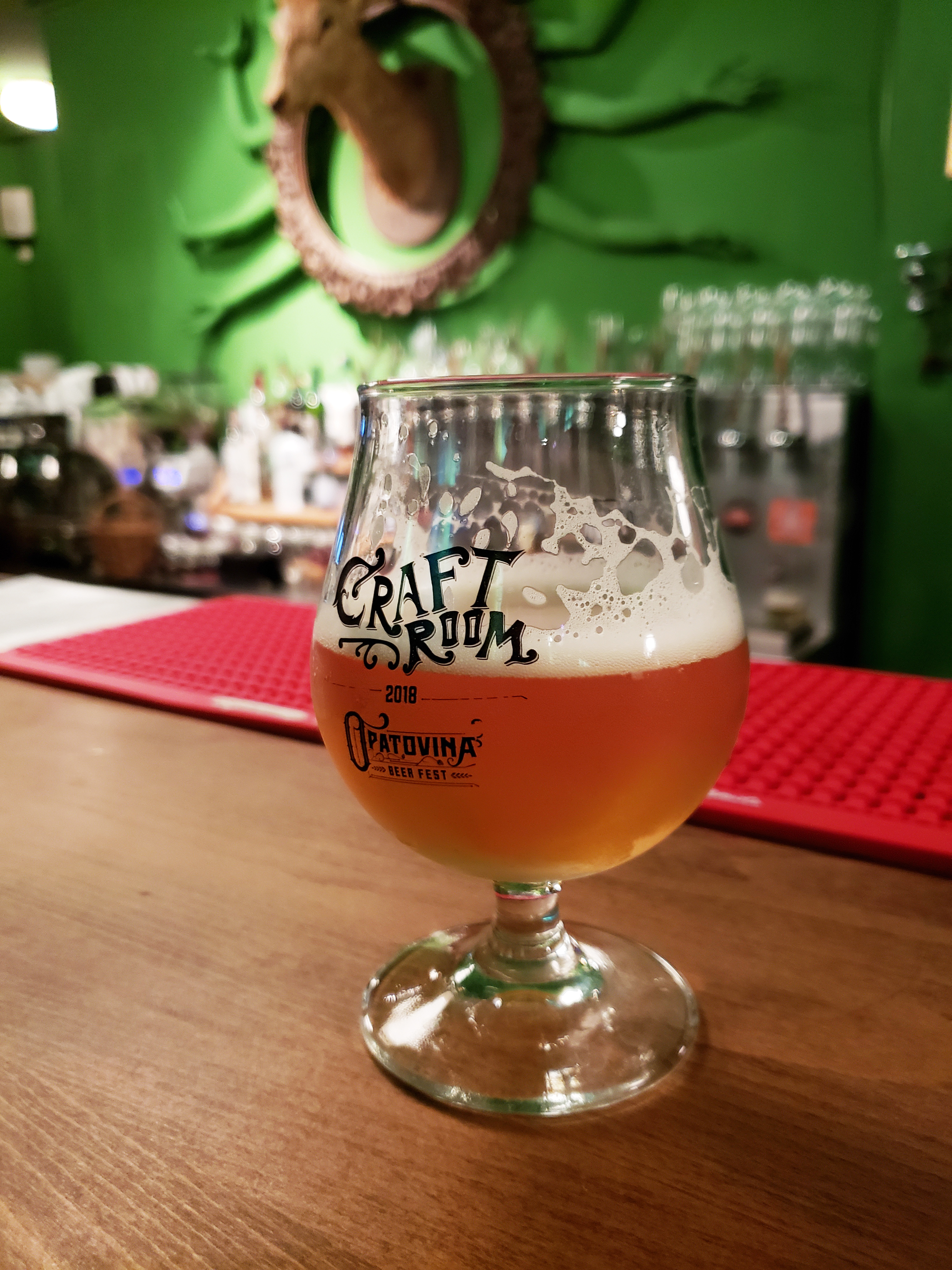
Enjoy The Local Coffee Culture
Nobody does coffee like the Croatians. Croatia’s coffee culture is a blend of Turkish, Italian and Austro-Hungarian traditions. To most people in Zagreb, drinking coffee isn’t just an enjoyable part of the morning, but a huge part of the culture as well. At any given time of the day, you will find people chit chatting on street side terraces with their coffees. Croatians treat their kava as an art form, making even the smallest cup last hours. Coffee in Zagreb, and in Croatia in general, isn’t only enjoyed in the morning with the local newspaper, but with friends and family talking about anything and everything throughout the day. If you’re used to Starbucks sized coffees, then you’re going to be disappointed; Croats don’t drink large coffees, but they do drink strong espresso based coffees, such as cappuccinos and macchiatos. So, if you’re in Zagreb, stop in at one of the many cafés located in the city, order up a bijela kava, sit back and relax and just people watch while enjoying the ambiance.
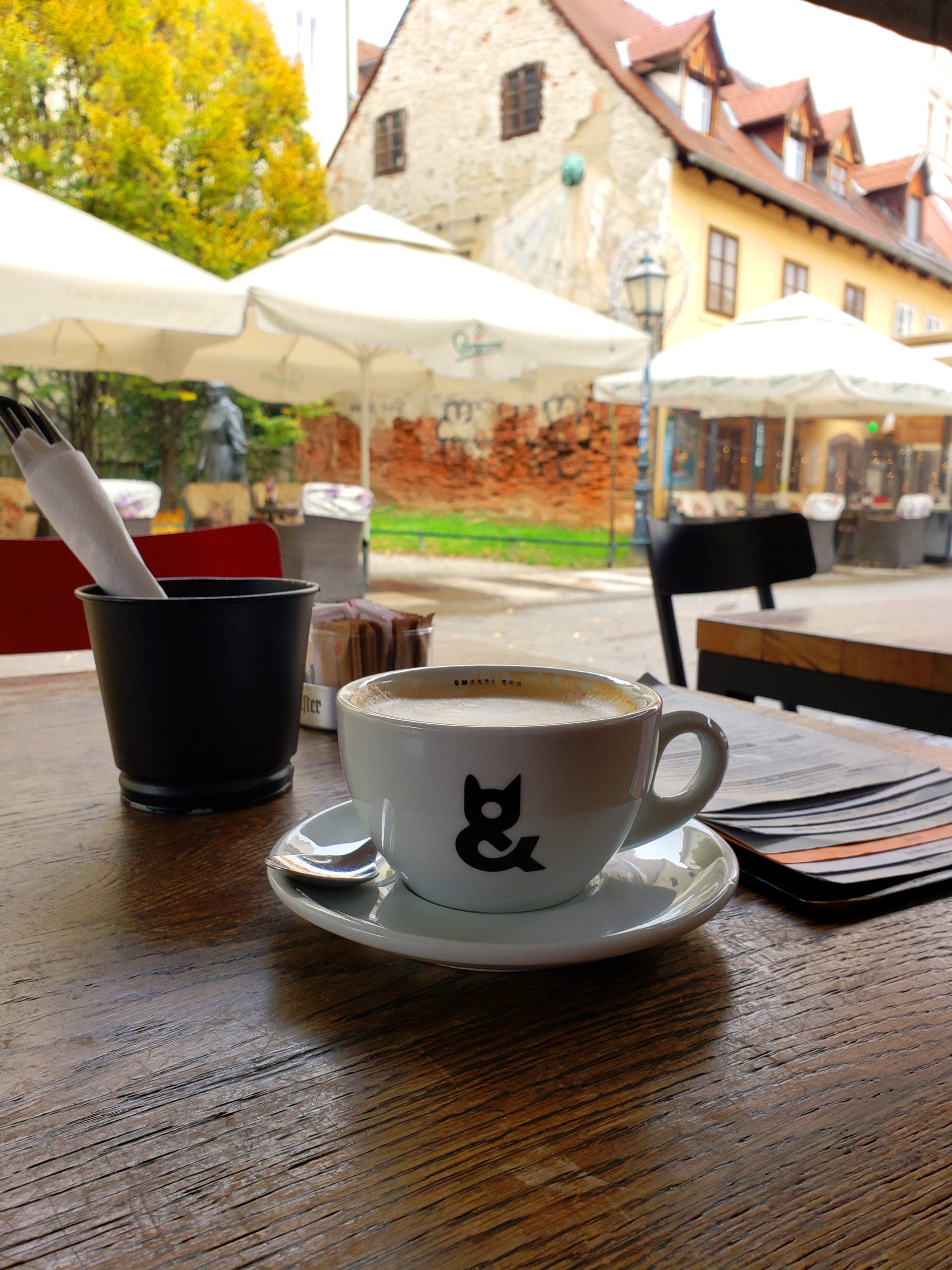
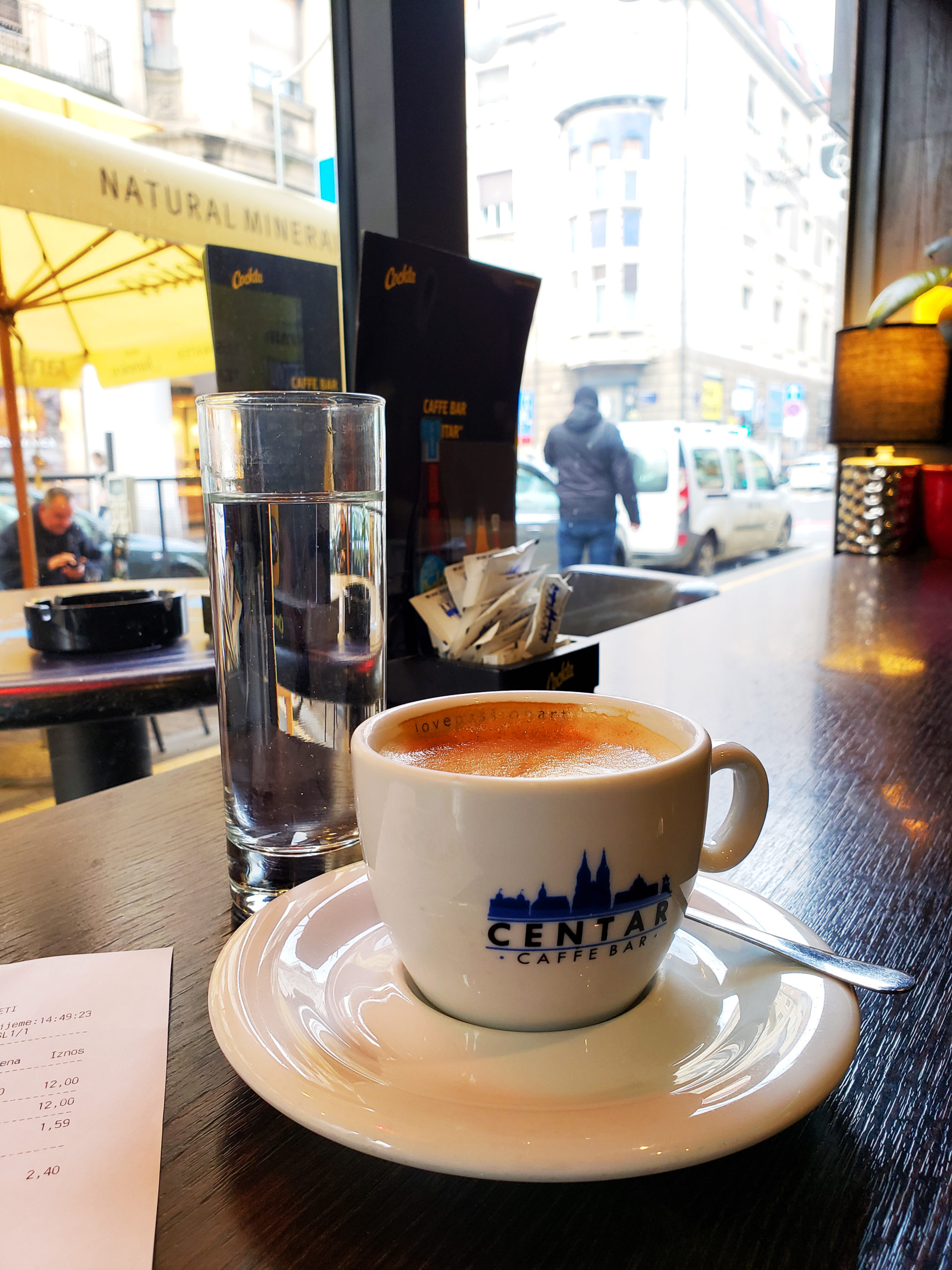
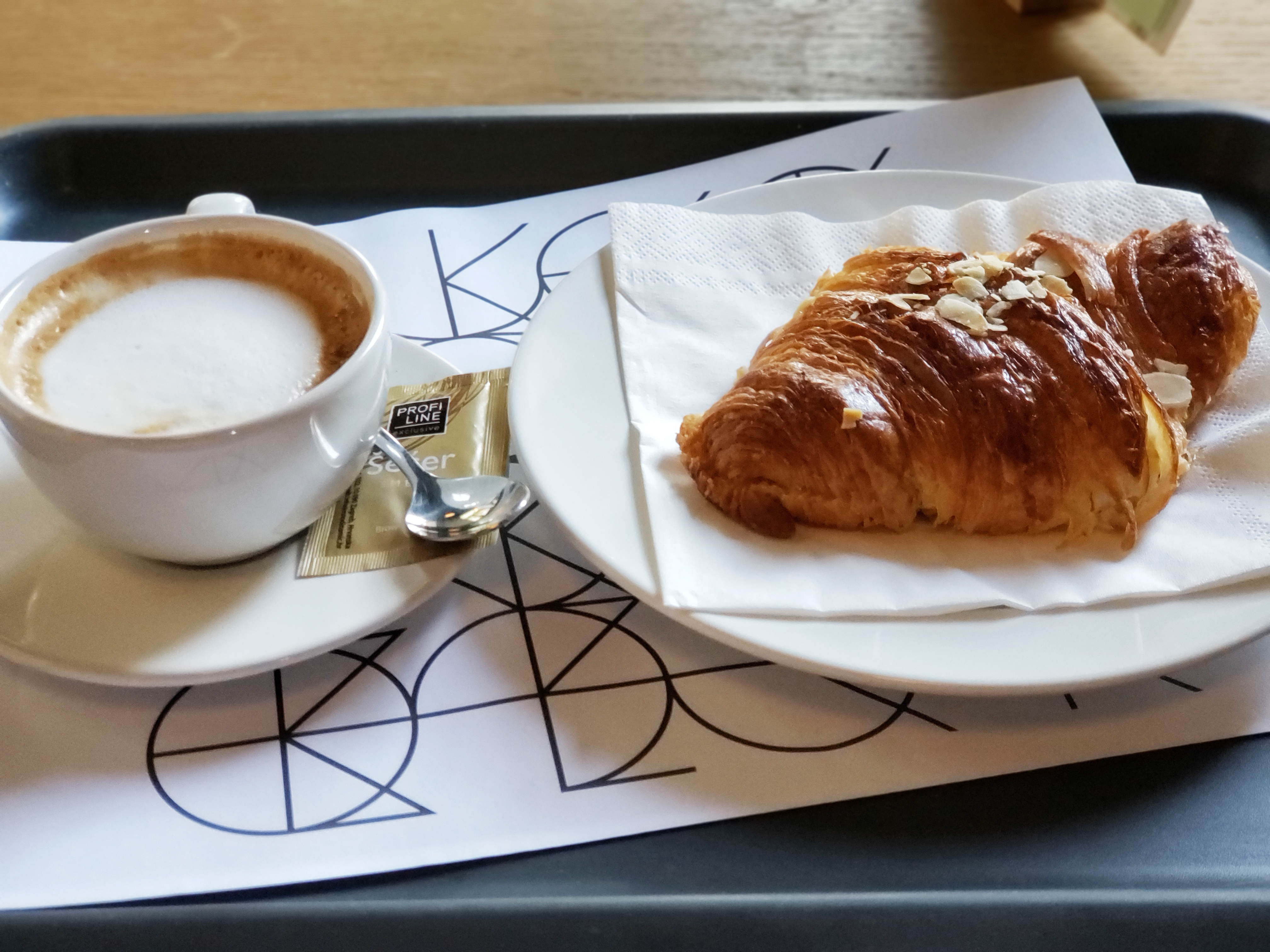
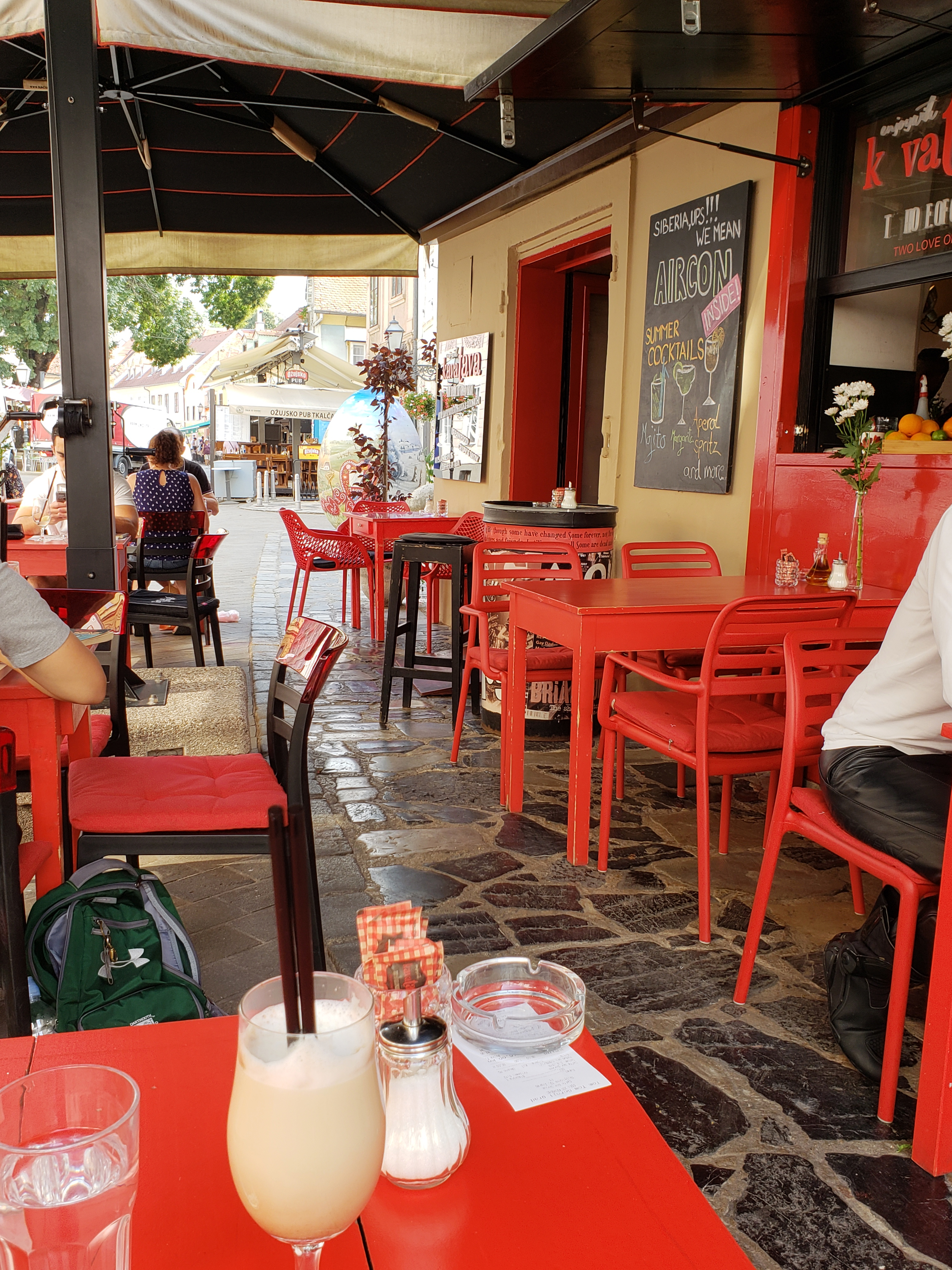
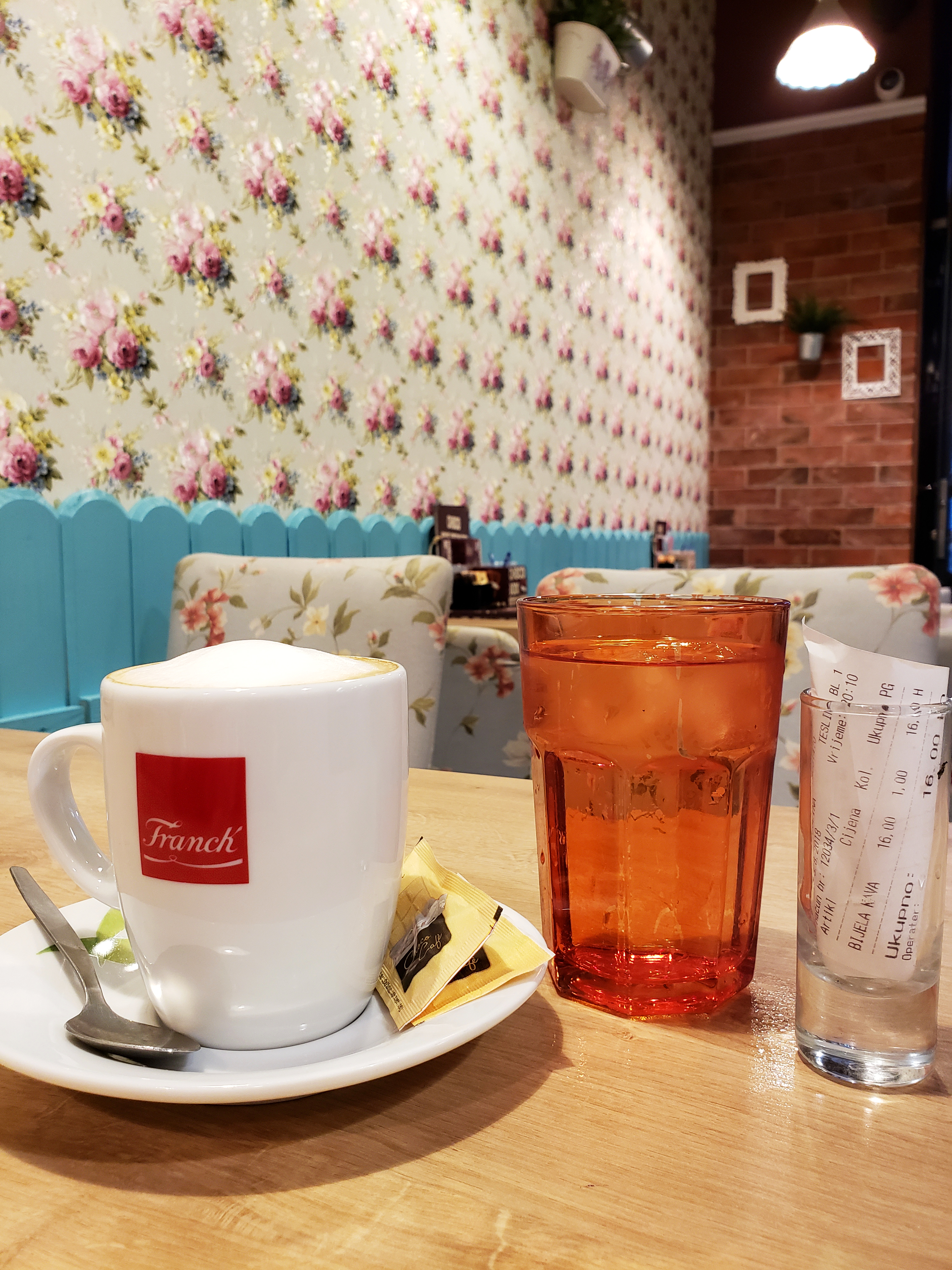
Zagreb Funicular (Zagrebačka Uspinjača)
The short and sweet Zagreb funicular is definitely an experience to have while visiting the city. Known as the shortest funicular in the world, this 120 year old method of transportation takes Zagreb’s people from Donji Grad to Gornji Grad in less than a minute. It was the first mode of transportation of its kind in Zagreb and has kept with its original look even after changing from steam powered to electric over the years. The lower station is located on Tomićeva Street, while the upper station is located right at the base of Lotršćak Tower. The ride will cost you only 5 Kuna (less than 1 Euro) and is a fun little way to experience a piece of Zagreb’s history and if you’ve been walking around the city all day, it’s a little treat for your feet, even if it’s only for a minute. 🙂
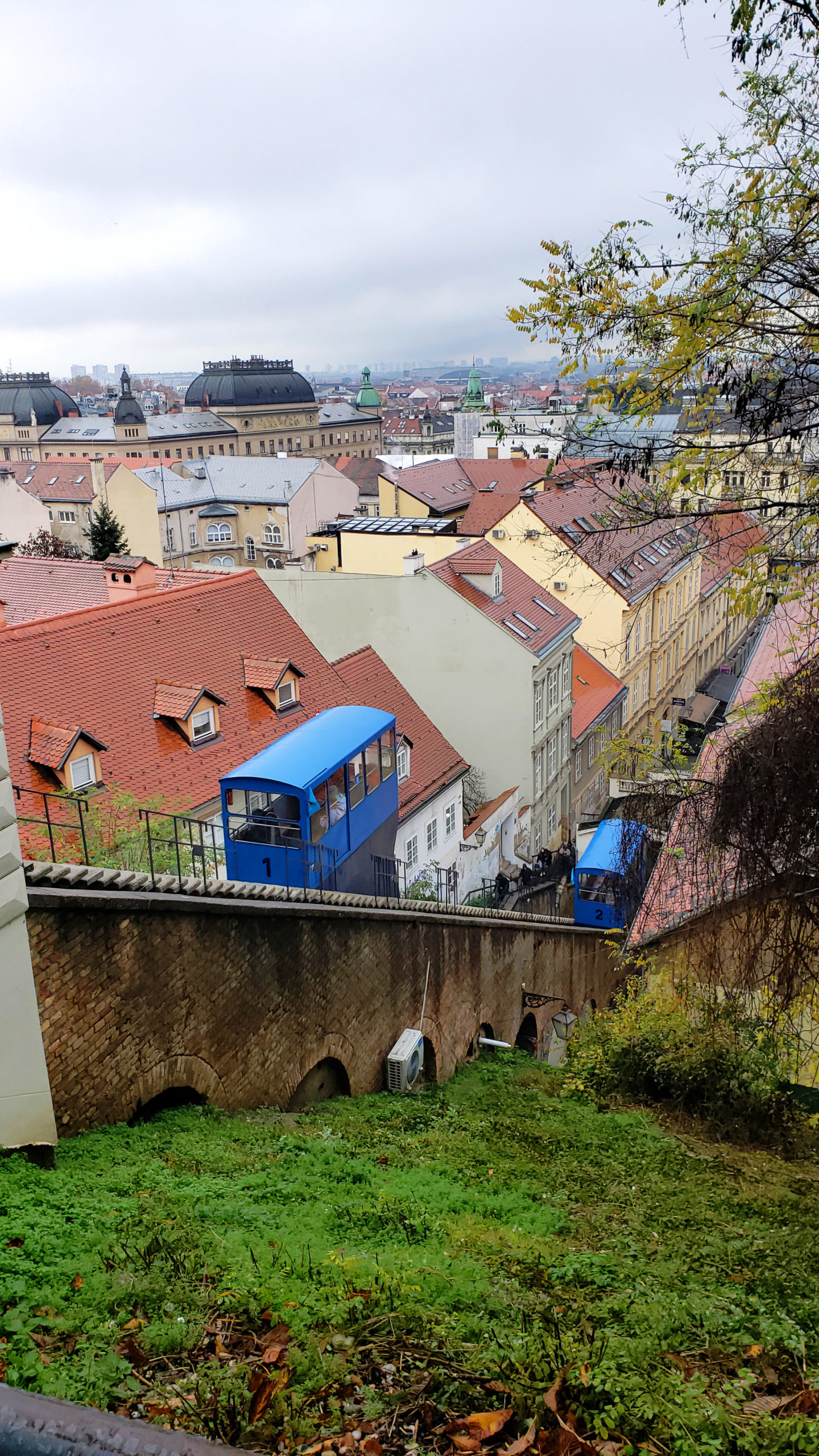
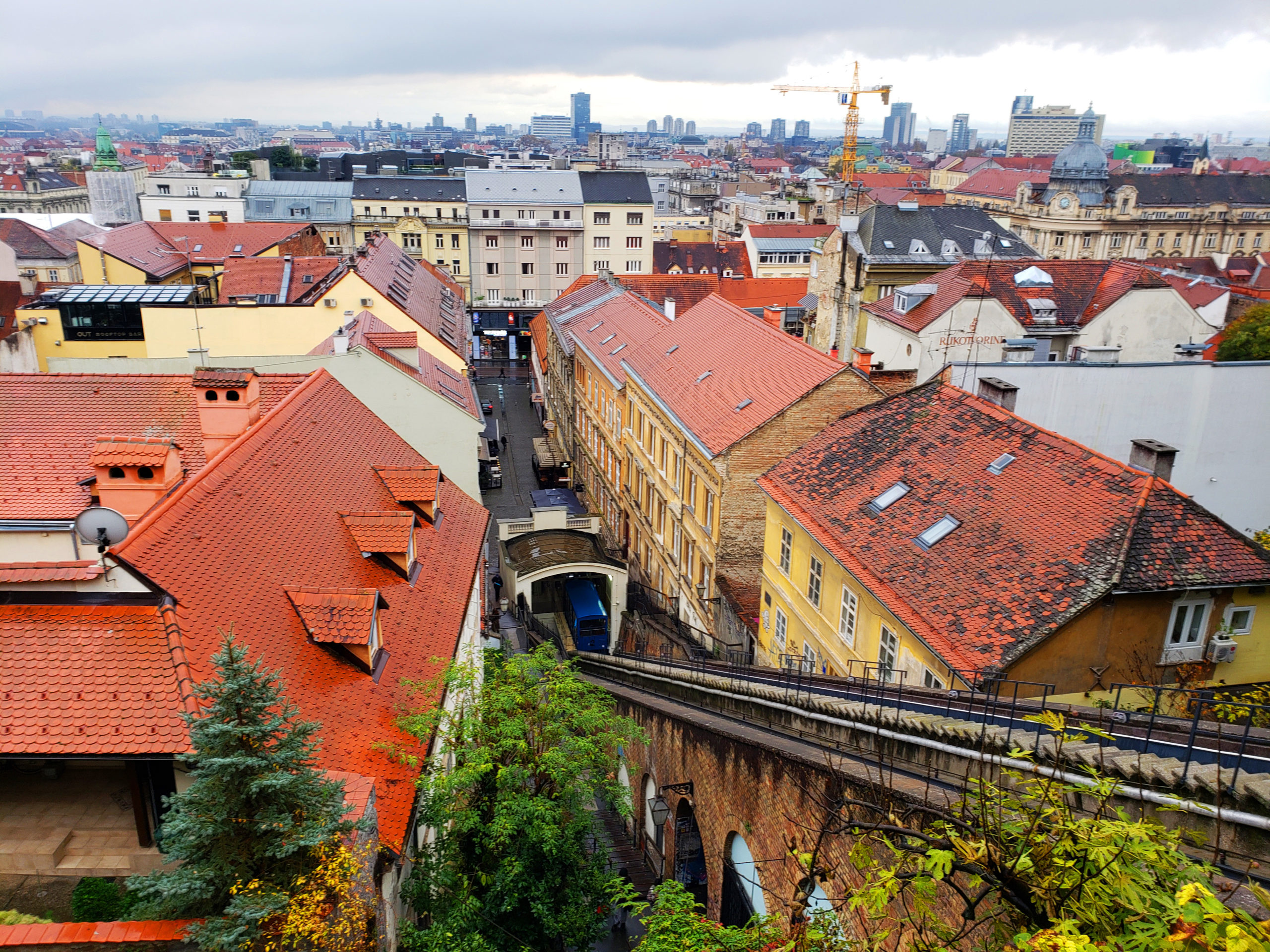
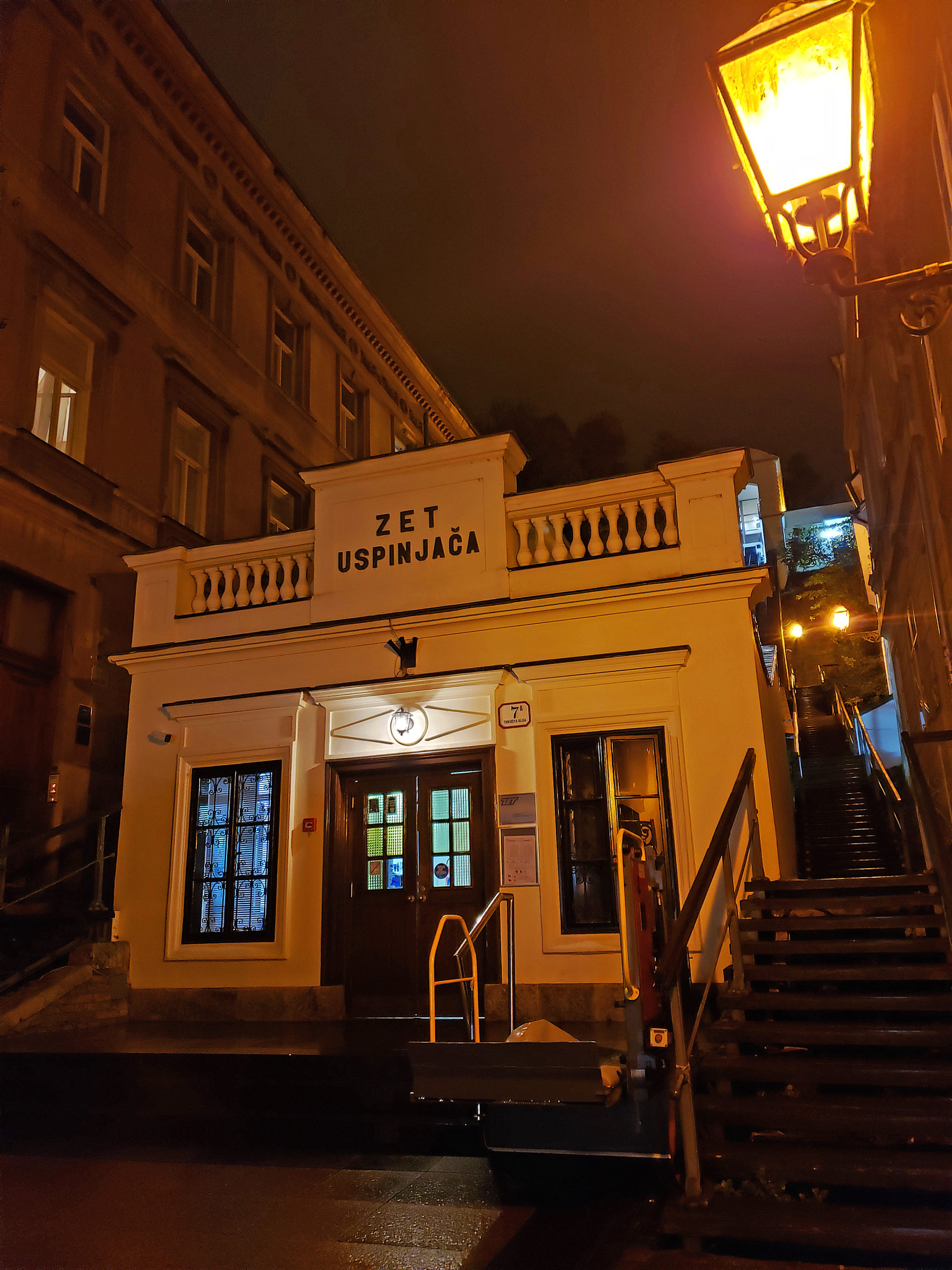
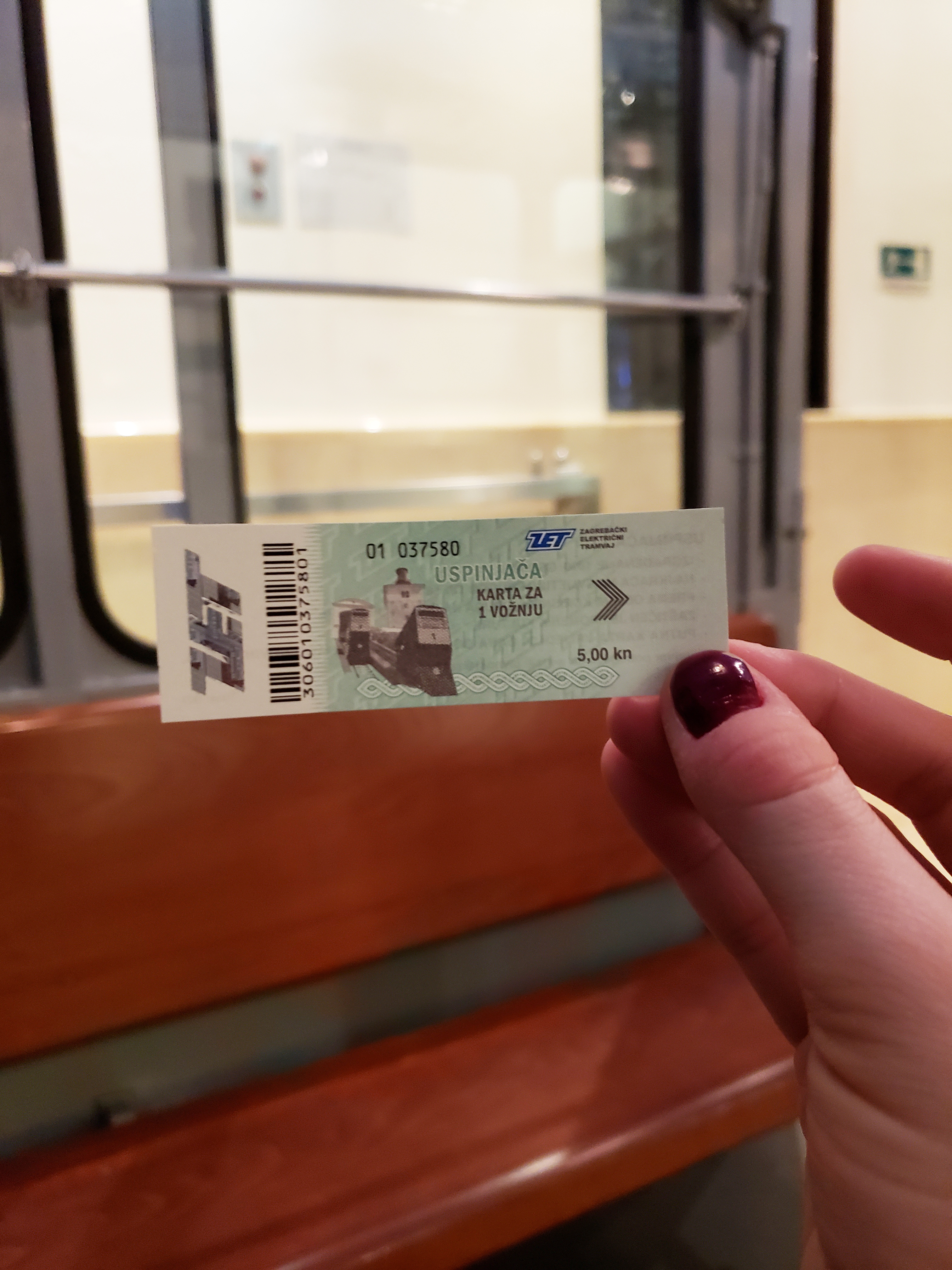
Strossmayer Promenade (Strossmayerovo šetalište)
Named after the Croatian bishop, politician and writer Josip Juraj Strossmayer, the Strossmayer Promenade is hands down, one of the most popular areas of Zagreb that boasts some of the best views of the city. Located at the top of the Zagreb funicular, the Strossmayer Promenade is the perfect green oasis away from the hustle and bustle of the streets of Donji Grad below. Lined with tall trees and food and beverage stalls, it’s easy to sit down on a bench here, relax in the shade and people watch for hours. Throughout the year, the Strossmayer Promenade is home to many events, art installations and even some musical performances, so whether you visit during the day or night, there’s always some form of activity happening there.

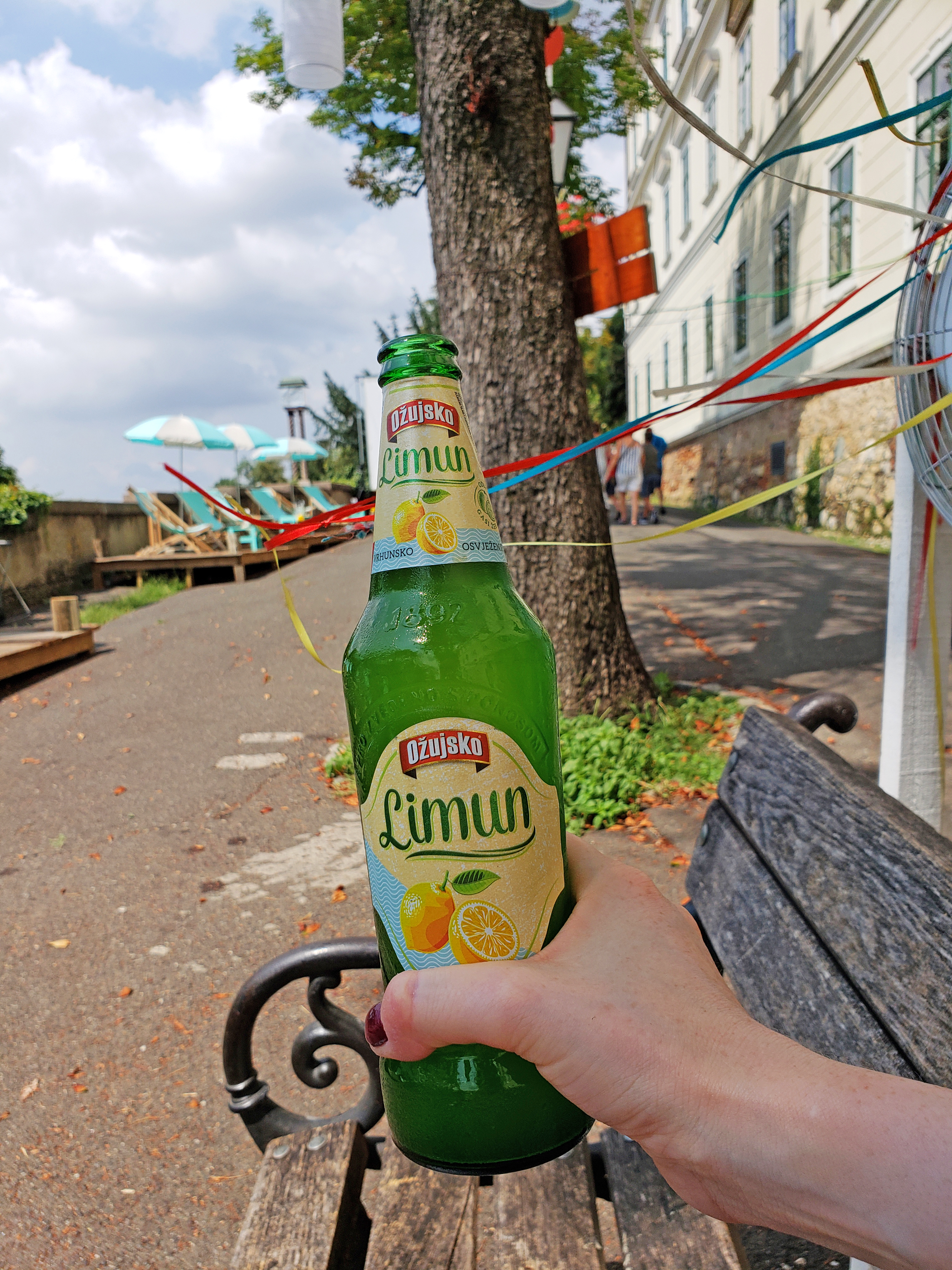
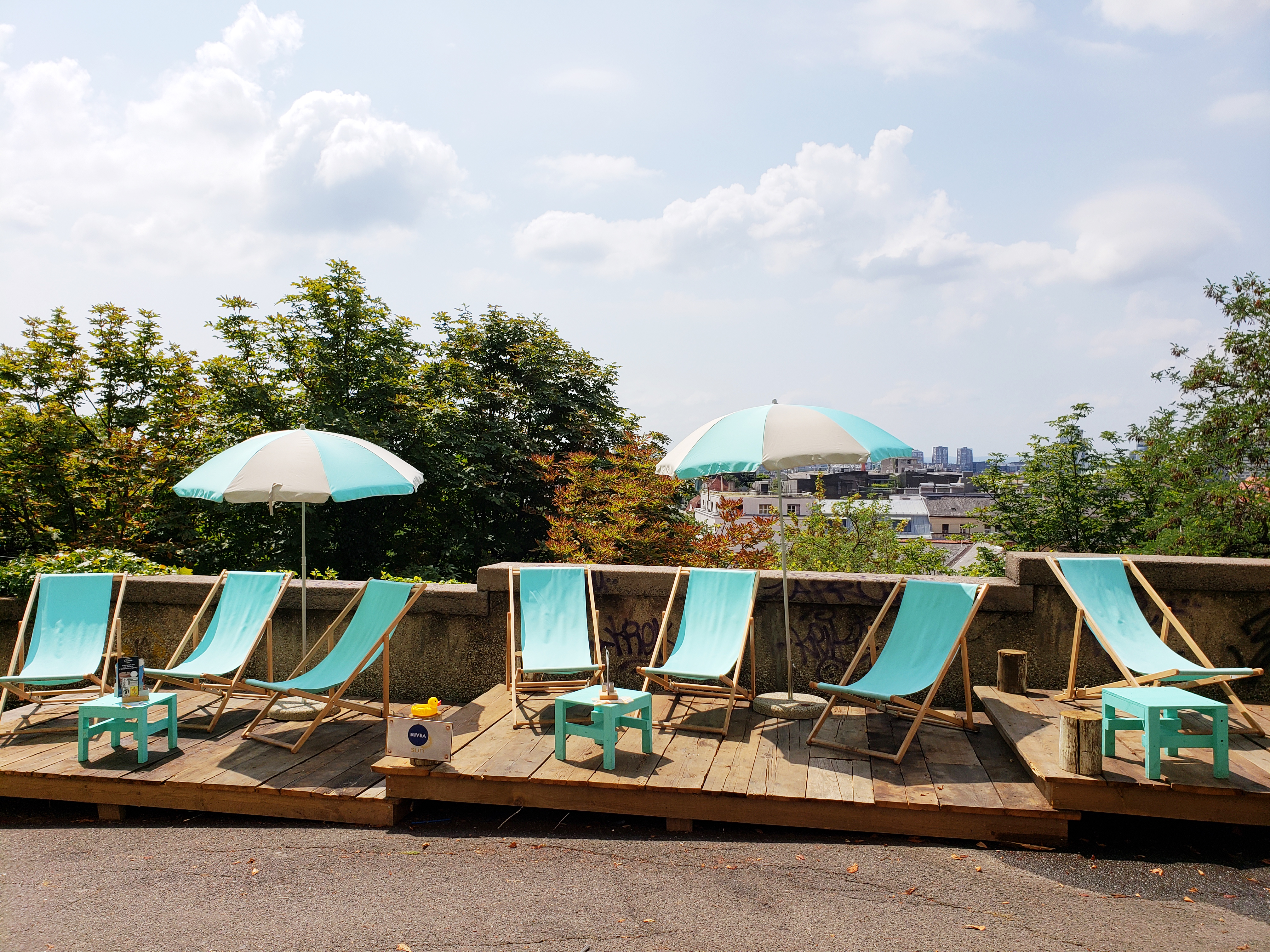
Museum Of Broken Relationships
Definitely one of the most unique and quirky museums that I’ve ever been to, the Museum of Broken Relationships touches on exactly that; broken relationships. From faded summer romances to distant and withering parent and child relationships, this museum will grab your attention within the first few minutes of entering. The stark white walls adorned with pops of colourful mementos hanging on the walls, or placed in glass boxes are accompanied by stories behind the items and donated to the museum from people all over the world. Some of the museum’s items include photographs, shoes, a box of popcorn, a mother’s suicide note and even an axe. Each item has a unique story and to the viewer they are just average items, but when you take the time to read the stories behind them, you’ll definitely look at the items in a different light. Some stories are funny, some strange and others are downright heartbreaking. For a reasonable price of 40 Kuna (just under $9 CAD) it’s a must see if you’re into unique museums. The museum also houses a tiny café and a souvenir shop towards the main entrance.

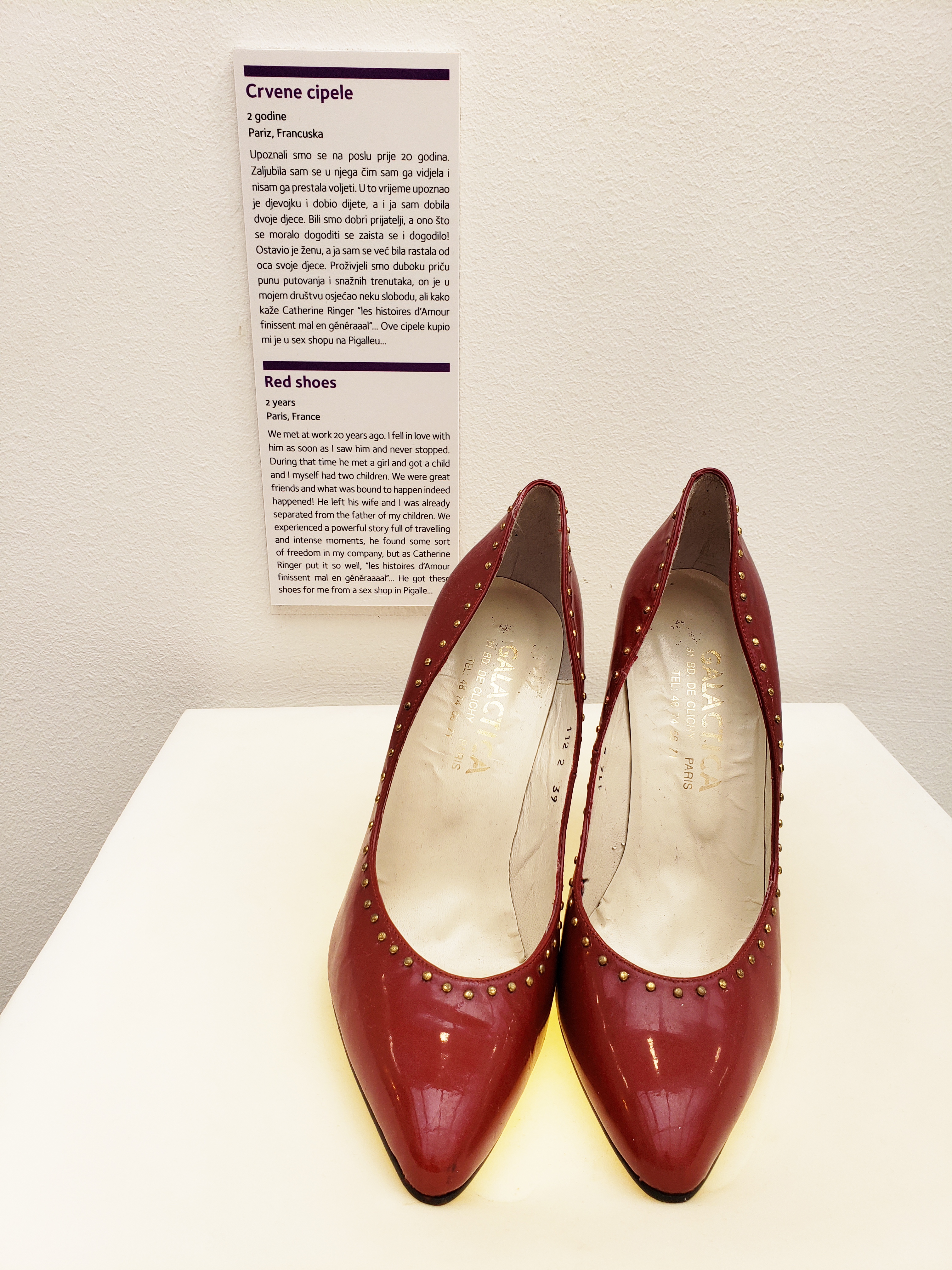
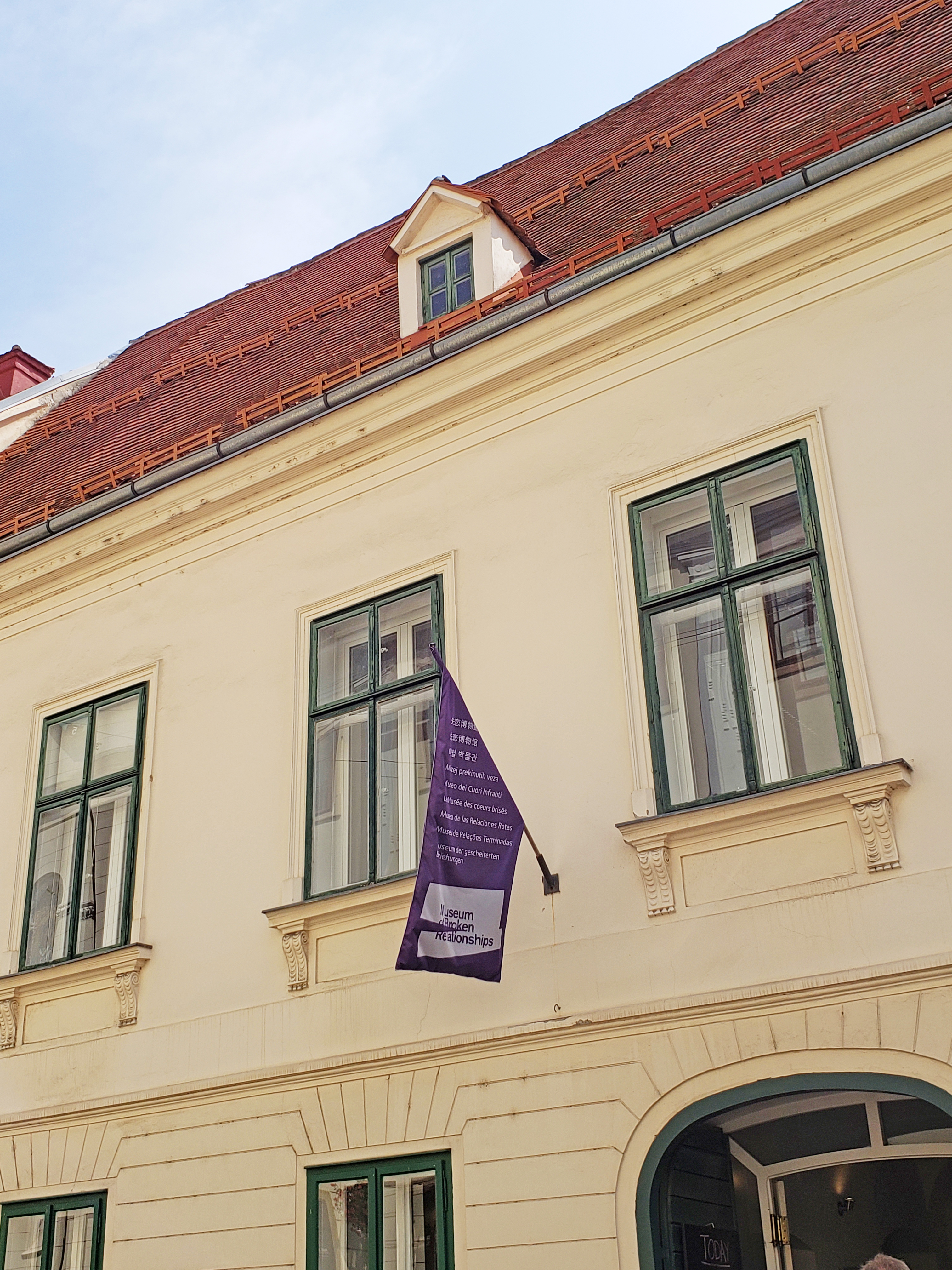
Admire Zagreb’s Beautiful Gardens
The moment I arrived in Zagreb, the first thing I noticed was just how gorgeous, bright and colourful the gardens were. Everywhere I looked, there would be blossoming flowers arranged meticulously in wide open green spaces. Against the bright blue skies, vibrant buildings and emerald grassy areas, the colours of the flowers pop out at you as if your eyes are seeing amped up hue and saturation levels. Grab a drink and a snack and relax in one of the many parks while surrounding yourself with beautiful flowers to literally brighten up your day.
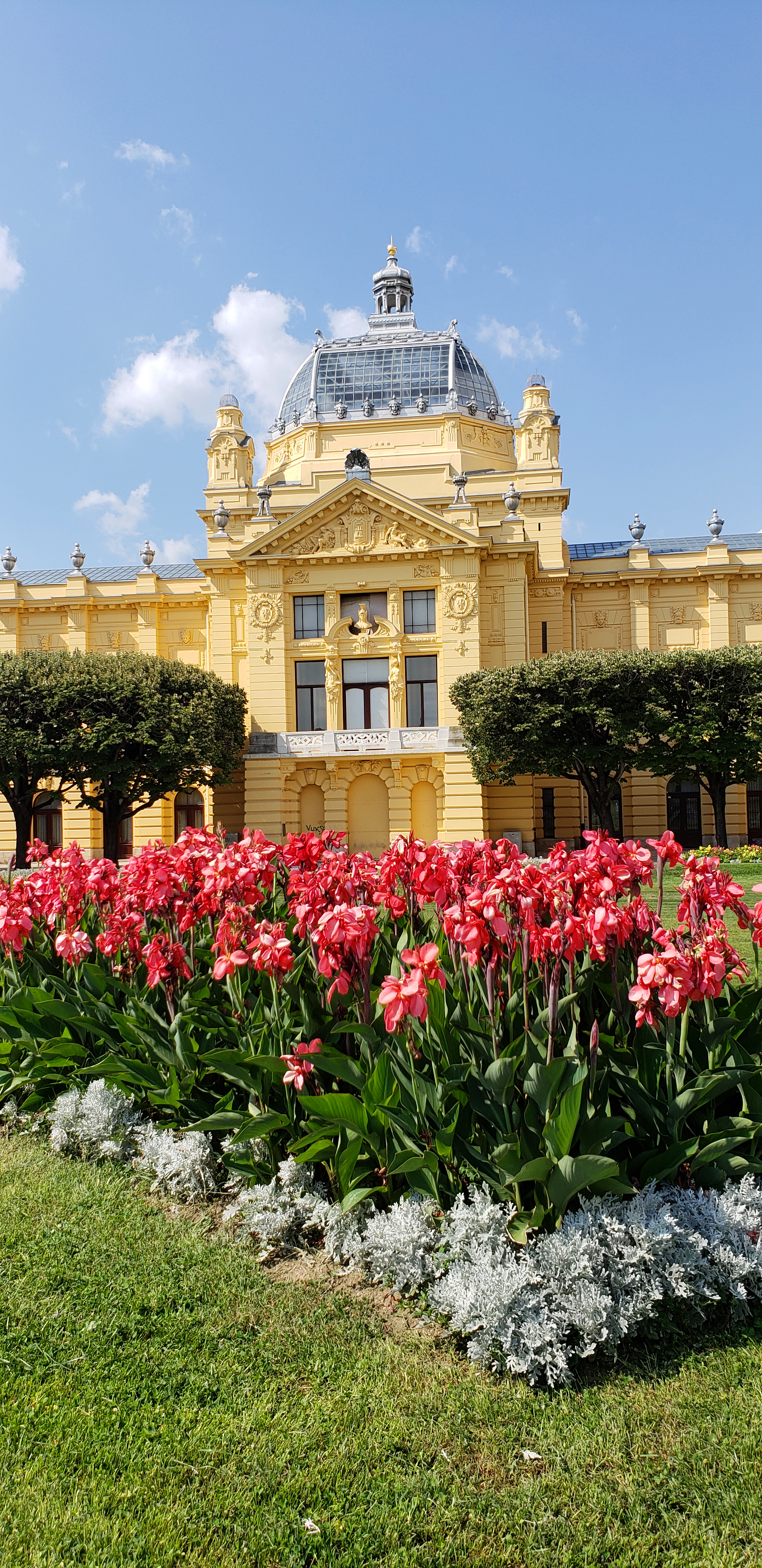
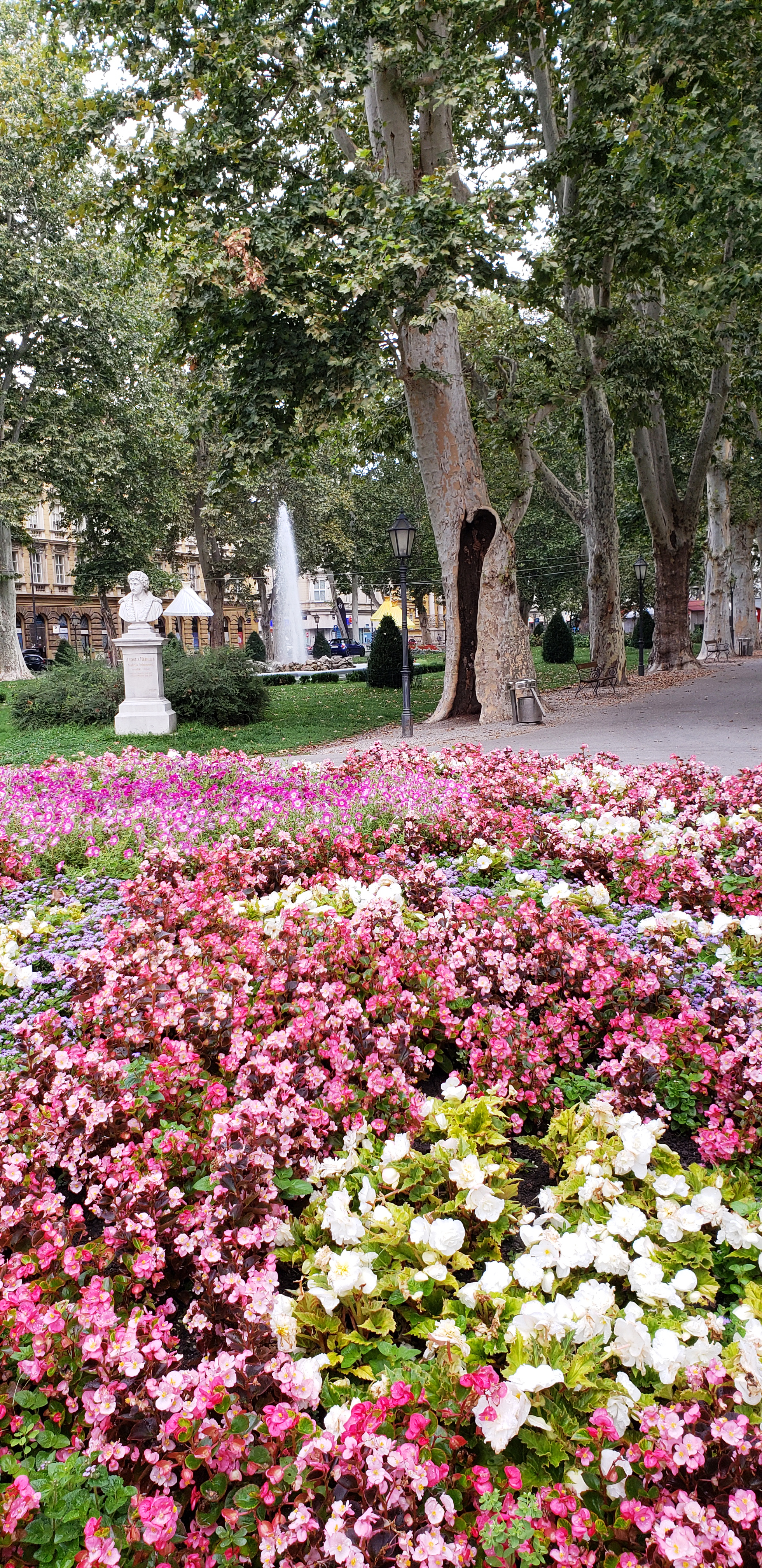

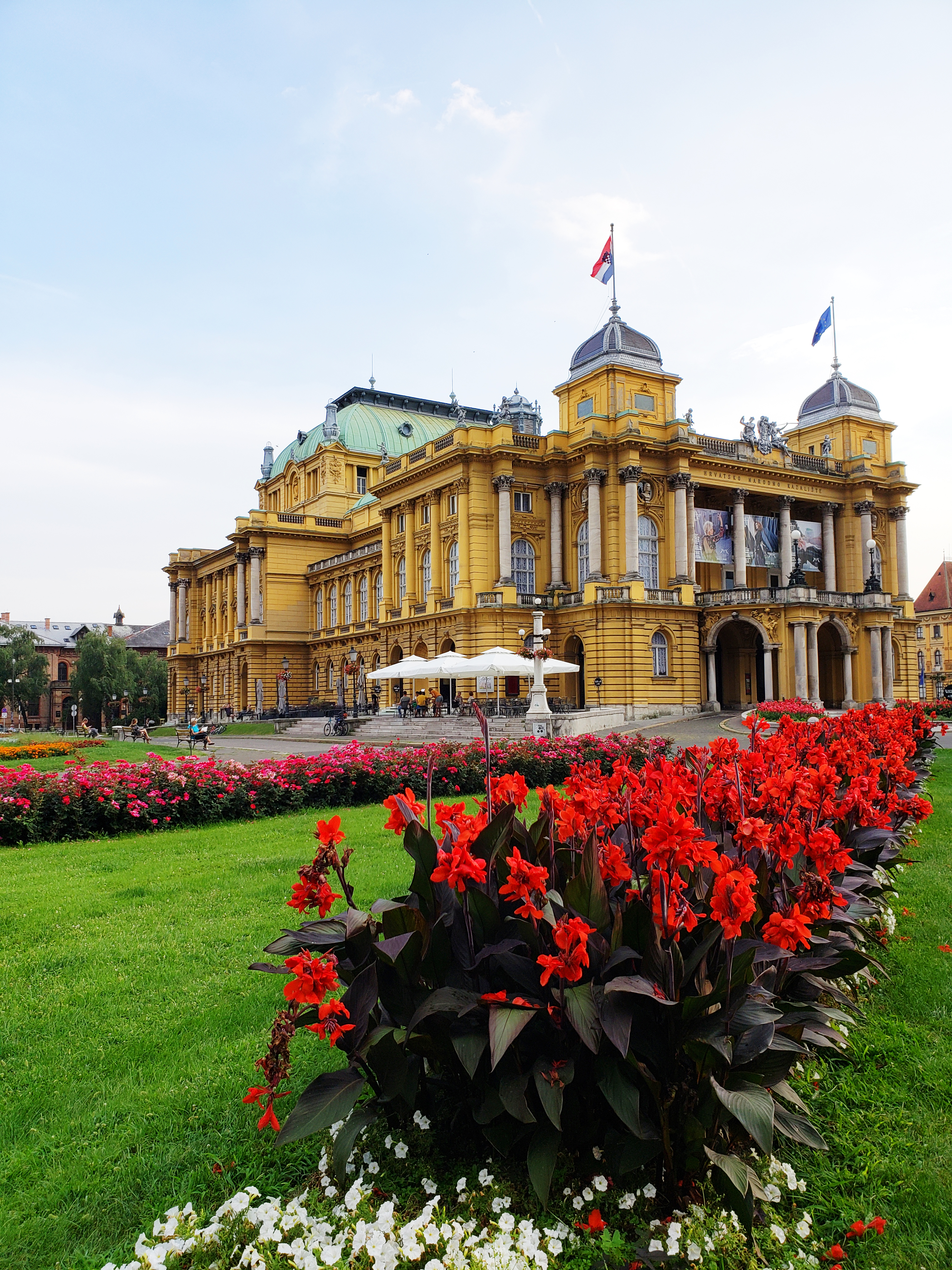
Get Lost Within The Streets
Zagreb is a very walkable city and taking full advantage of wandering the streets is a must. Put down the map and let your feet be your guide and just enjoy strolling the winding medieval streets while stumbling upon hidden viewpoints, quaint cobblestone alleyways and lesser travelled side streets. You never know what you’ll find if you wander off the main streets and away from the tourist attractions.
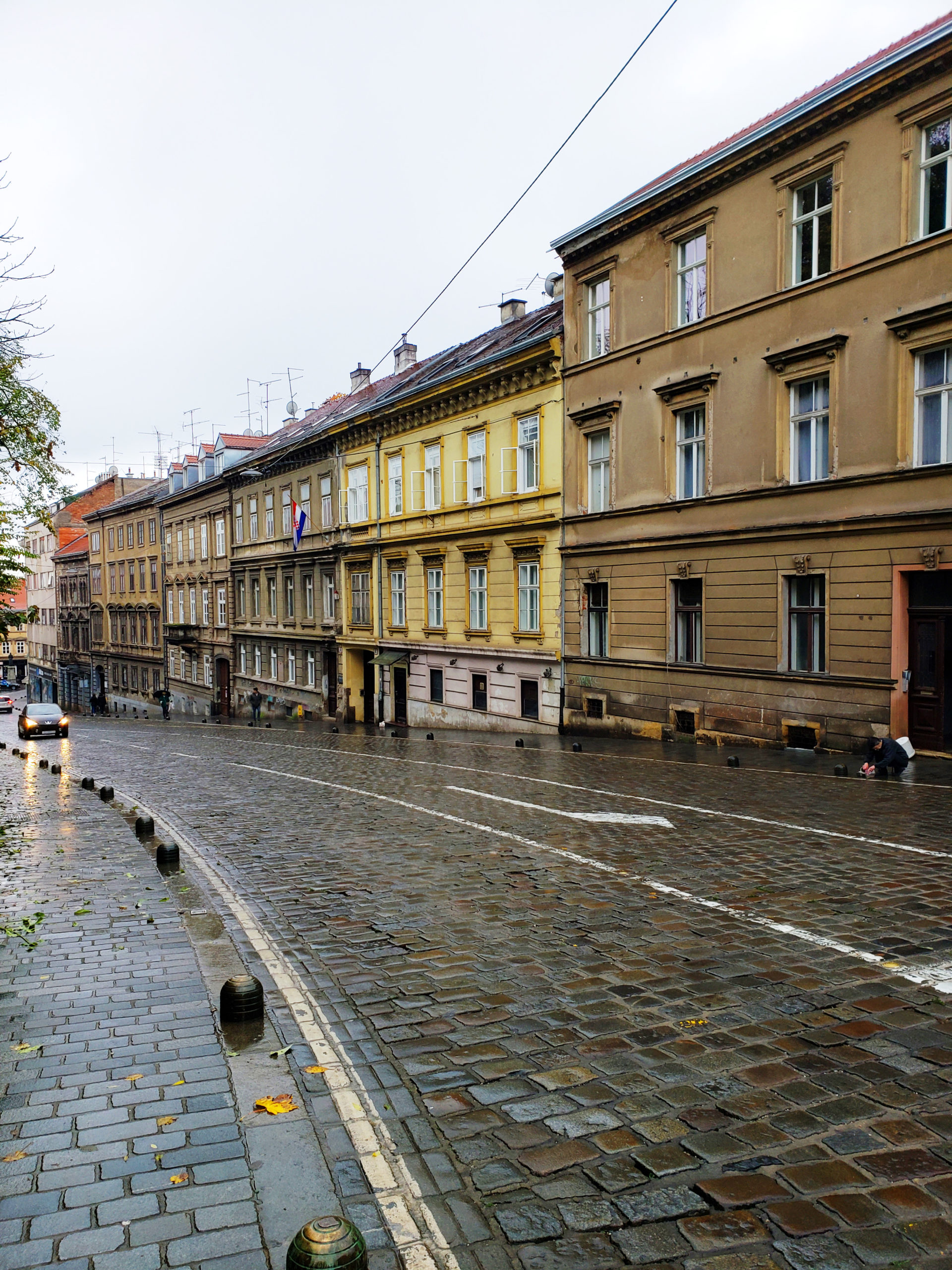
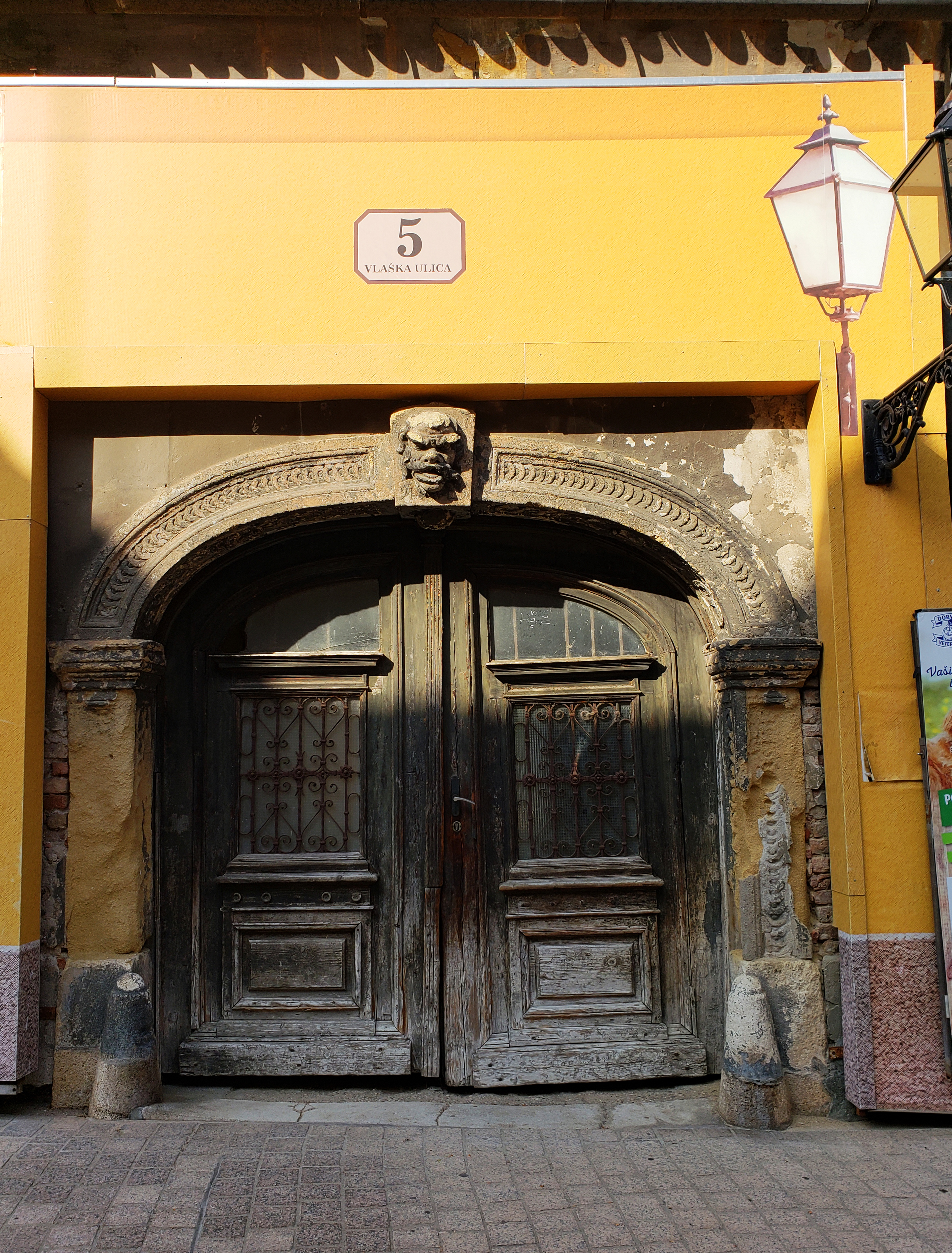
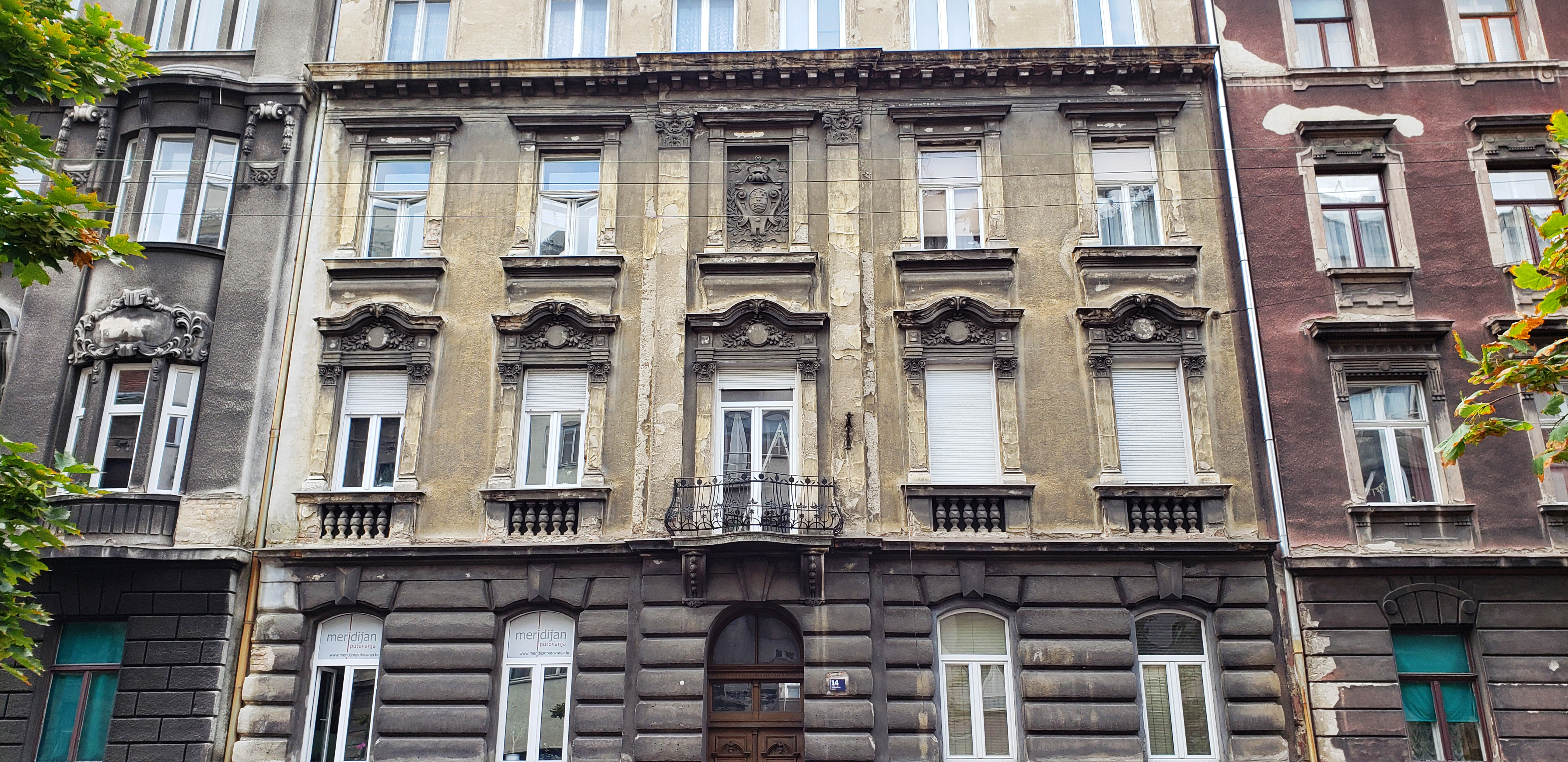
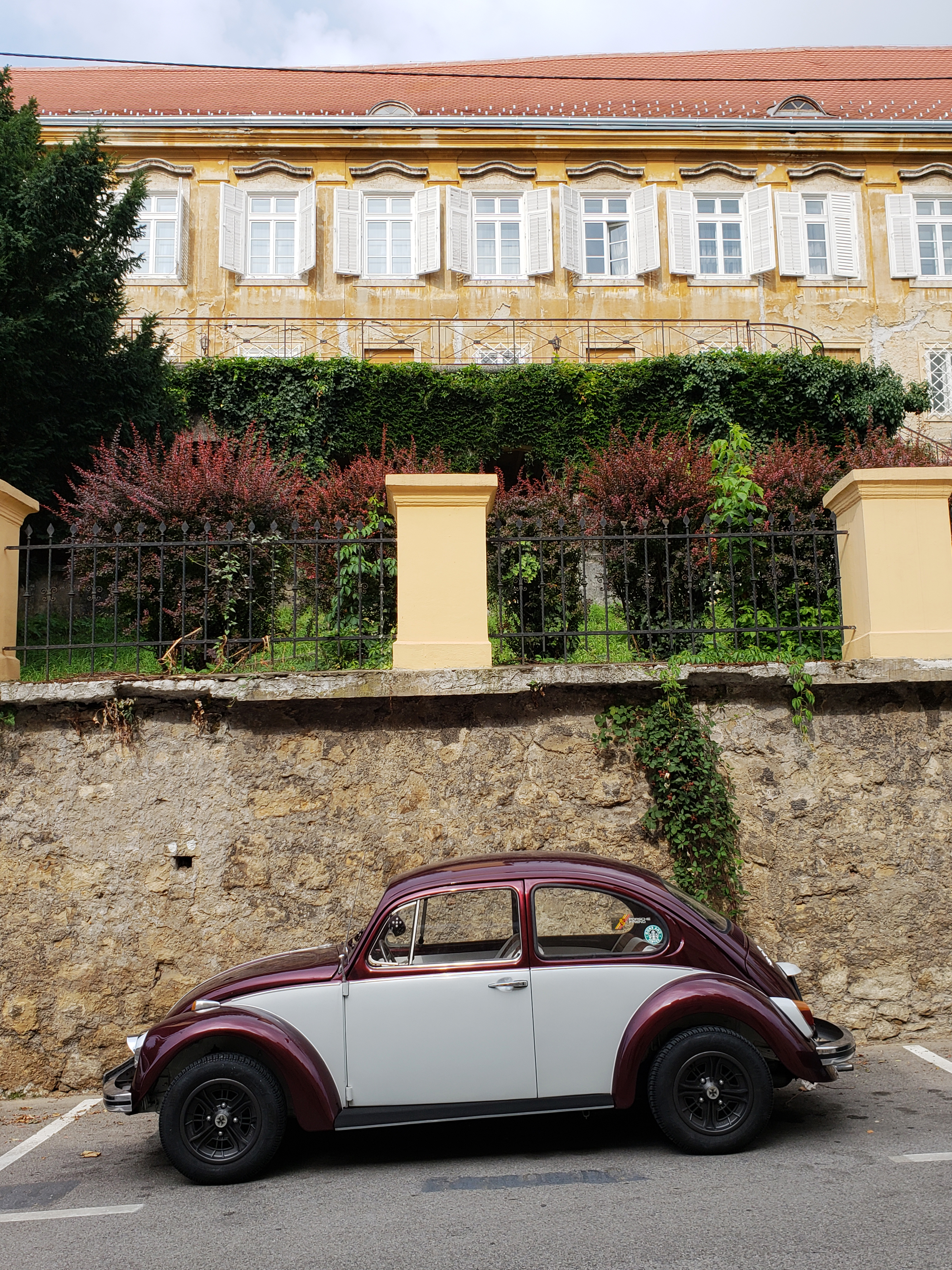
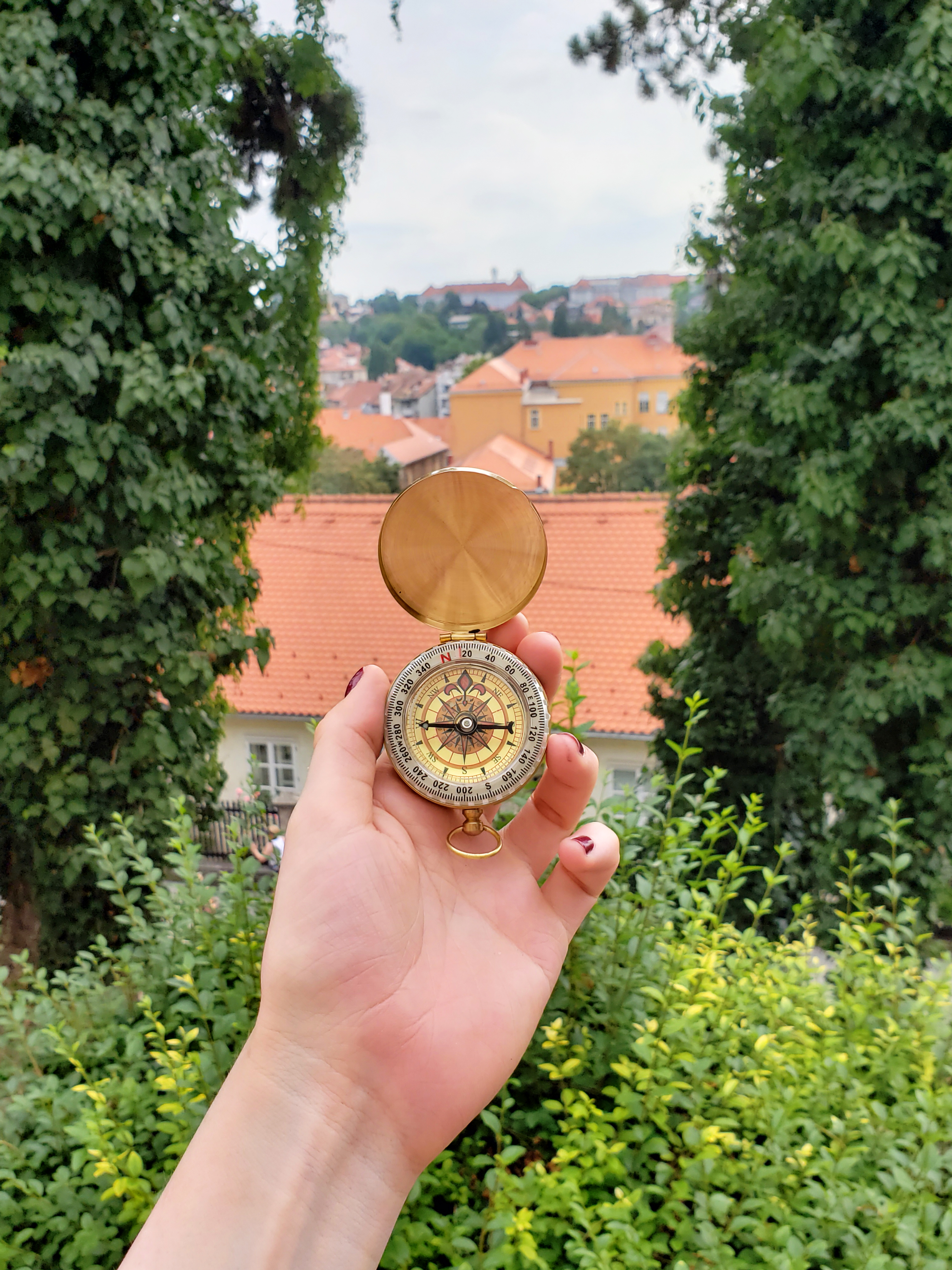
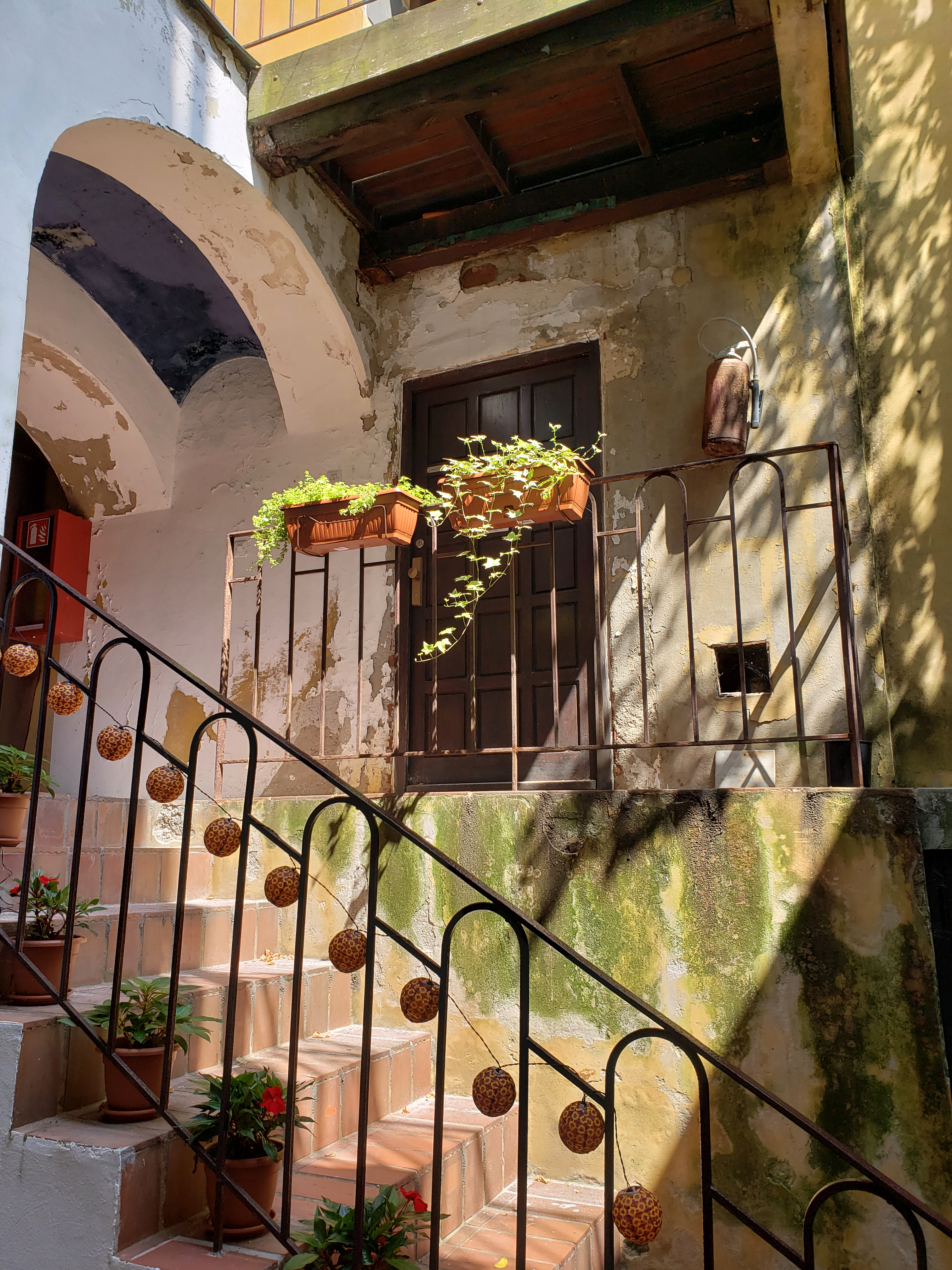
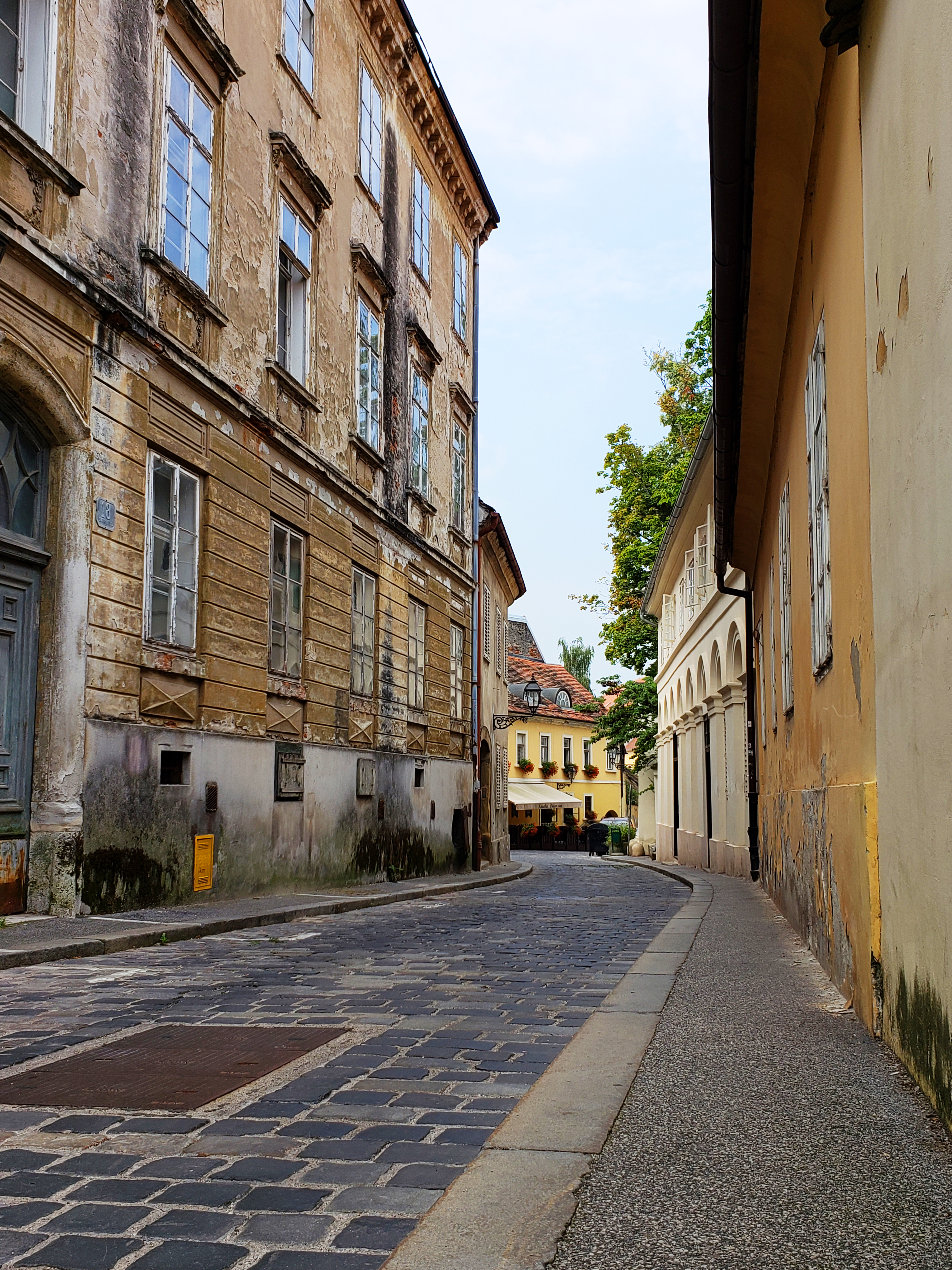
Mirogoj Cemetery
Located an hour’s uphill walk from the Upper Town of Zagreb, you will find one of Europe’s most beautiful cemeteries, Mirogoj Cemetery. This cemetery feels anything like your typically cemetery. Located on a massive plot of land in northern Zagreb, Mirogoj looks more like a beautiful park and an open air art gallery than a burial ground. All religions can be found here; Catholic, Orthodox, Muslim, Jews, Protestant, Latter Day Saints and many more. Mirogoj has majestic arcades topped by a string of gorgeous cupolas, making it look like a fortress from the outside. The plot of land was purchased by the city in 1872 and architect Hermann Bollé designed the main building. The new cemetery was inaugurated on November 6th 1876. The construction of the arcades, the cupolas and the church in the entryway was begun in 1879. Due to lack of funding, work was finished only in 1929.
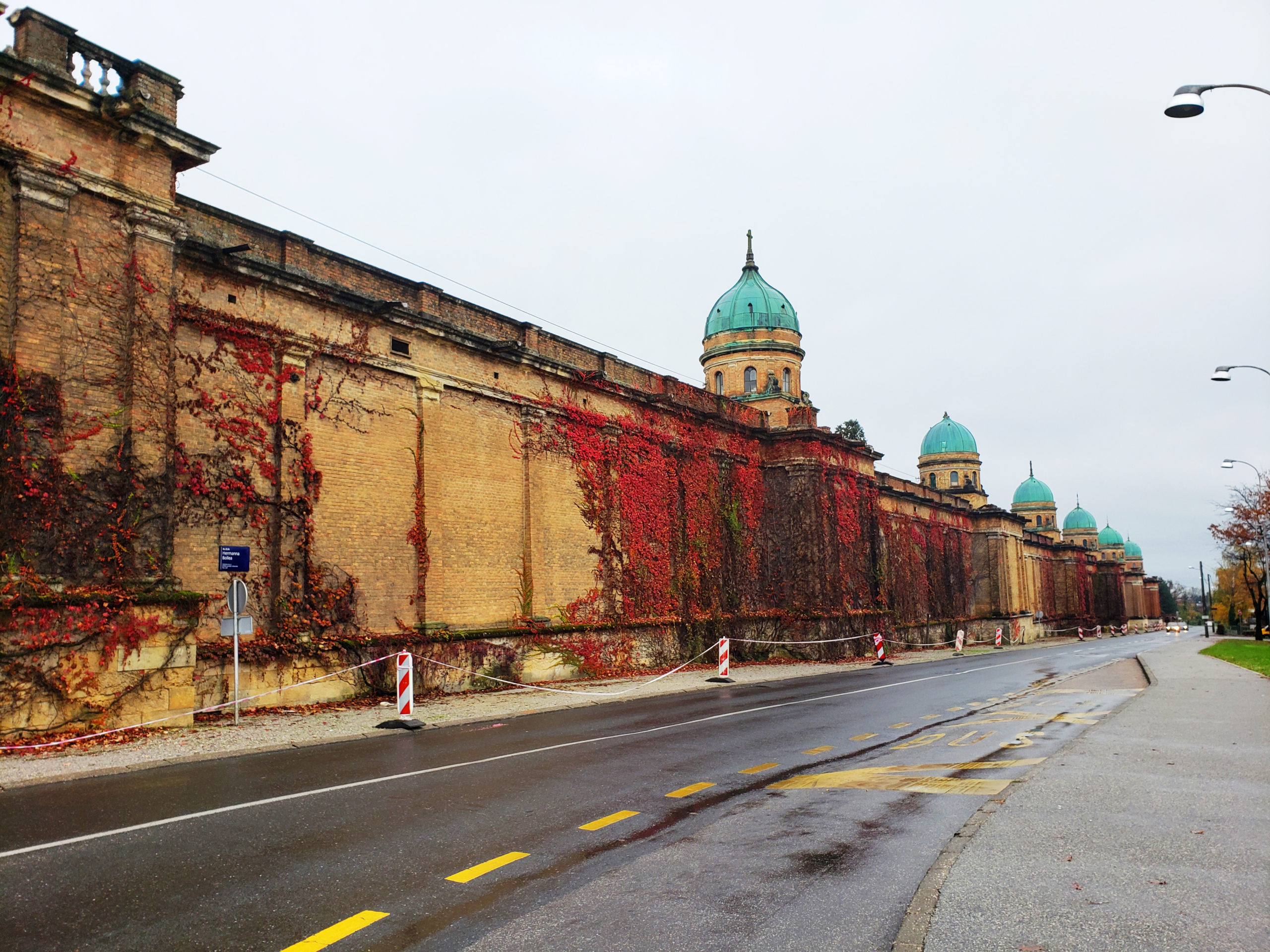
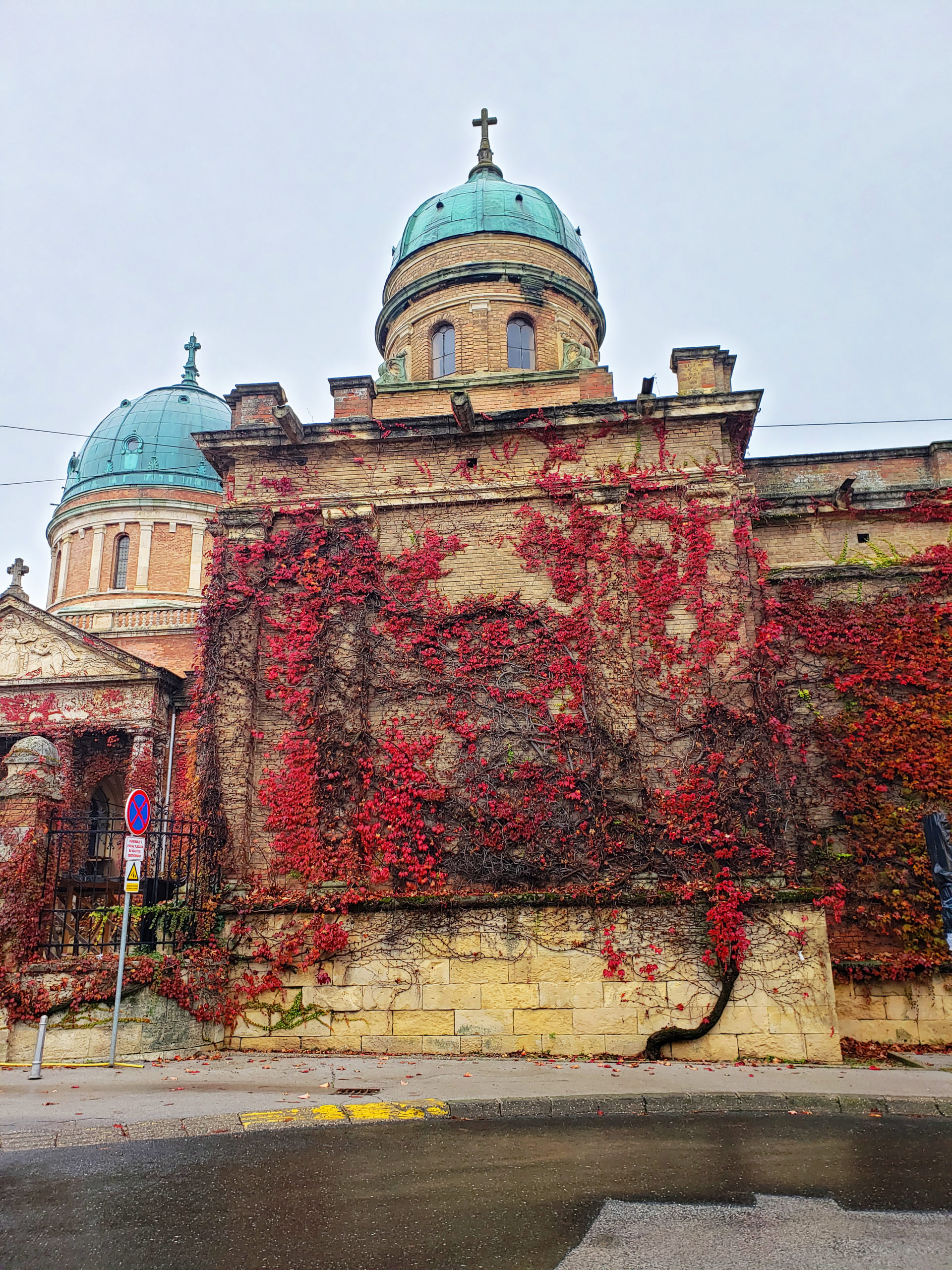
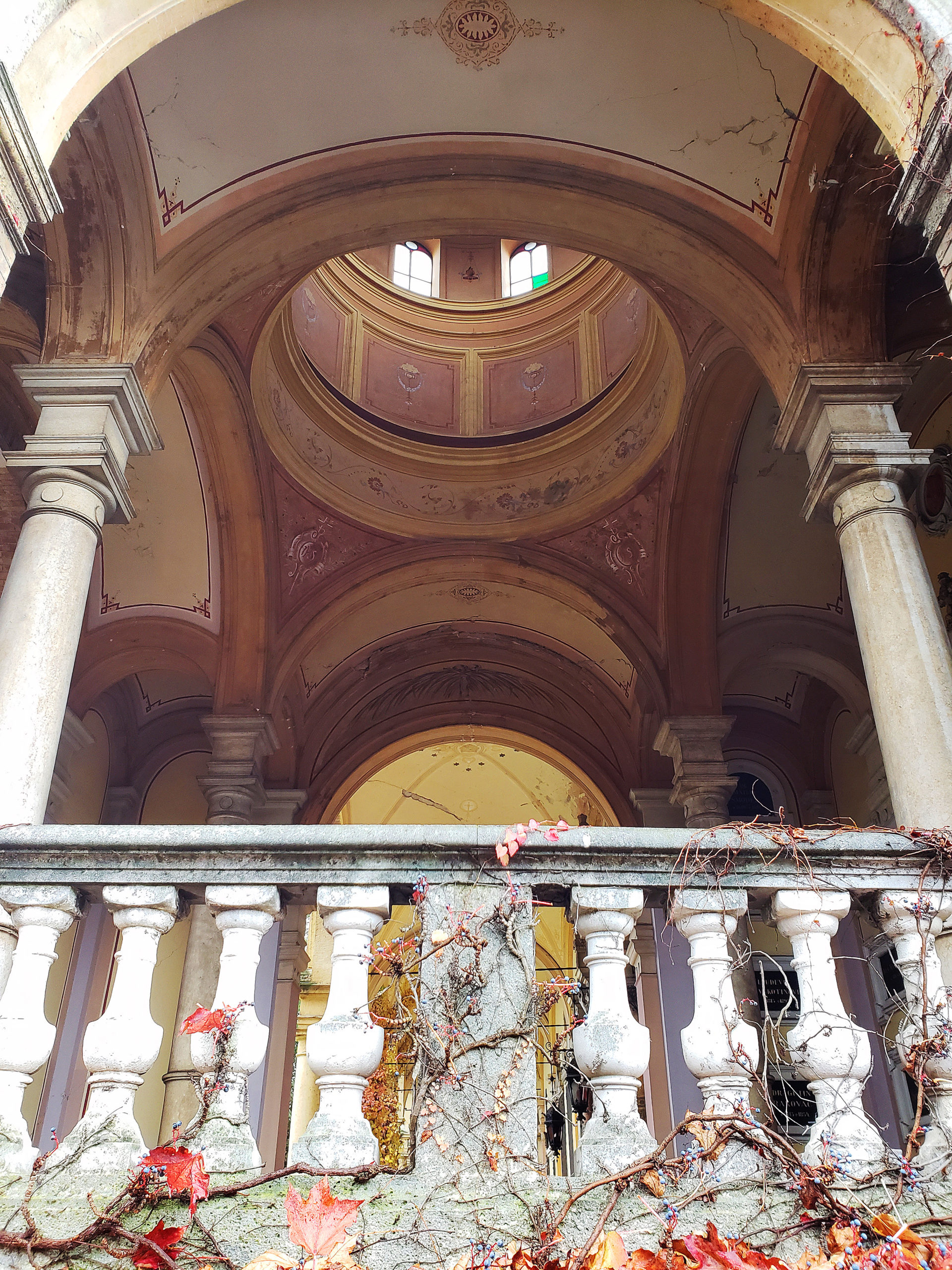
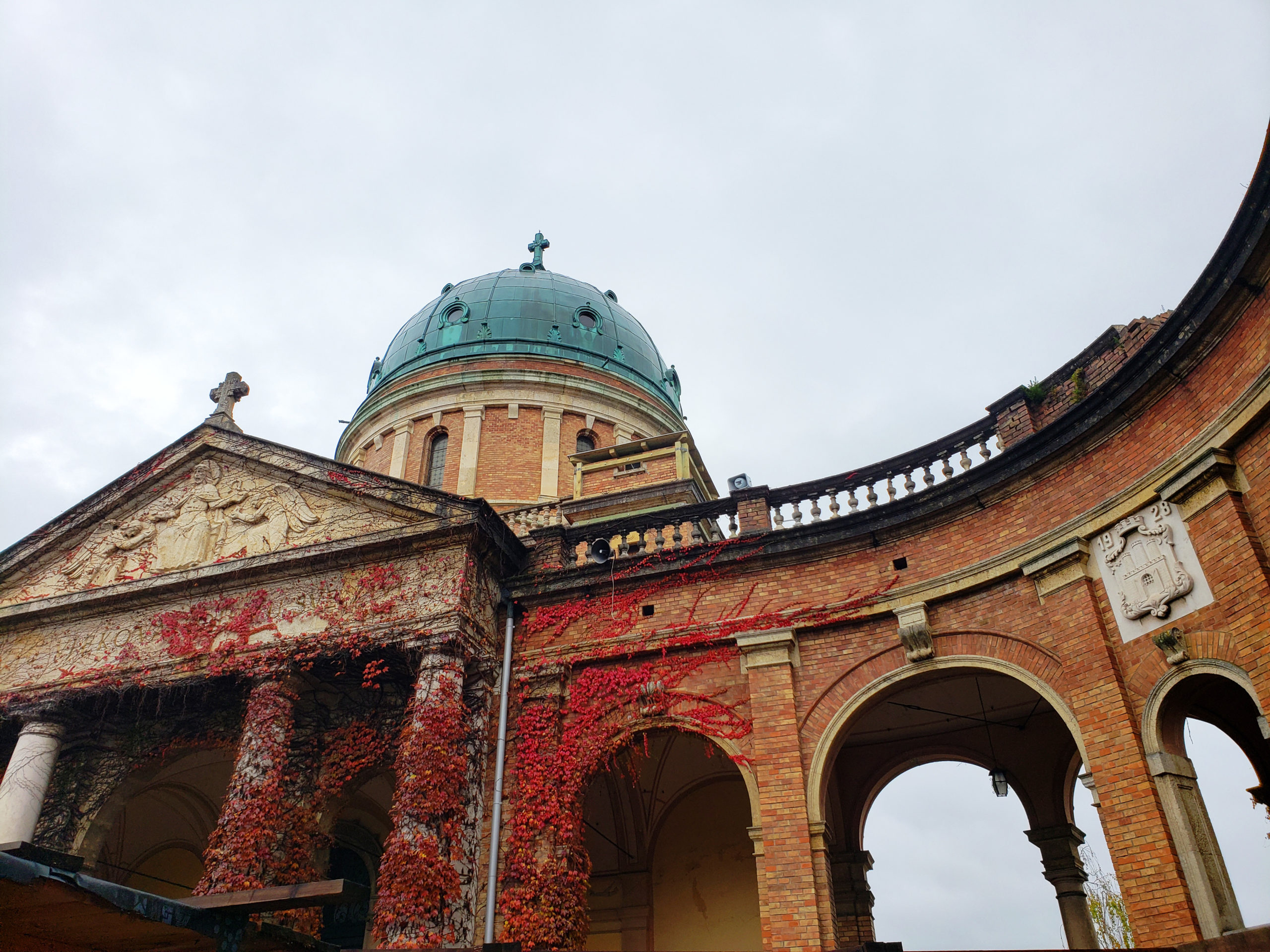

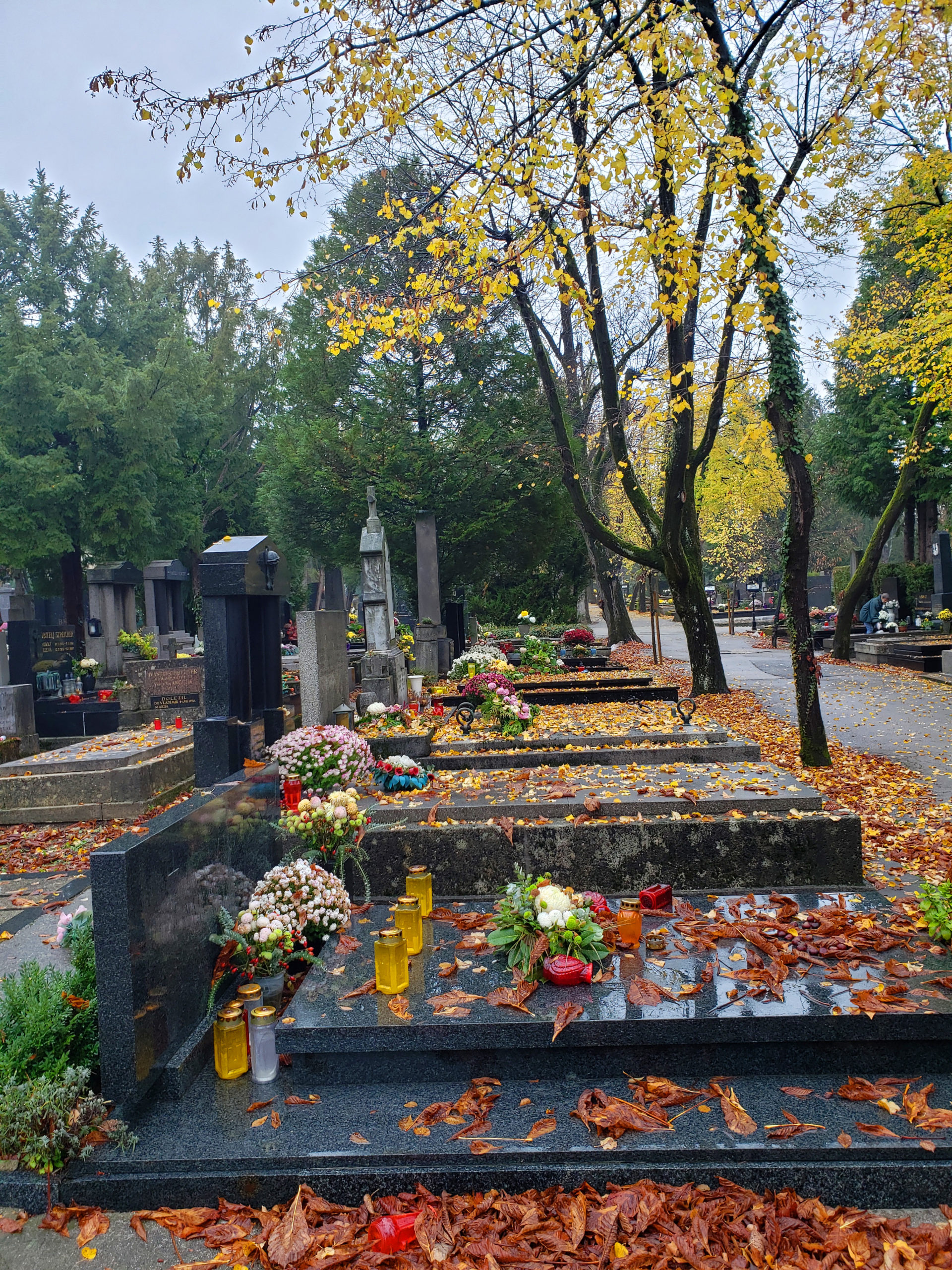
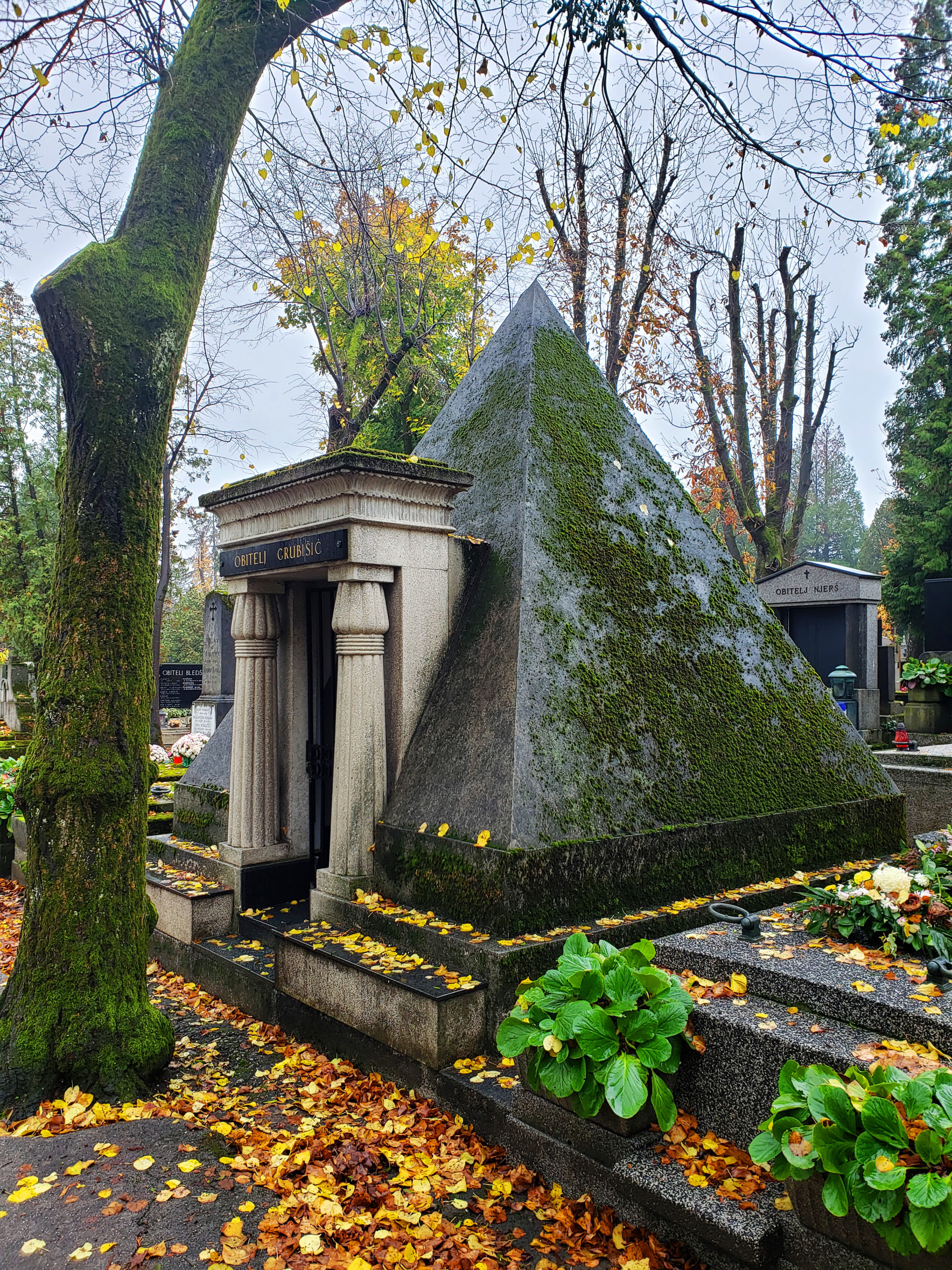
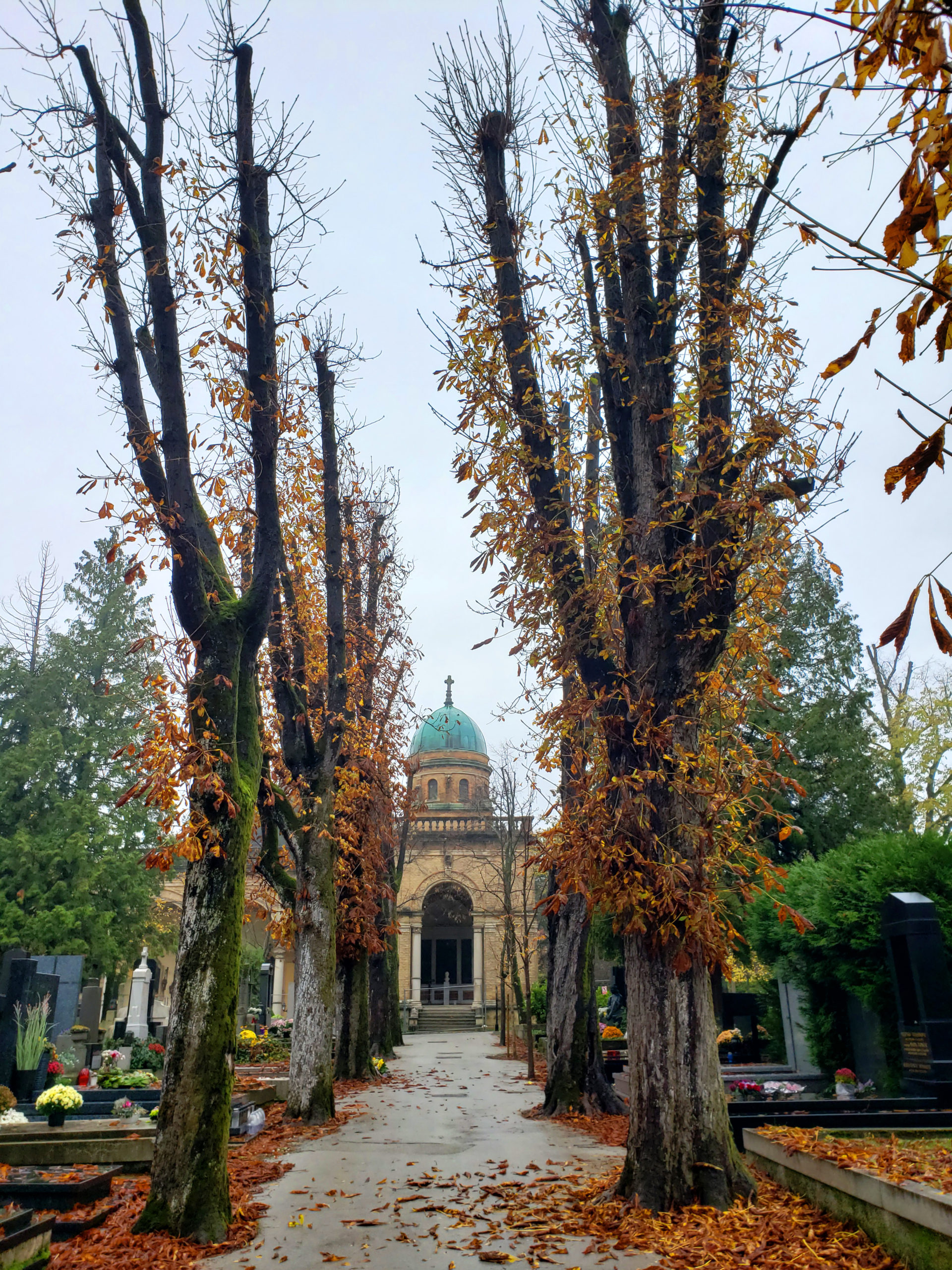
Grič Tunnel
One of the coolest and unique tourist attractions in Zagreb is the Grič Tunnel, which is a pedestrian tunnel located in the city centre of Zagreb, under the historic neighbourhood of Grič (Gradec or Gornji Grad). The tunnel consists of a massive central hall, which is connected by two passageways to Mesnička Street to the west and Stjepan Radić Street to the east, as well as four passageways extending to the south. It was built during World War II by the Ustaše to serve both as a bomb shelter and a walkway, but after the war it fell into disrepair and disuse. The tunnel saw renewed use only in the 1990s, when it hosted one of the first raves in Croatia and functioning as a shelter during the Croatian War of Independence. In 2016, the tunnel was redone and opened to the public, serving as a tourist attraction and hosting cultural events, as well as showcasing art installations.
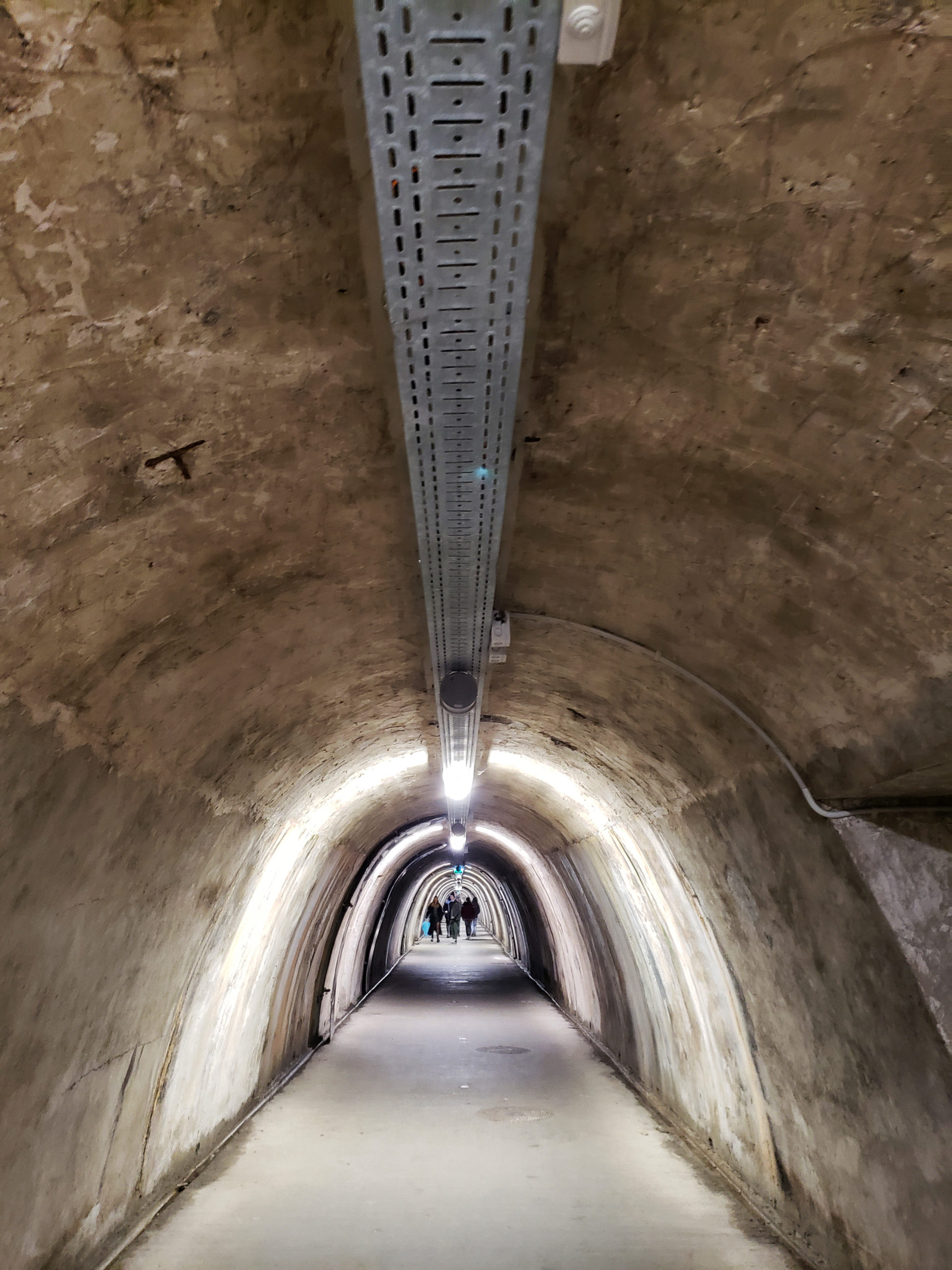
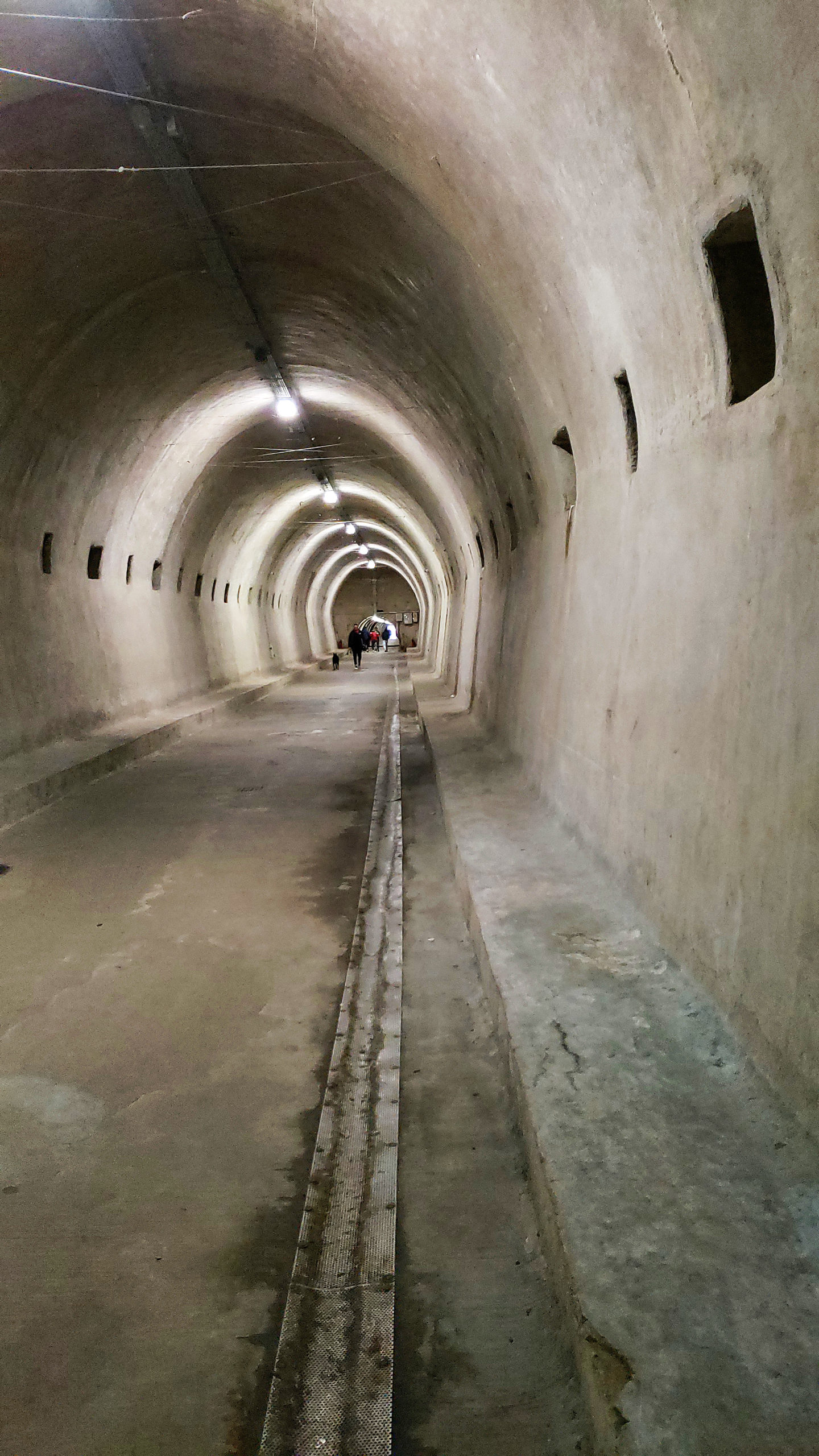
Kamenita Vrata (Stone Gate)
The Kamenita Vrata, or Stone Gate, is a landmark of the Upper Town of Zagreb. It was built between 1242 and 1266 and got its present look in the 18th century. The Kamenita Vrata is the most significant religious site in Zagreb. You will find people lighting a candle and praying for health, happiness, good luck and love. There is a popular legend that goes along with the Kamenita Vrata. The Stone Gate is said to have existed since 1266, despite the first mention dates only back to 1492. In 17th and 18th century, the Stone Gate was damaged in fires four times: 1645, 1674, 1706 and 1731. The city was mainly made out of wood back then and fires were a frequent occurrence. During the last fire in 1731, Kamenita Vrata was damaged badly, but one painting remained intact – the painting of Virgin Mary with baby Jesus. Inside the Gate, the painting is guarded by an impressive baroque fence, built in 1778 by craftsman Ivan Korta from Zagreb. The painting shows Virgin Mary as a ruler with a scepter in her left hand and baby Jesus in her right hand, while Jesus holds a small globe in his left hand. You will see people stopping to pray here and sit in the pews as well.
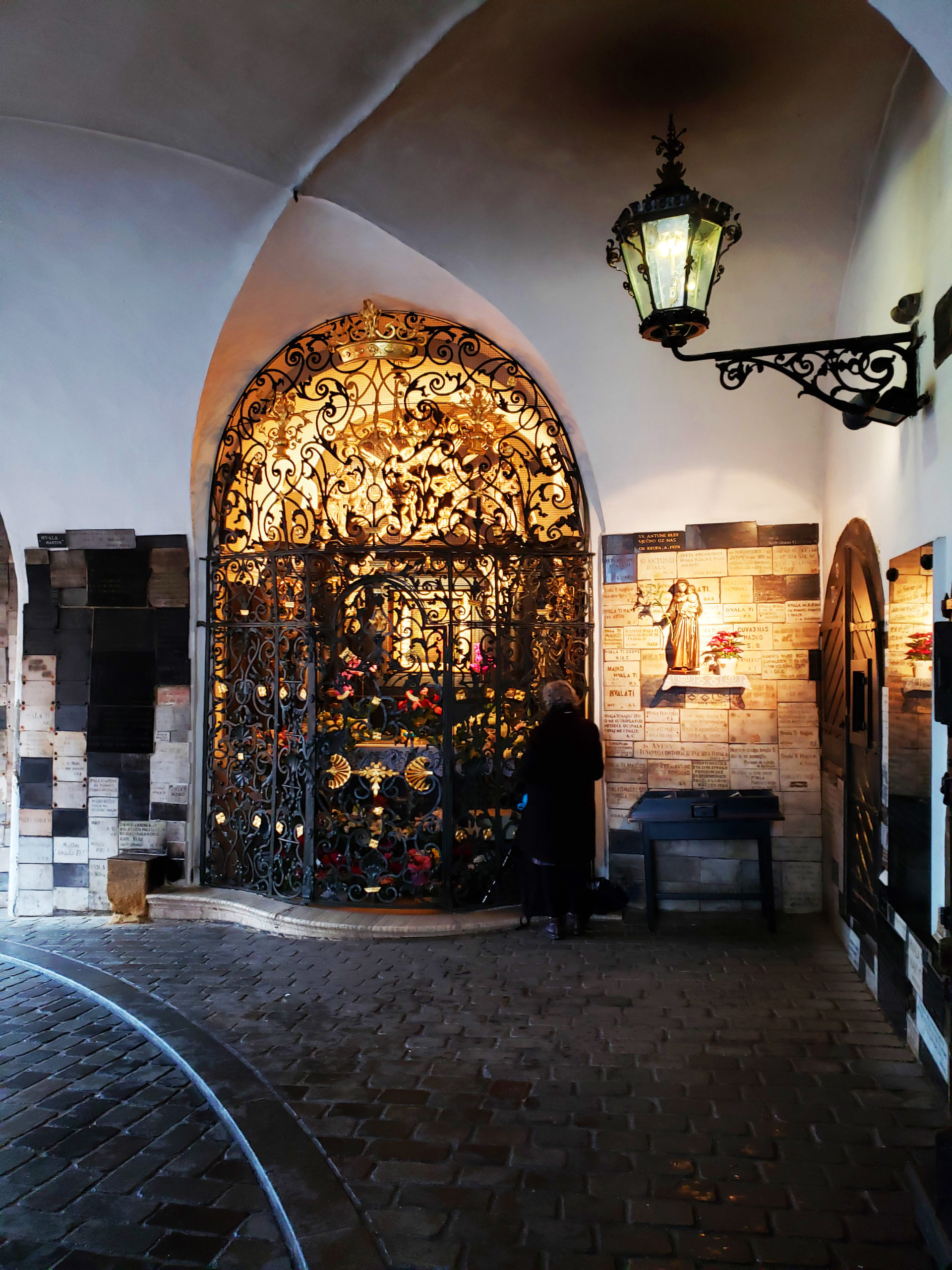
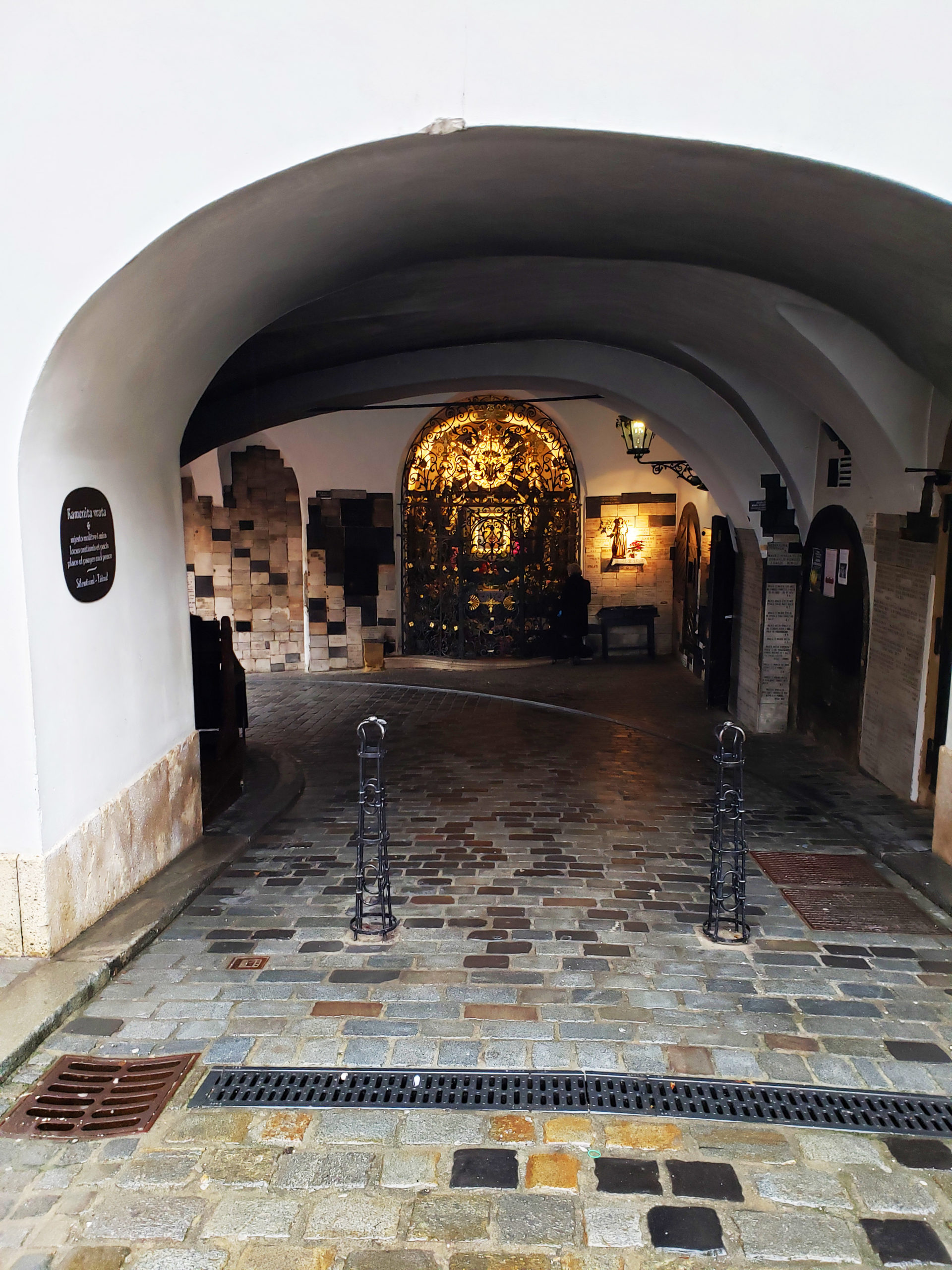
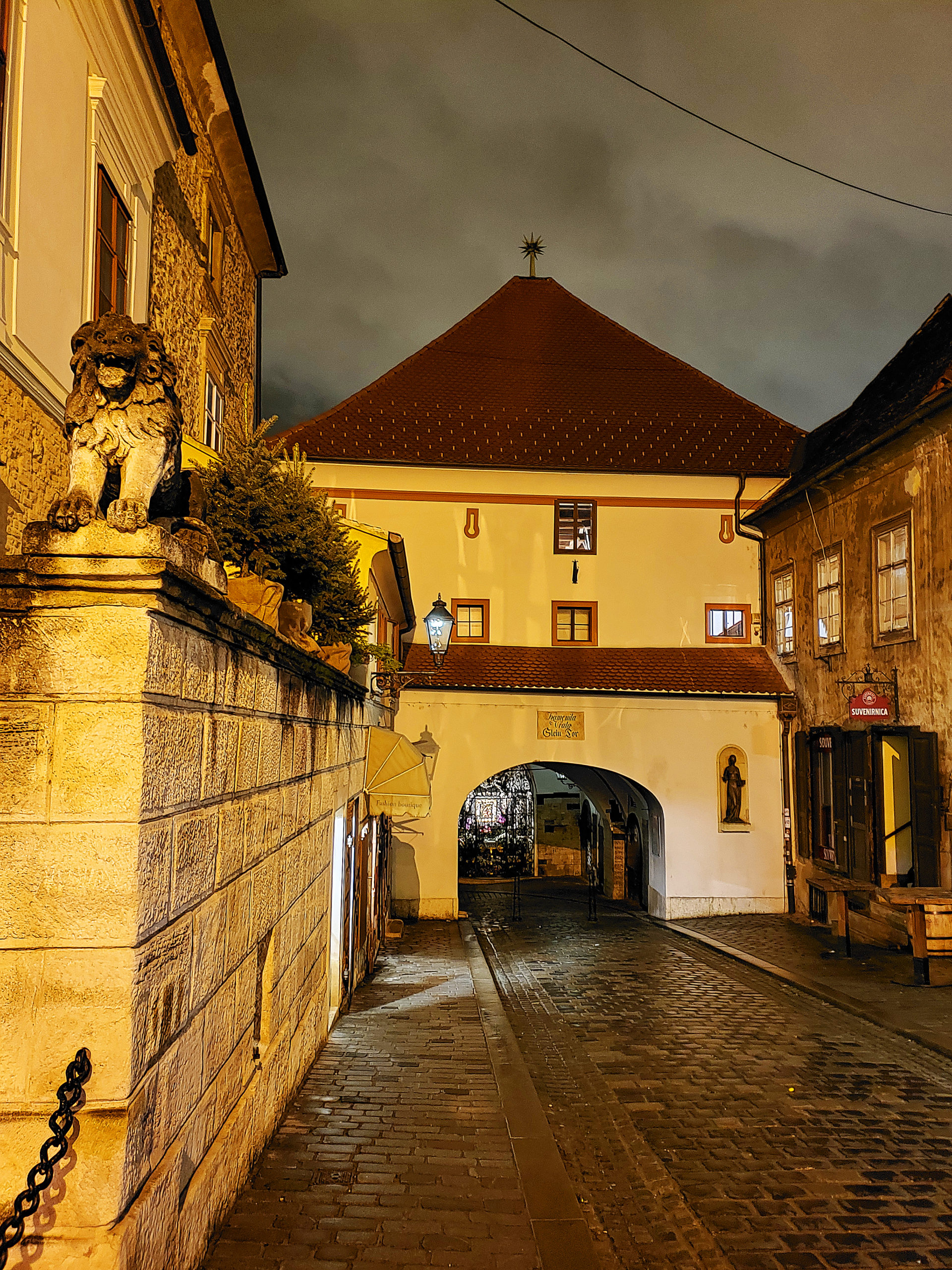
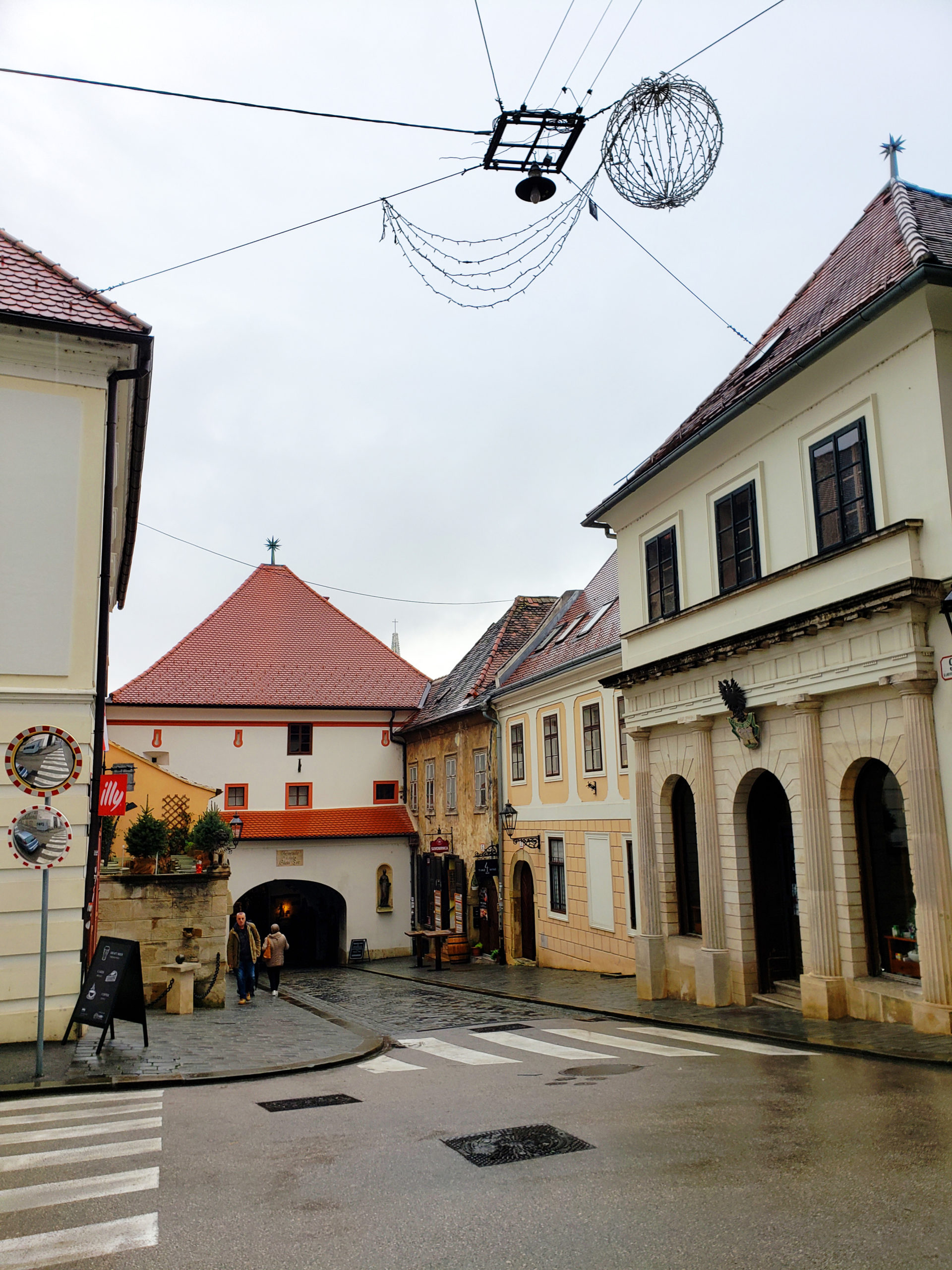
Where To Eat
Don’t think that because you are in a Balkan country that you’ll only be eating meat, potatoes and bread, although you will be eating a lot of that too. 😉 Zagreb’s food scene has grown exponentially over the last few years, so you won’t be without places to eat no matter what you’re craving, or if you have any dietary restrictions. Whether you’re looking to dine on some traditional home cooked food, get your sweet fix with decadent desserts, or just grab a quick burek from the local bakery, you’ll find everything and anything your stomach desires. Here are a few of my favourite places in Zagreb.
Konoba Didov San: Tucked away on a corner in Gorni Grad, Konoba Didov San is my go to place whenever I’m visiting Zagreb. The home cooked meals are always a 5 star experience and taste just as amazing as they look. Pair it with a cold beer and you have my idea of a damn good meal!
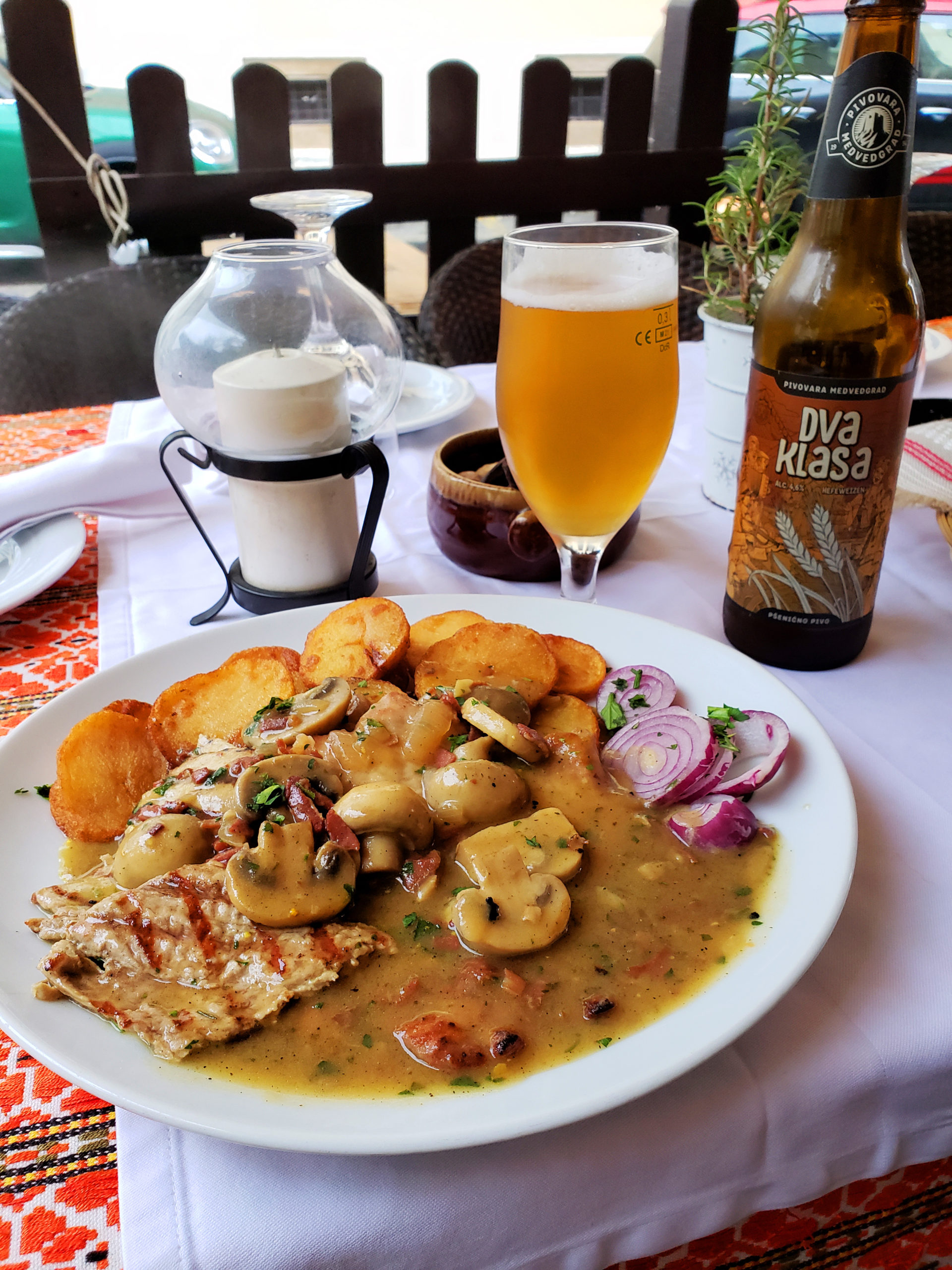
Stari Fijacker: This was my first time trying Stari Fijacker and it definitely won’t be my last. This restaurant has won numerous awards and for good reason; the food is outstanding. Serving up more than a handful of traditional dishes, Stari Fijacker’s team know exactly what they are doing in the kitchen. I had a beautiful Pašticada – a Dalmatian beef dish and it was the best thing to eat after a long haul flight and walk in the rain.
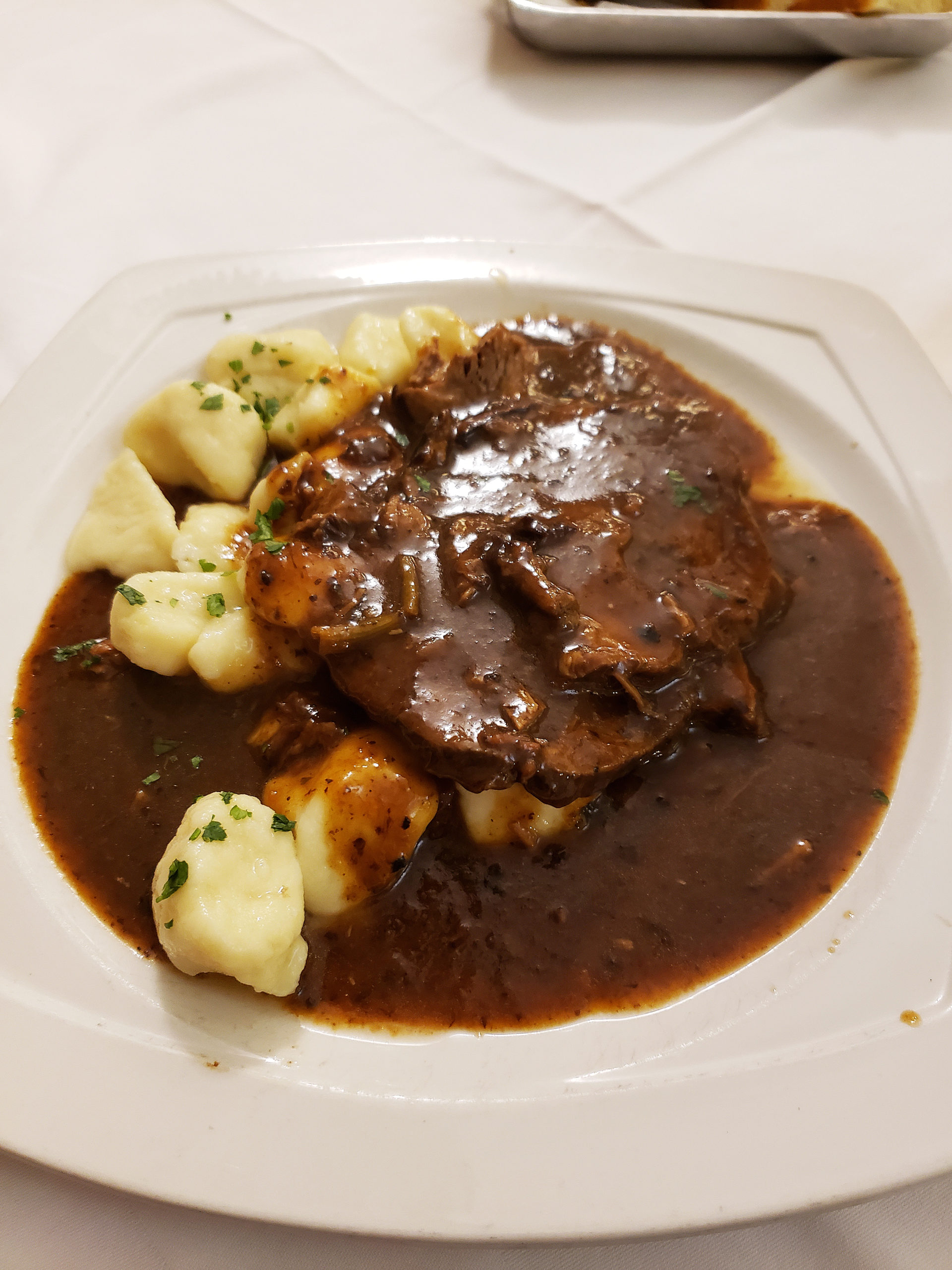
Cukeraj Petrinjska: Dessert lovers, rejoice! This spot was a sweet little treat after walking the city for hours on end. A great little place to grab a nice strong coffee and of course, a big ‘ol slice of Kremšnita, which is a layer cake similar to millefeuille with a fluffy vanilla cream and whipped cream, popular in a lot of central European countries.
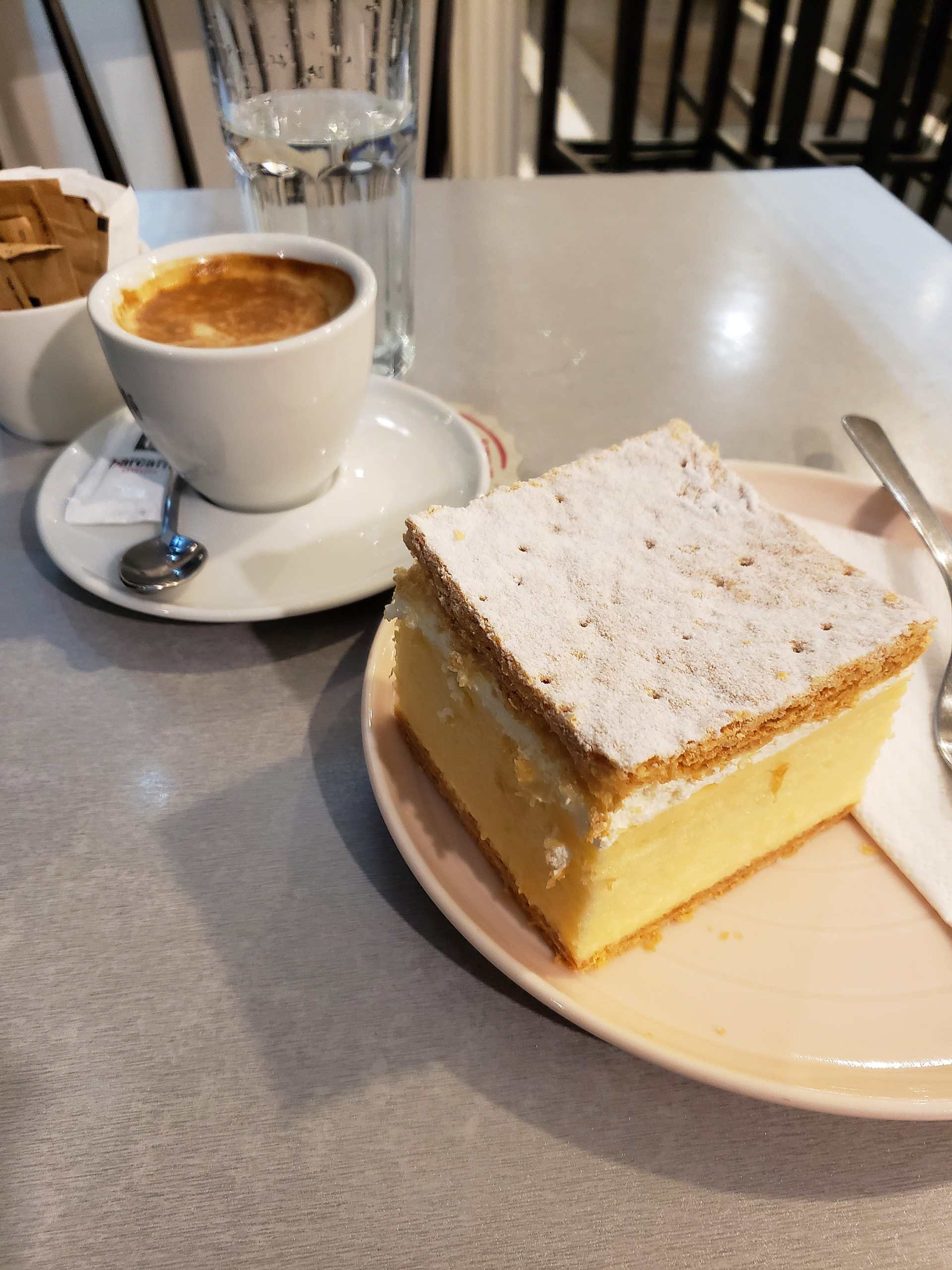
Otto & Frank: Located on the bustling restaurant and bar street, Ulica Ivana Tkalčića, is Otto & Frank, which is one of the best breakfast/brunch spots I’ve been to in Zagreb. Serving up delicious egg dishes and other delectable eats, this place is a must visit if you’re in Zagreb. Sit inside for a cozy meal, or if the weather is favourable, pop yourself down at one of the tables on their large outdoor patio to people watch and sip your coffee.
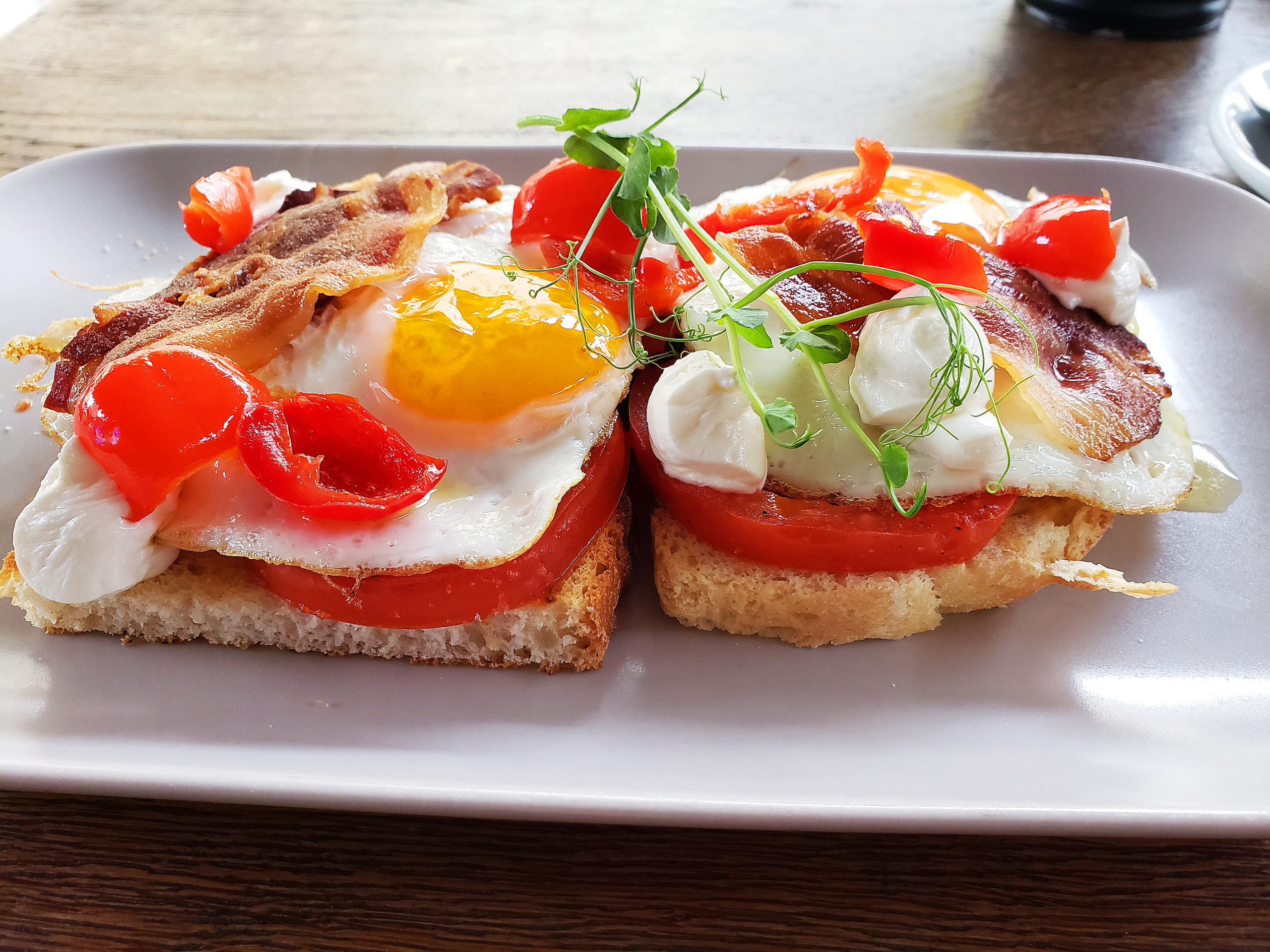
Lari & Penati: If you’re looking for something a little more upscale, but without the upscale price tag, look no further than Lari & Penati. This place was a surprise in a good way when I arrived back in Zagreb for my last day before flying home. The menu had creative and healthy dishes, which was much needed after weeks of heavier foods. A small and charming restaurant that uses quality ingredients is always A+ in my travel books!
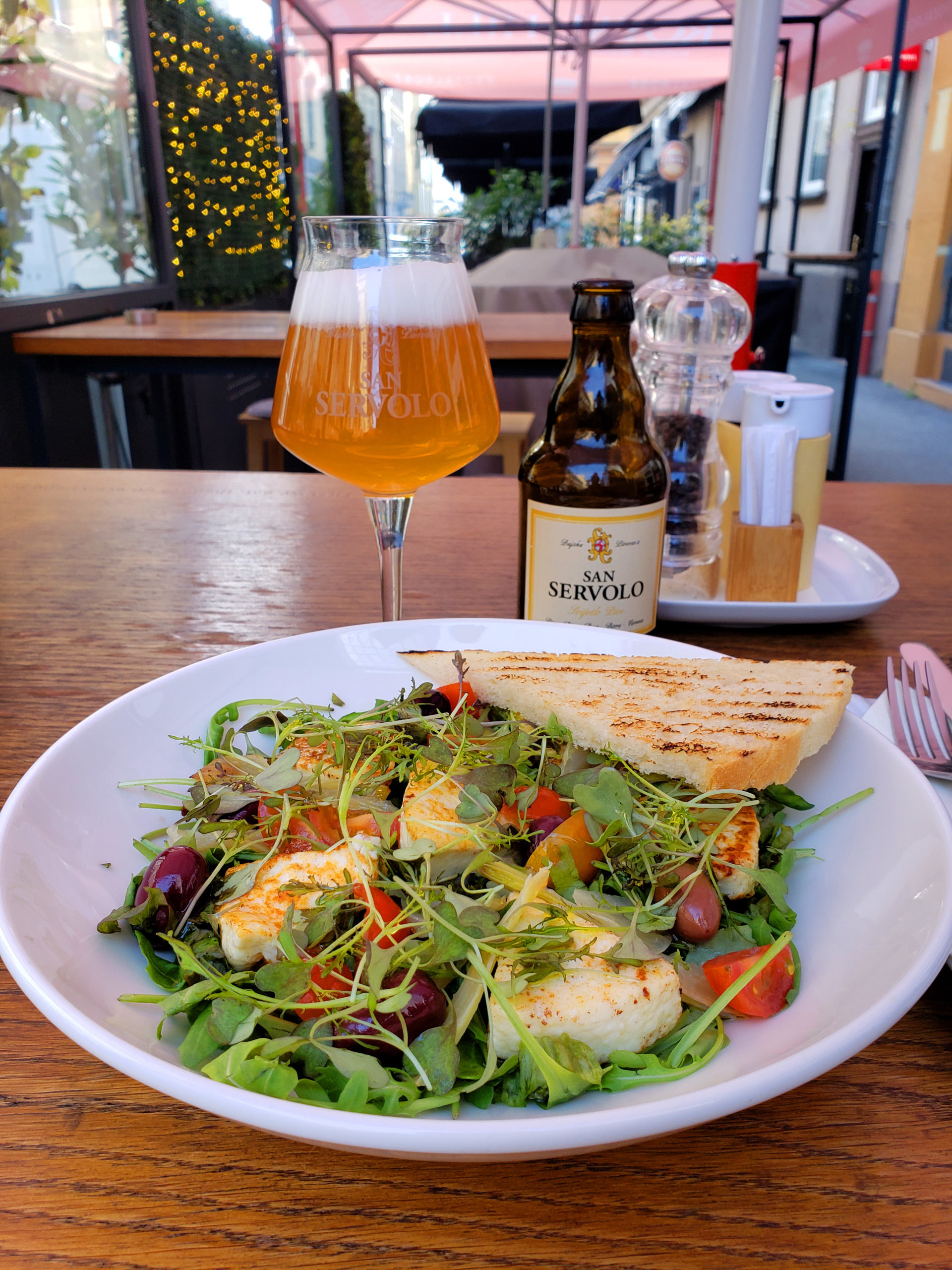
Bistro Dolac: This is a restaurant that I cannot recommend visiting enough. Family owned, home cooked, no fuss meals served up with massive portions, minus the massive price tag – Truly a place that speaks to my heart. The interior is no frills, but the food is SO good, you won’t have time to care about ambiance. Located right at the top of the stairs at the Dolac Market, it is a convenient place to pop into for some great food. The staff is super kind too, so that makes the visit much more inviting. This is a Zagreb staple and a must visit!
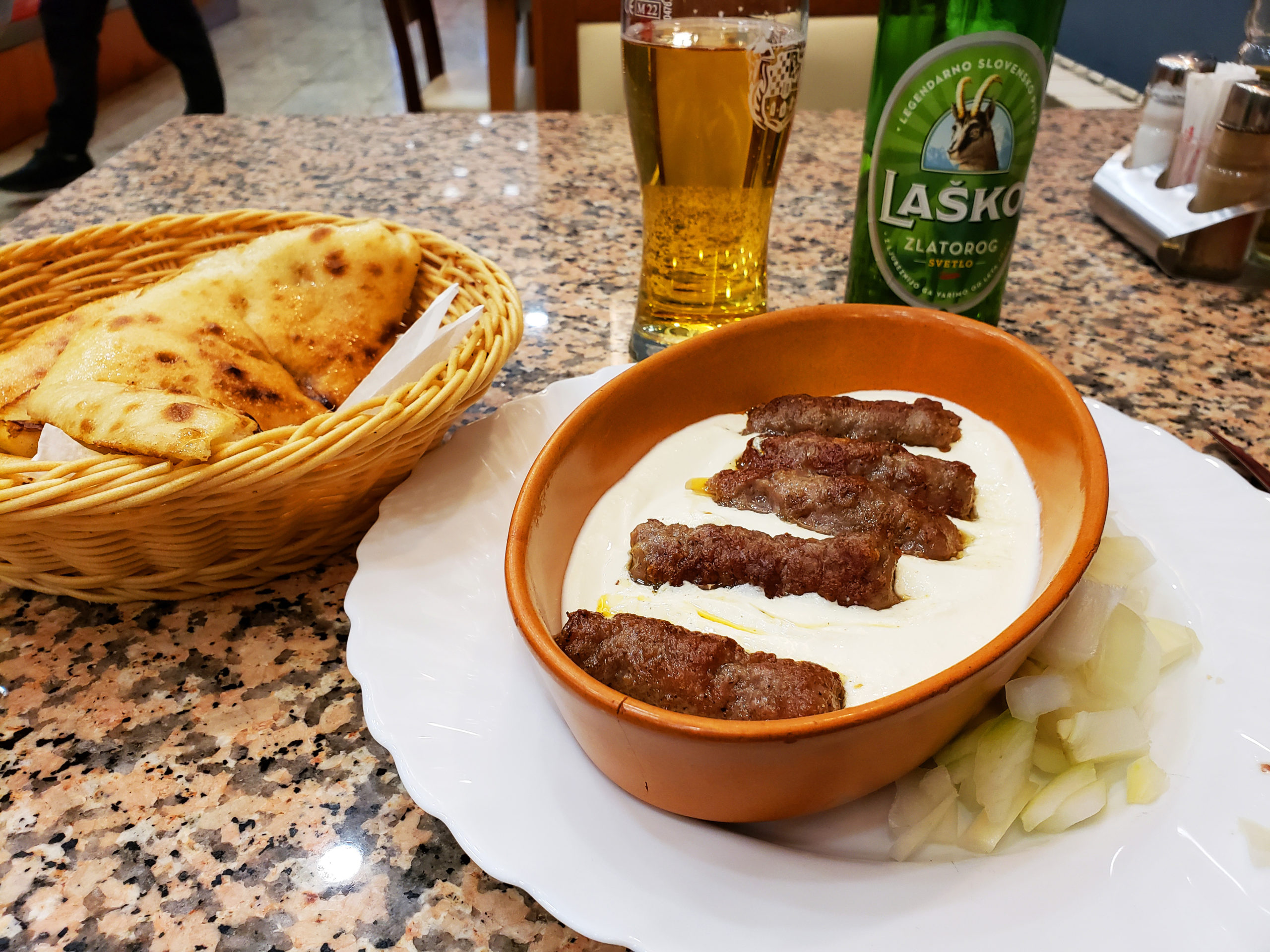
Where To Stay
Although Zagreb is the capital of Croatia, you will be able to find any type of accommodation to fit any budget. Everything from cheap, no frills hostels, to moderately priced apartments and luxurious AirBnb’s, Zagreb has everything and anything you are looking for. During my visits to Zagreb, I have stayed in beautiful apartments at fair prices, to a luxurious bachelor type apartment on AirBnB. All are beautifully decorated and full of everything you would need and more during your stay in Zagreb.
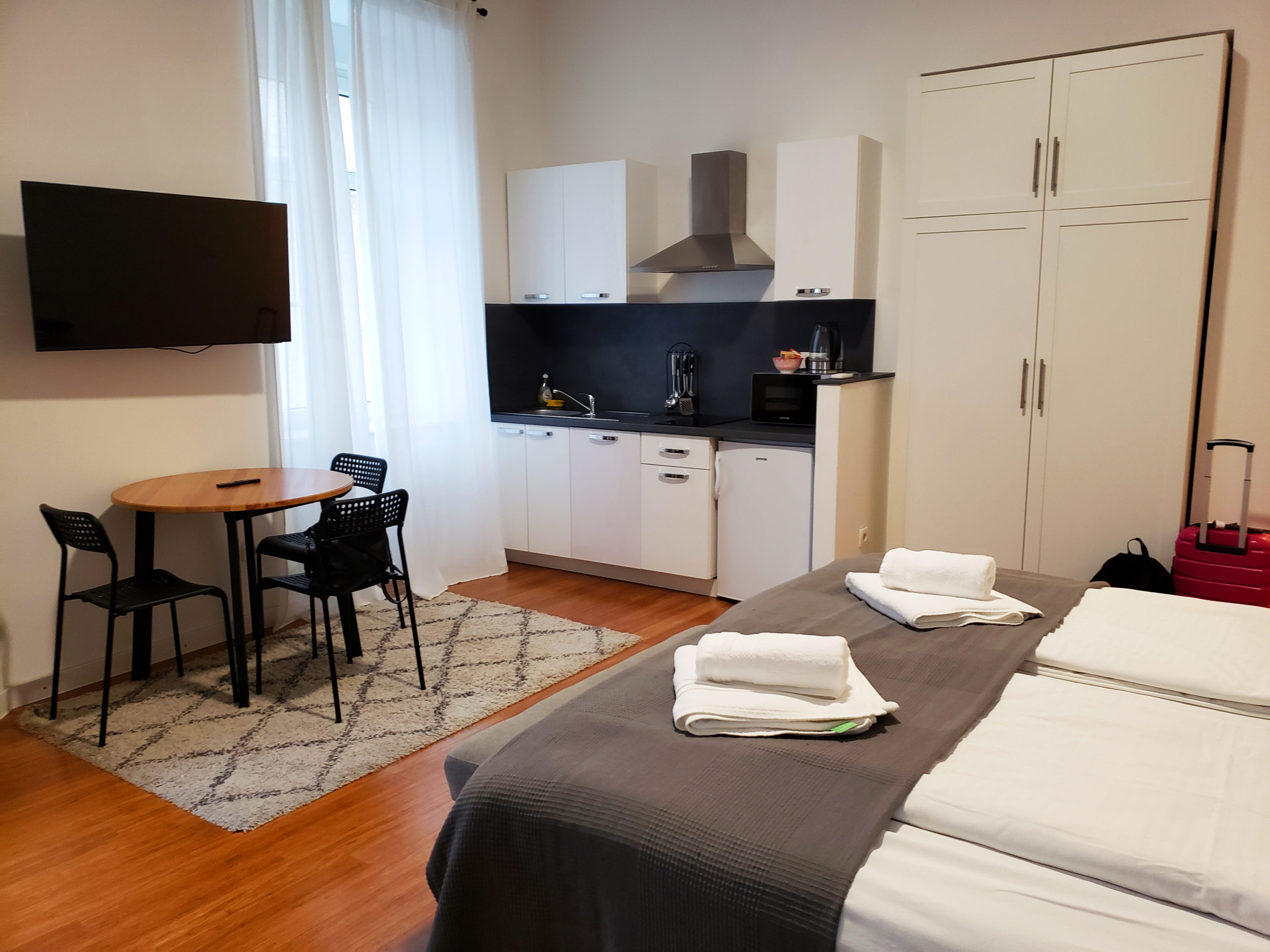
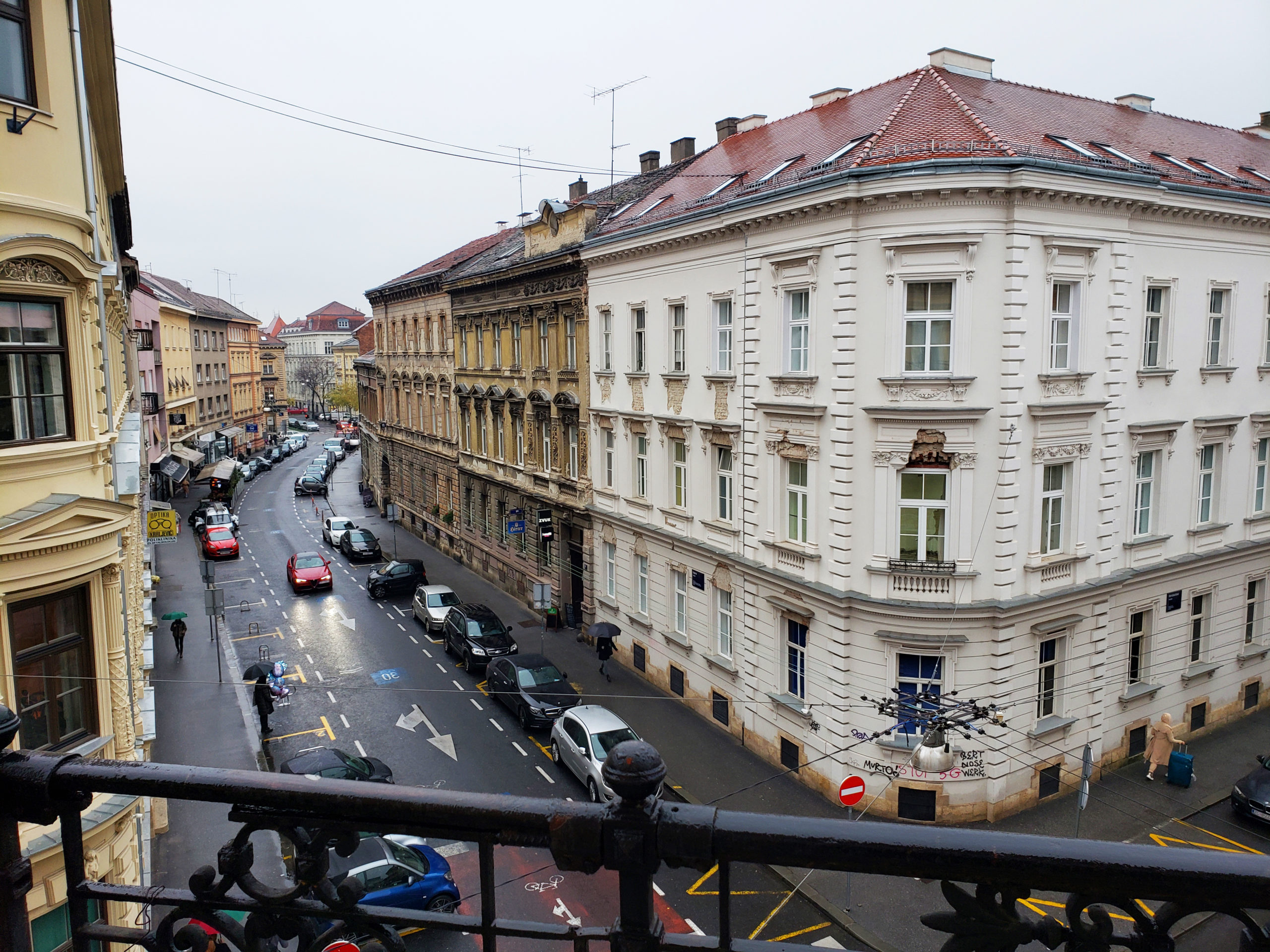
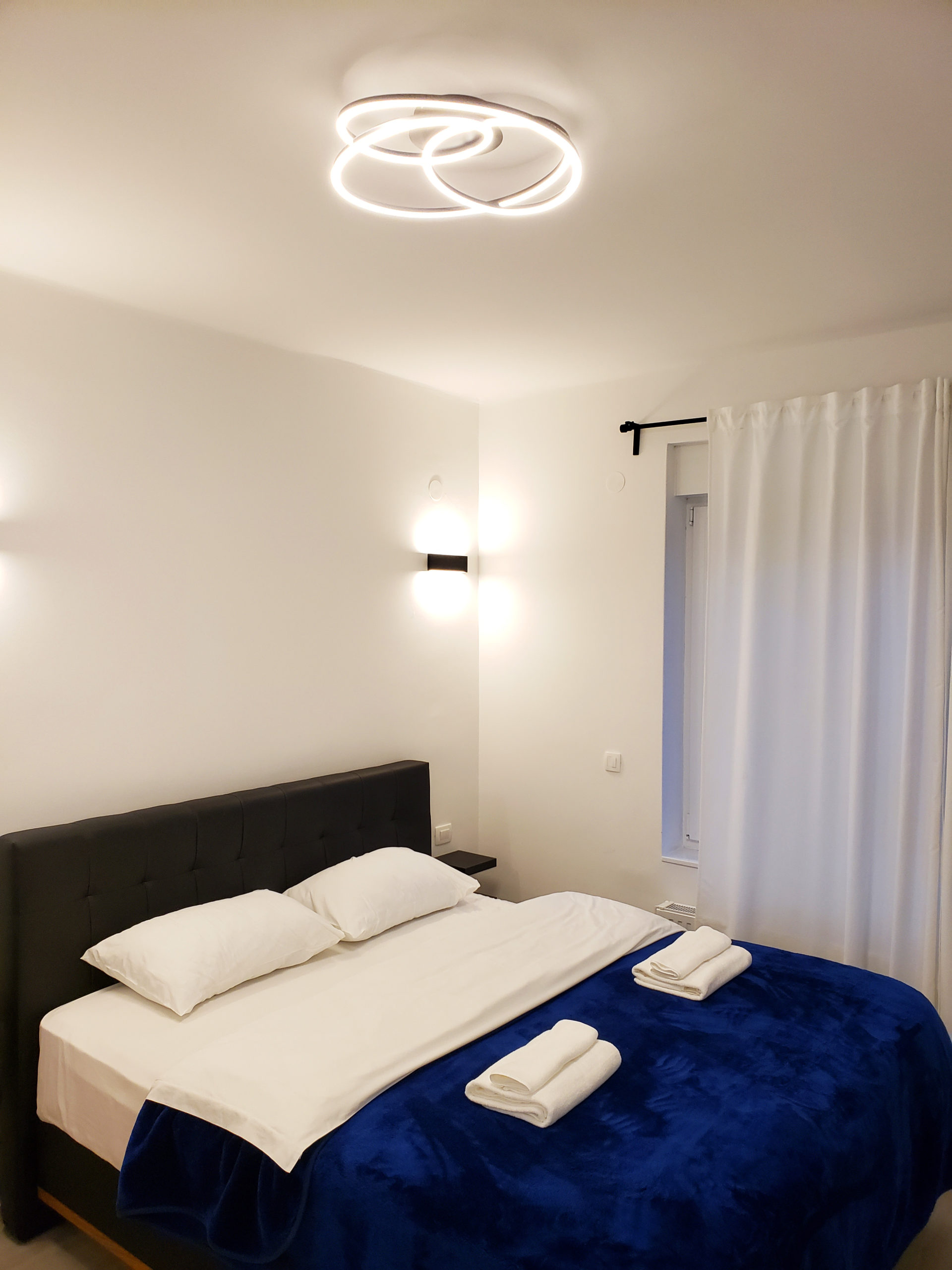
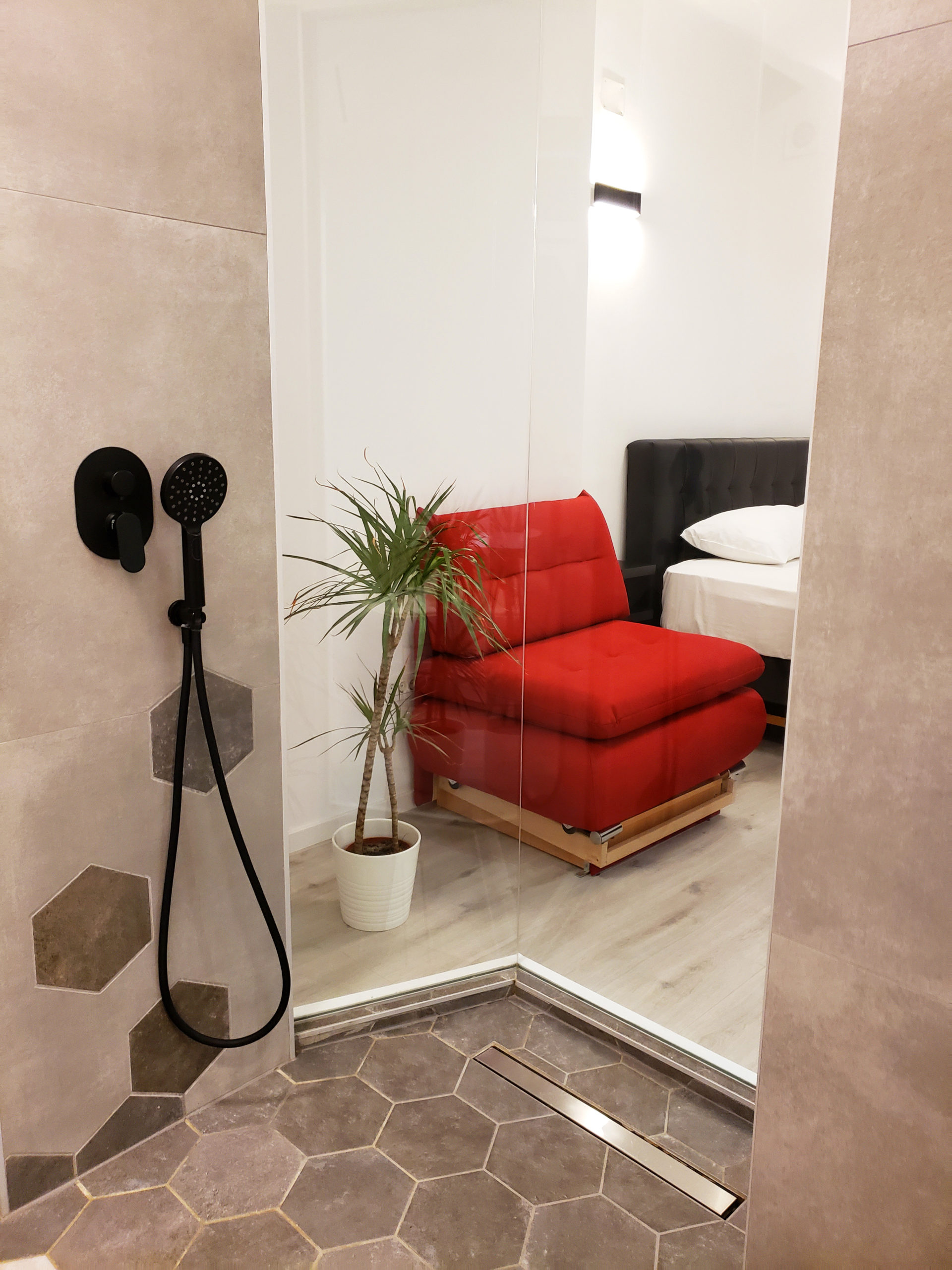
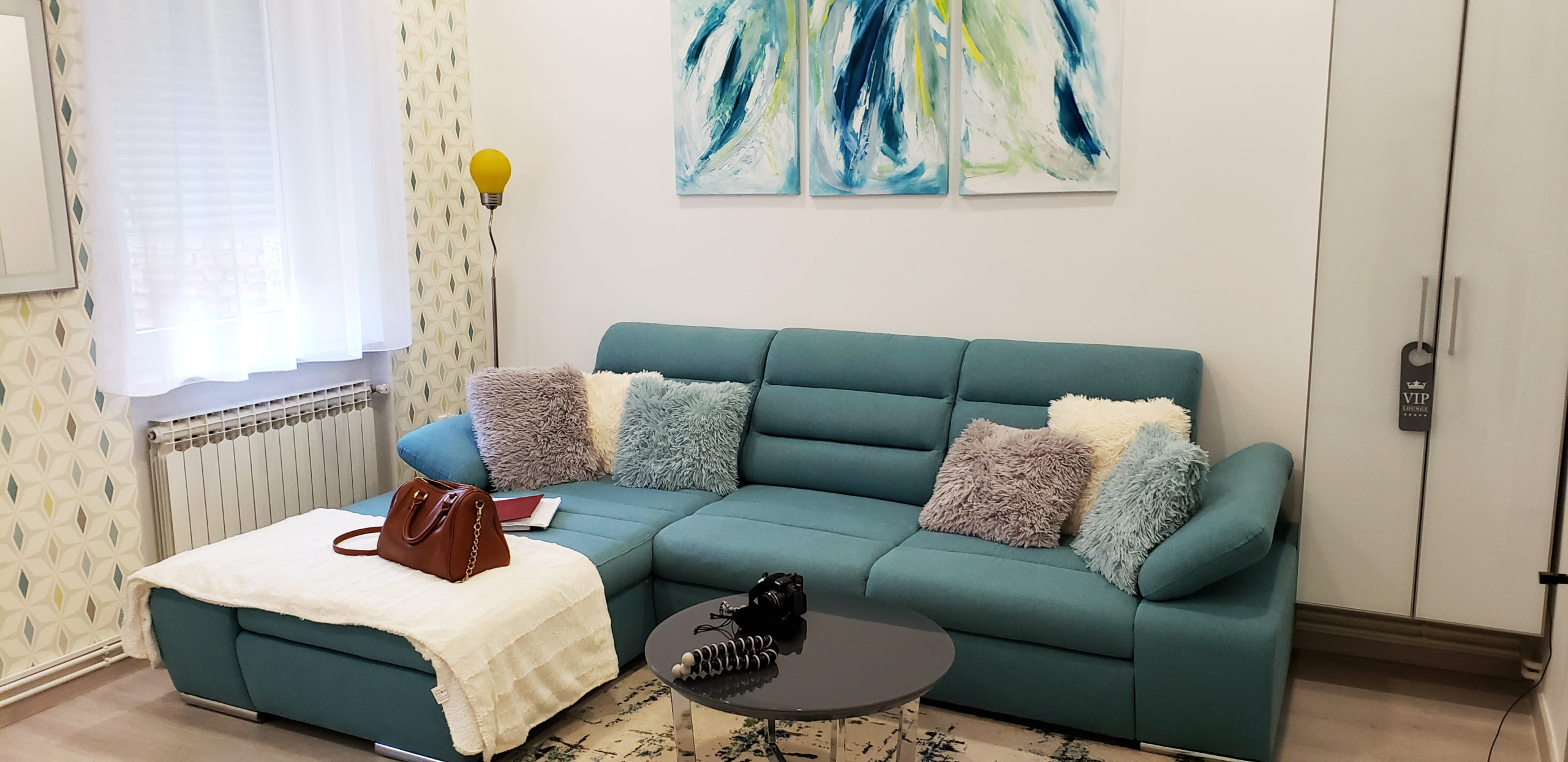
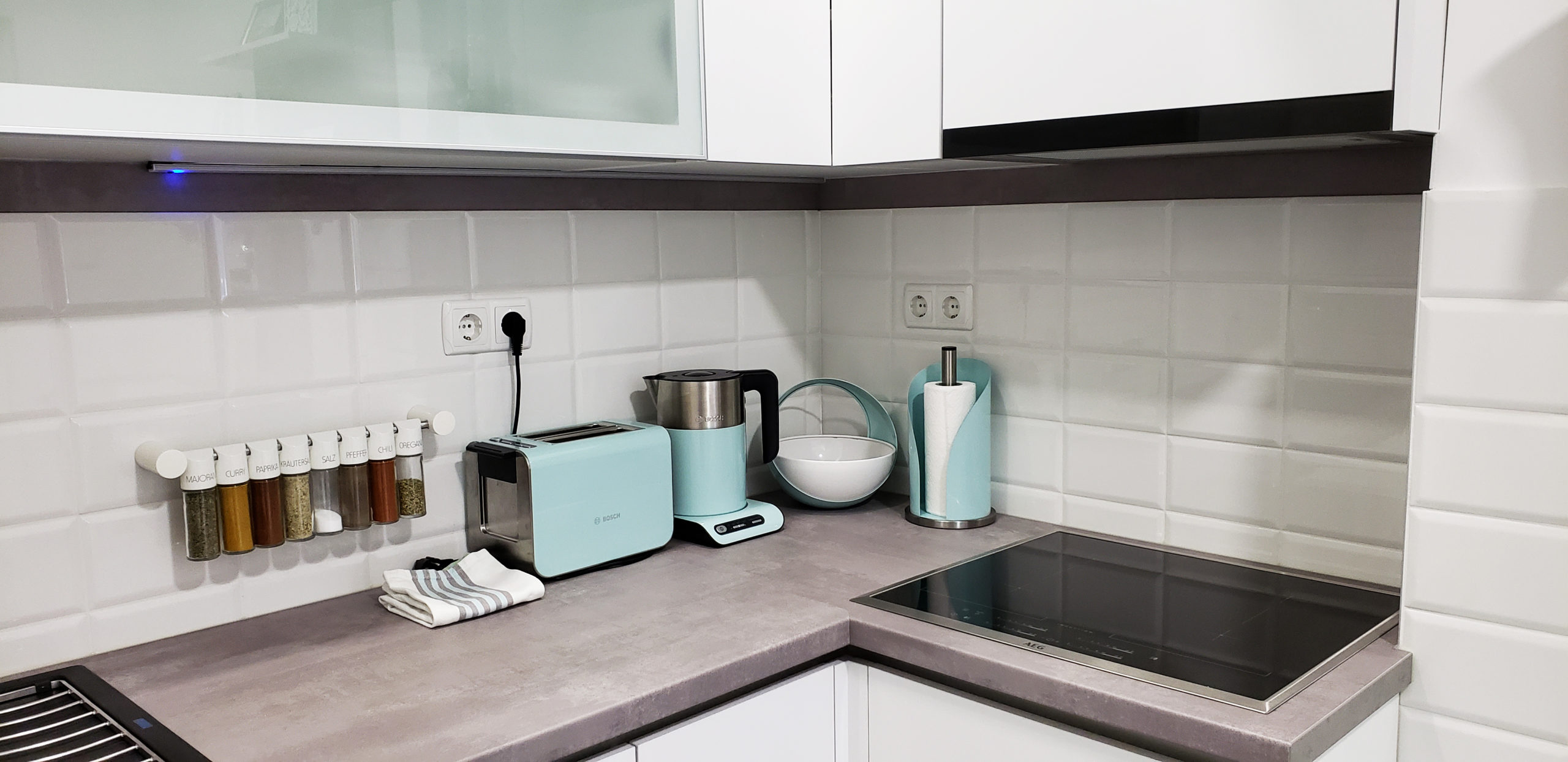
Zagreb has easily become one of my favourite capital cities in the world; its cool factor progressed with every street I wandered down, every restaurant I ate at and every person that I met. Zagreb is a city that you should definitely visit during your travels through Croatia and should not be overlooked, or only transited through on your way to the coast; steeped with history, dotted with gorgeous Neo-Classical buildings and a thriving foodie and craft beer scene, I mean, what’s not to like?
For those of you that have been to Croatia, have you ever visited Zagreb? If yes, what was your favourite area, or site to see? If you didn’t visit Zagreb, tell me why not? For those of you that haven’t been to Croatia, is Zagreb a place that you’d be interested in visiting? Let me know in the comments below, as always, I love hearing what you guys think! xo
